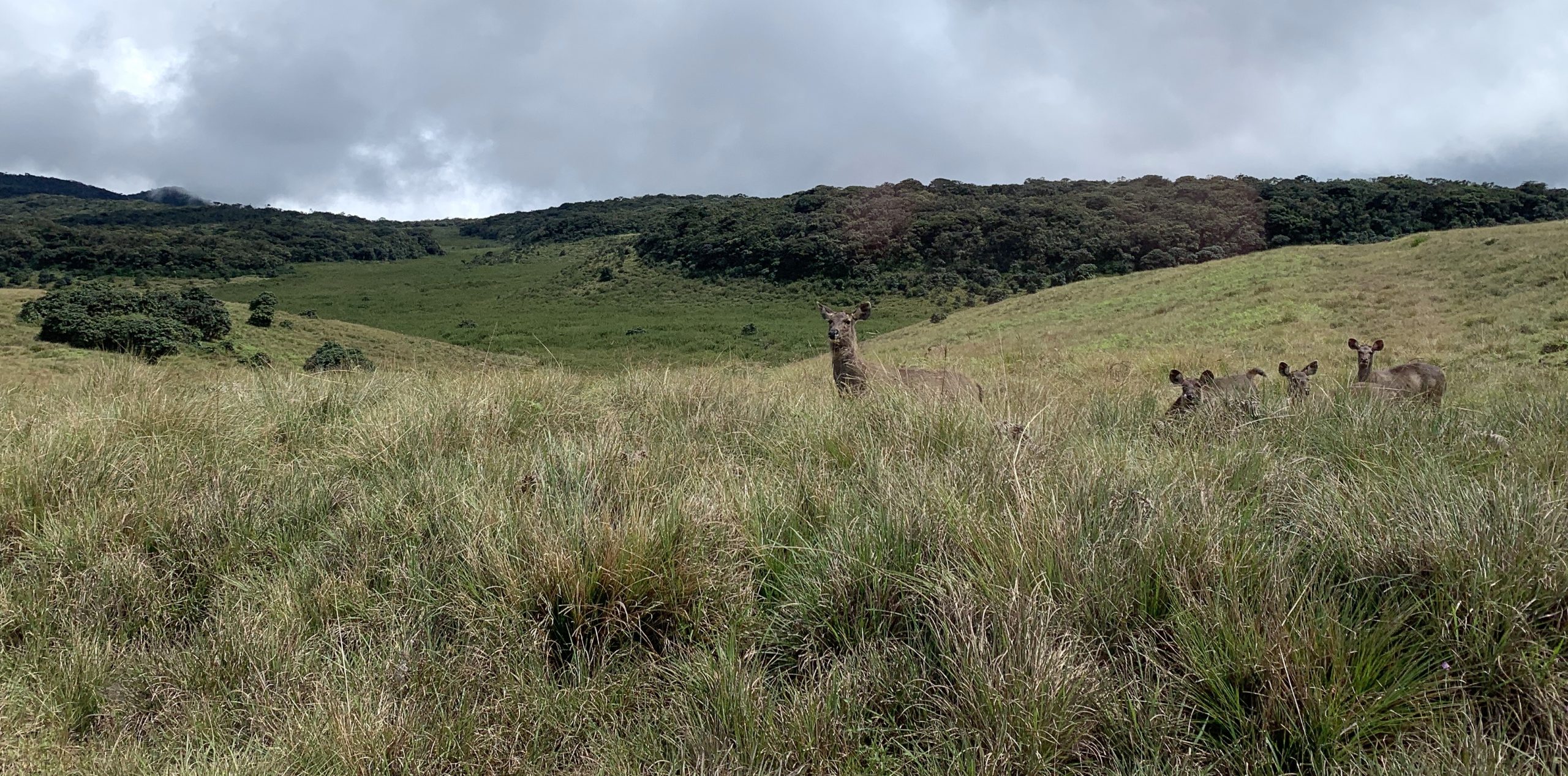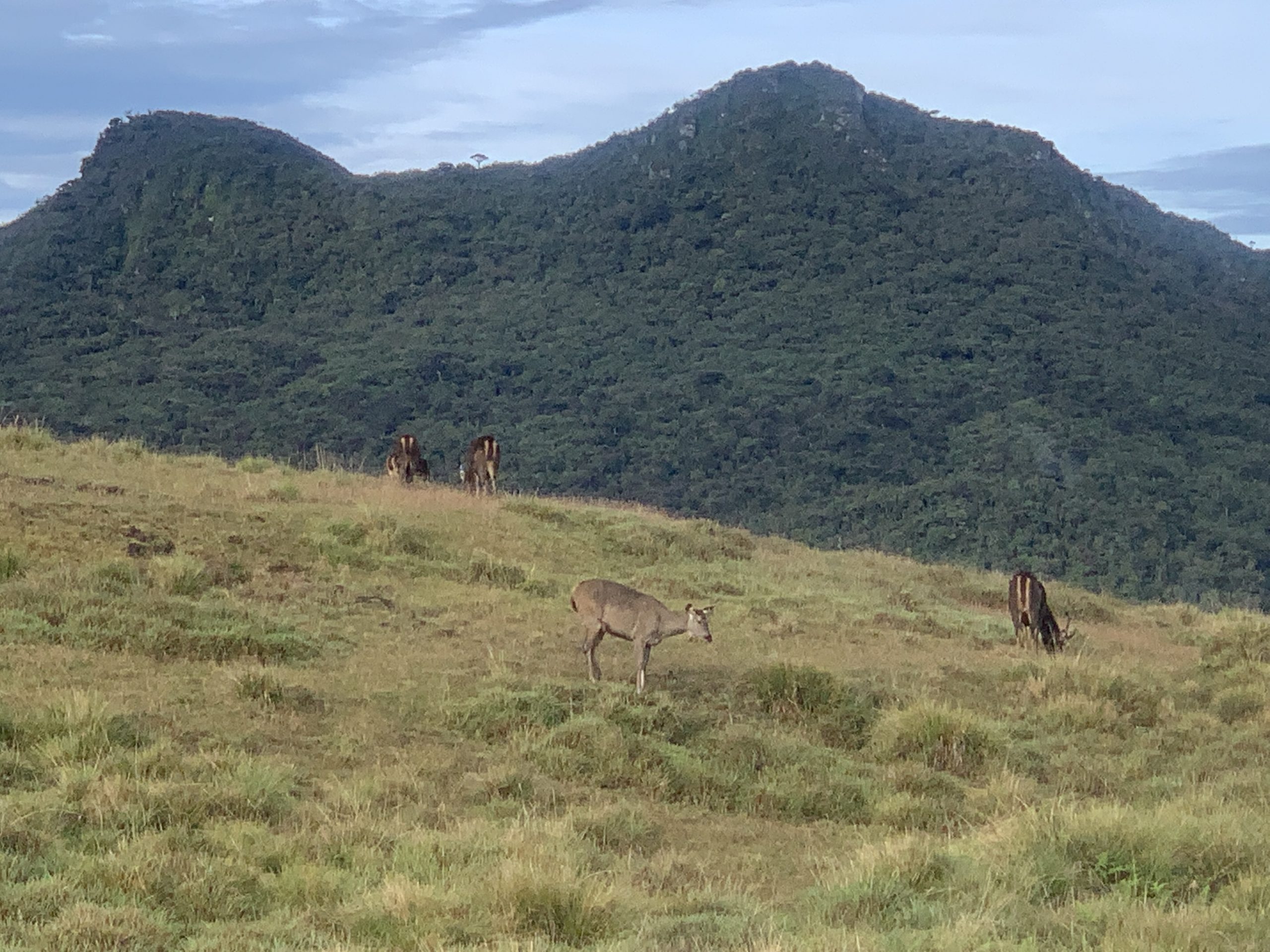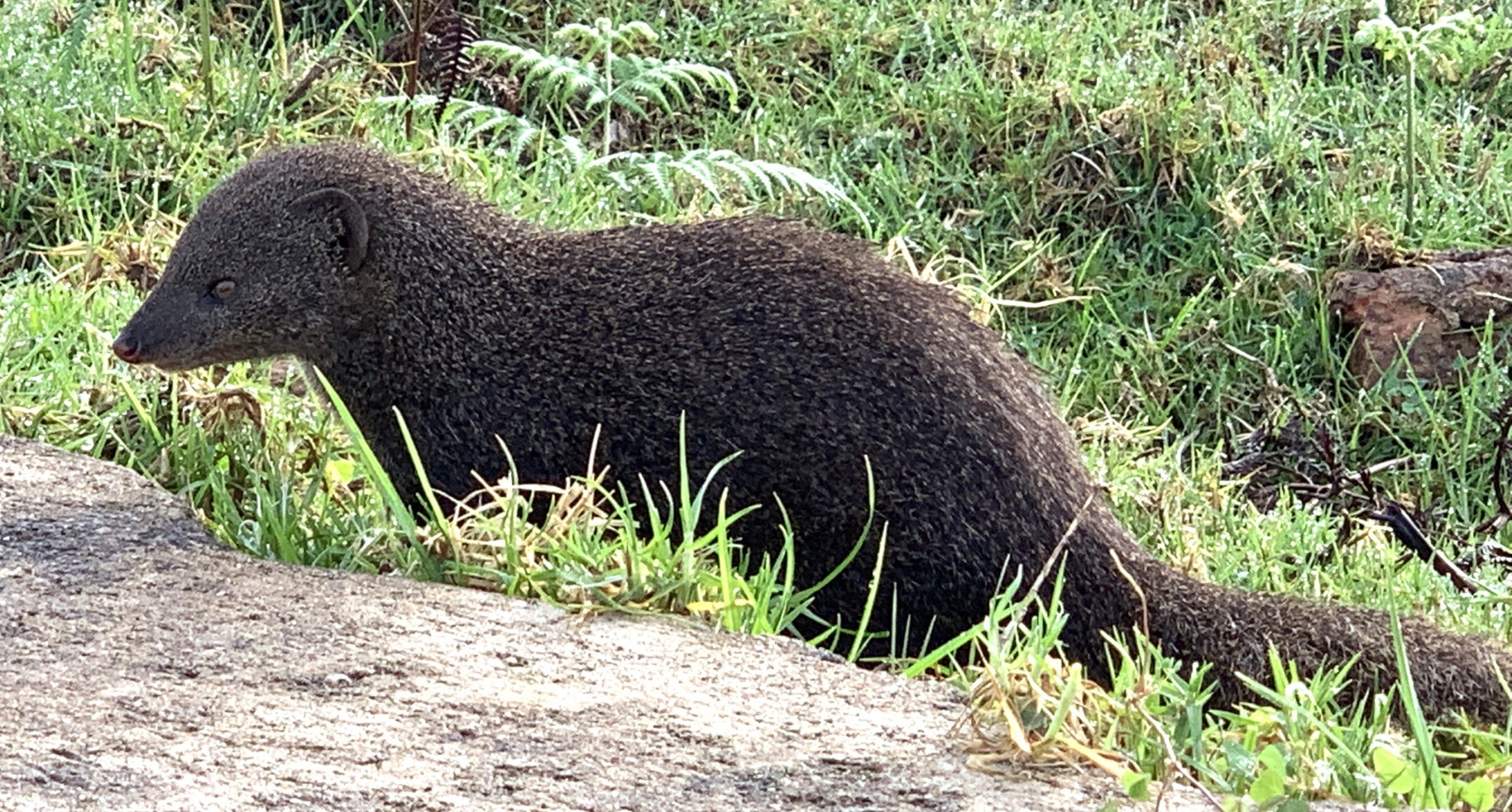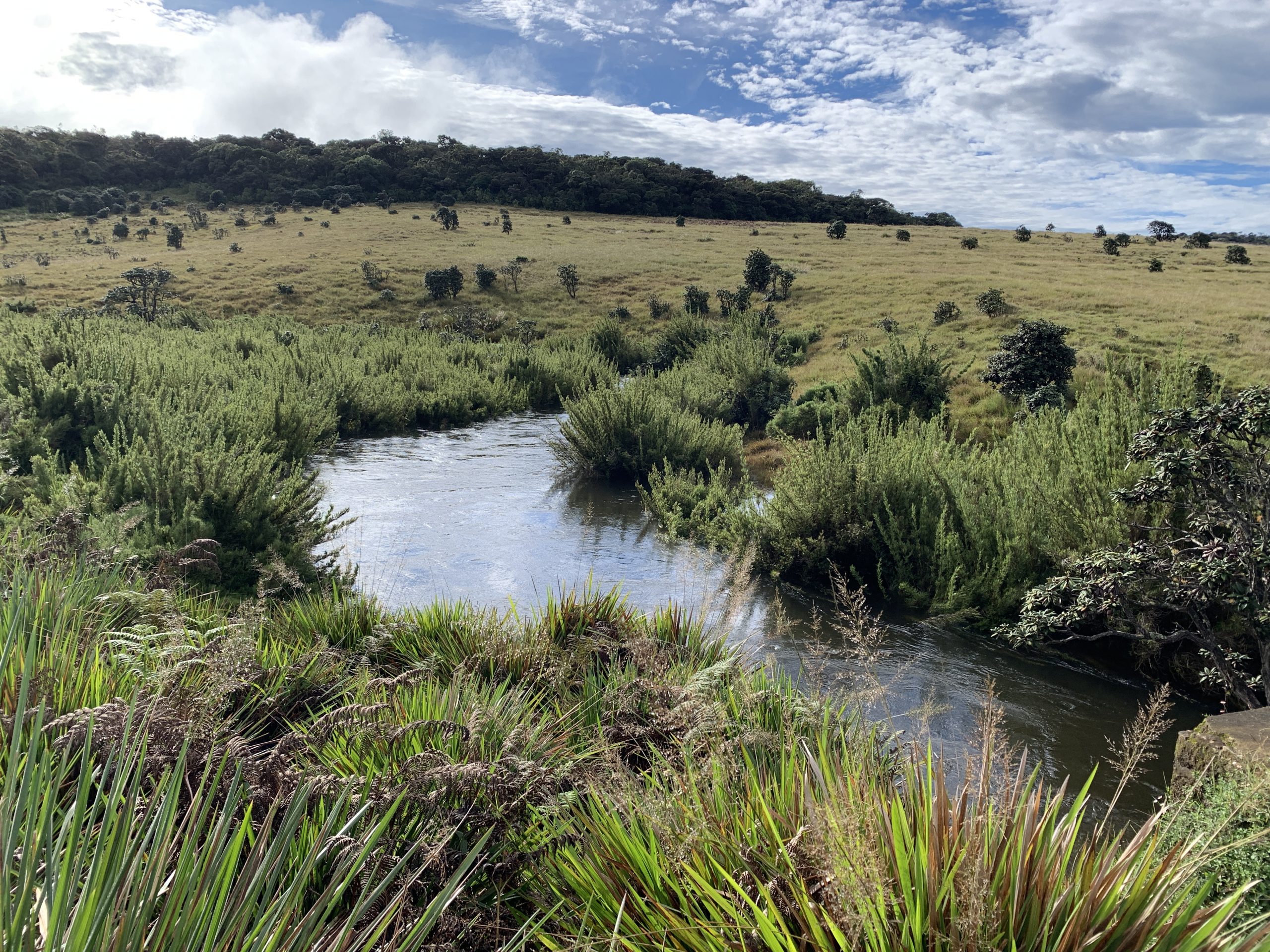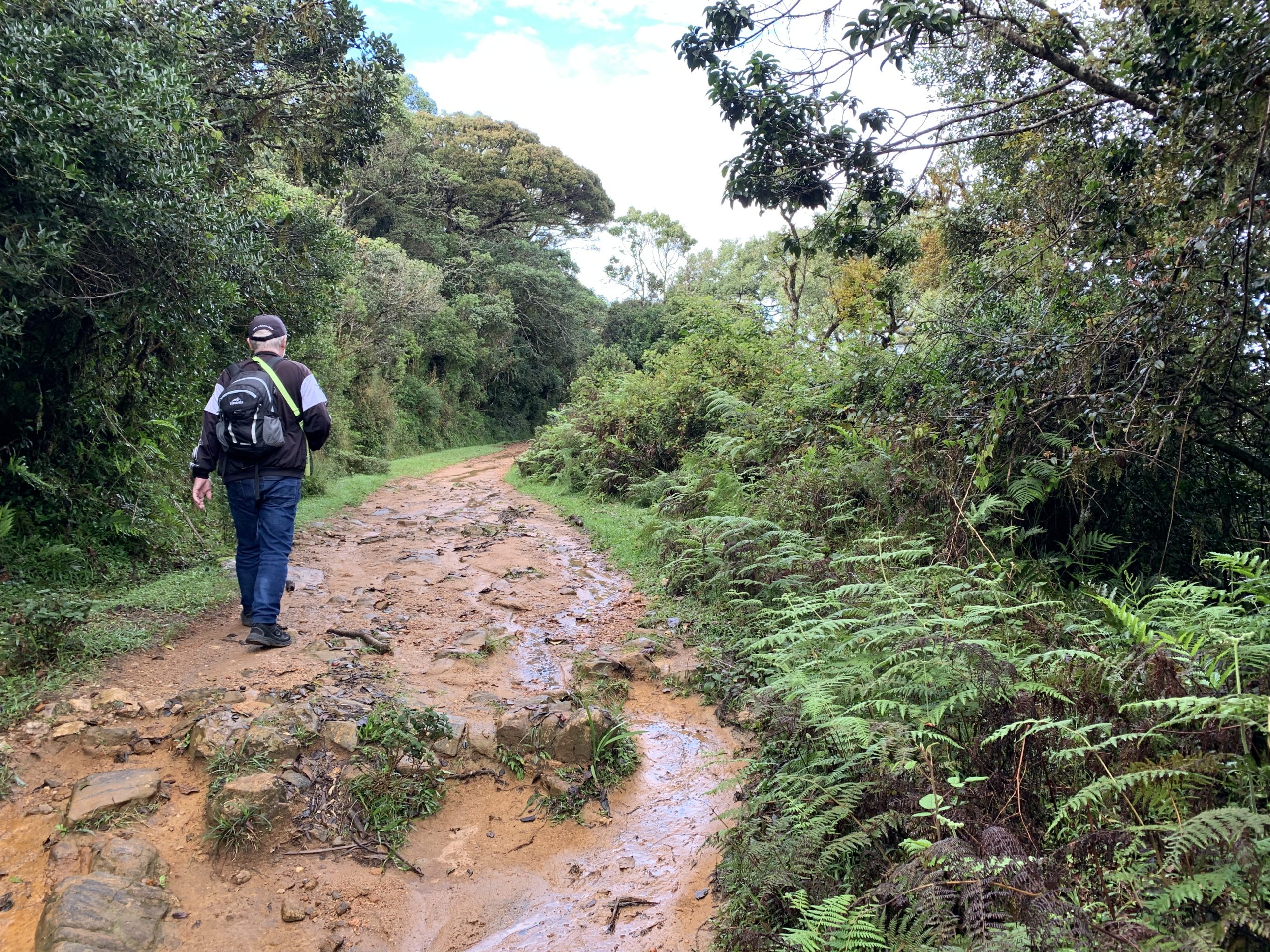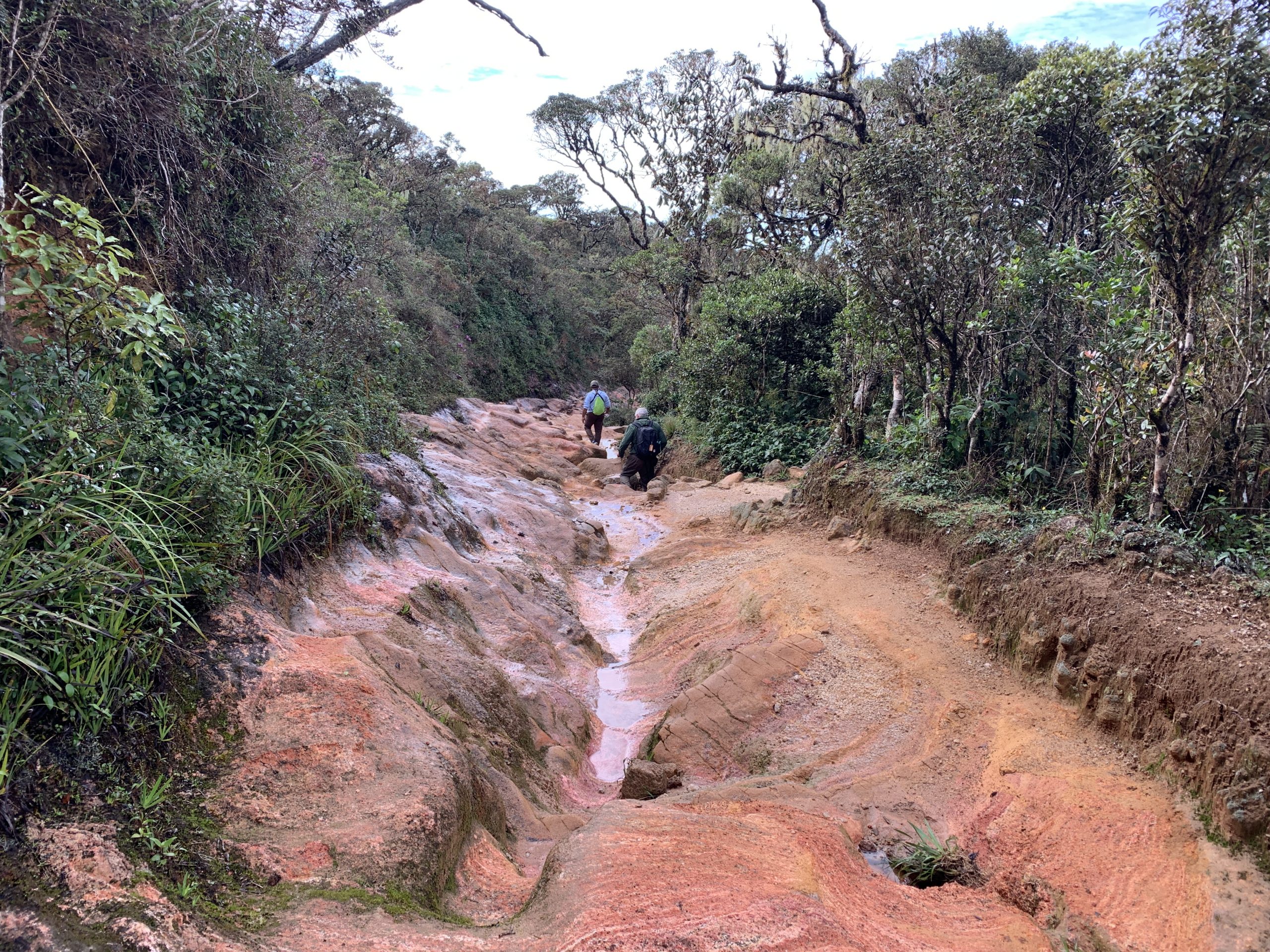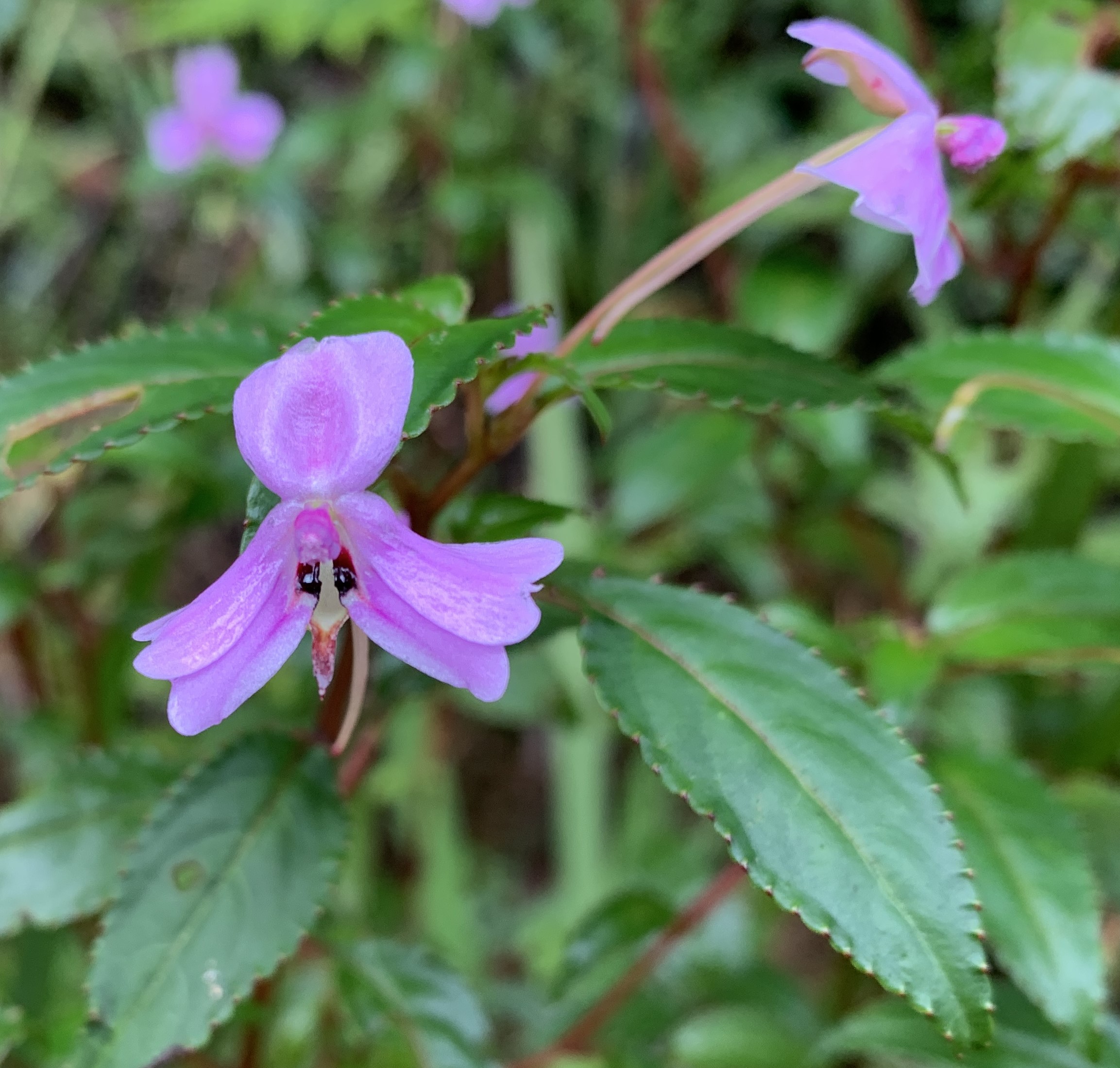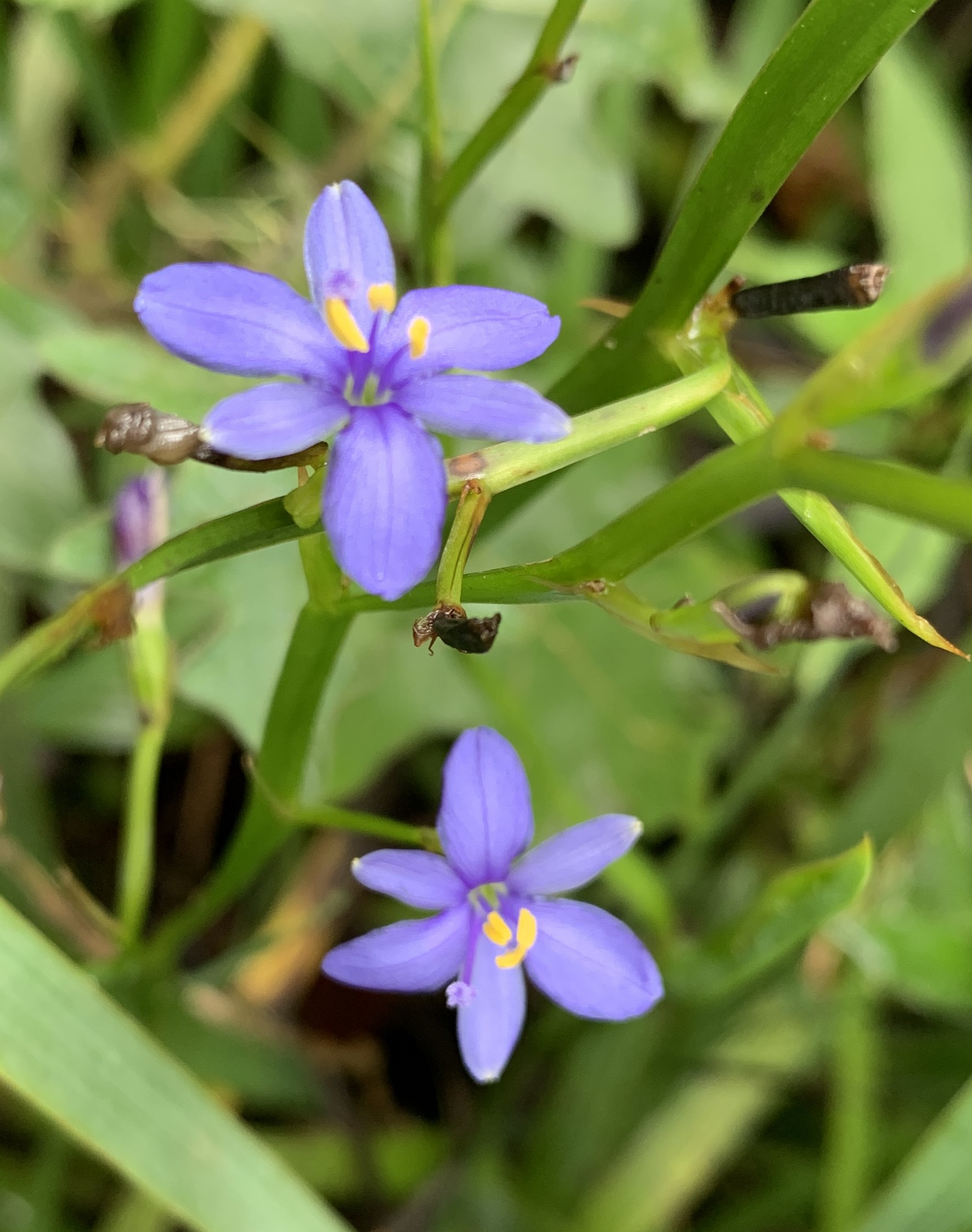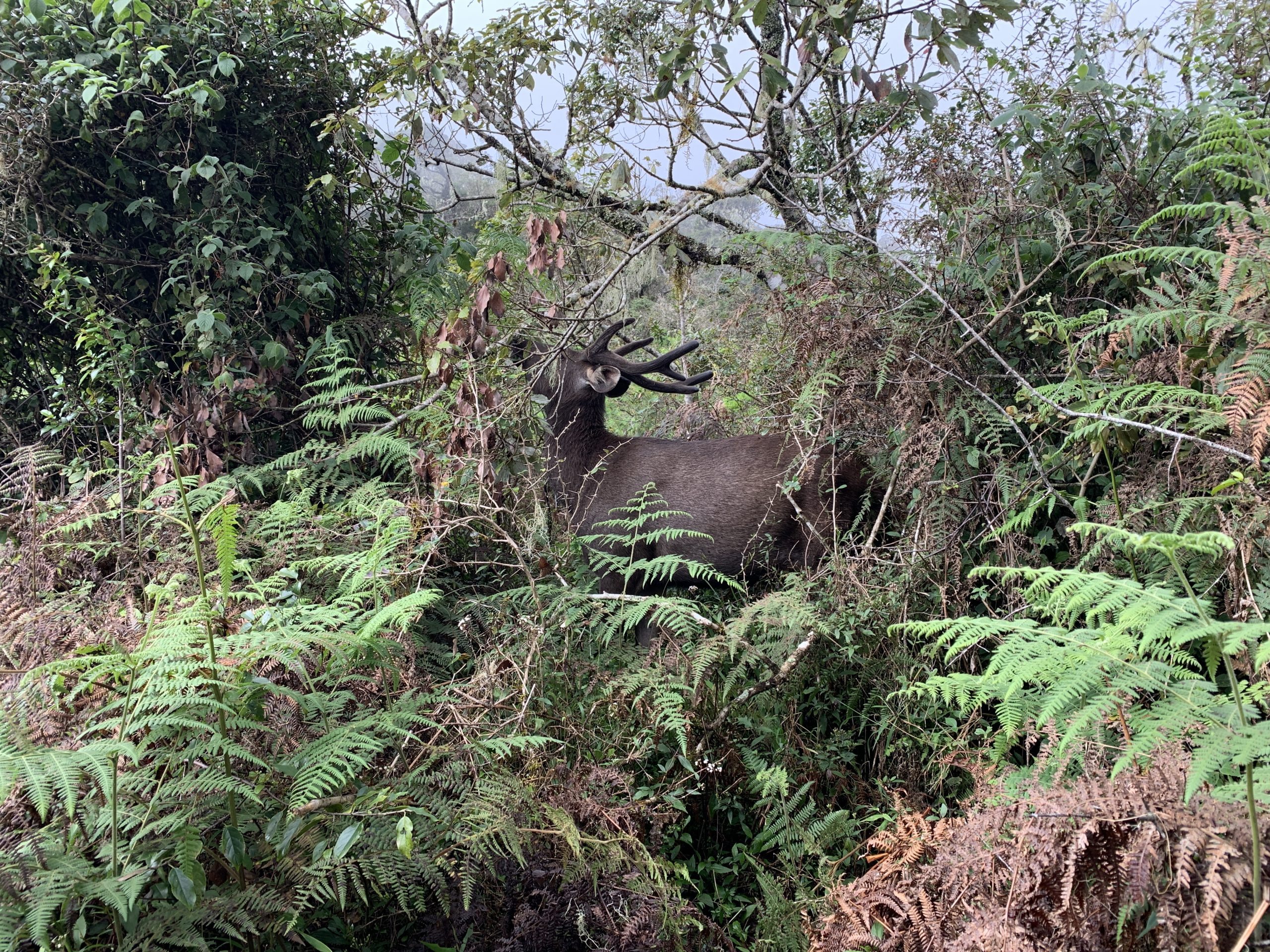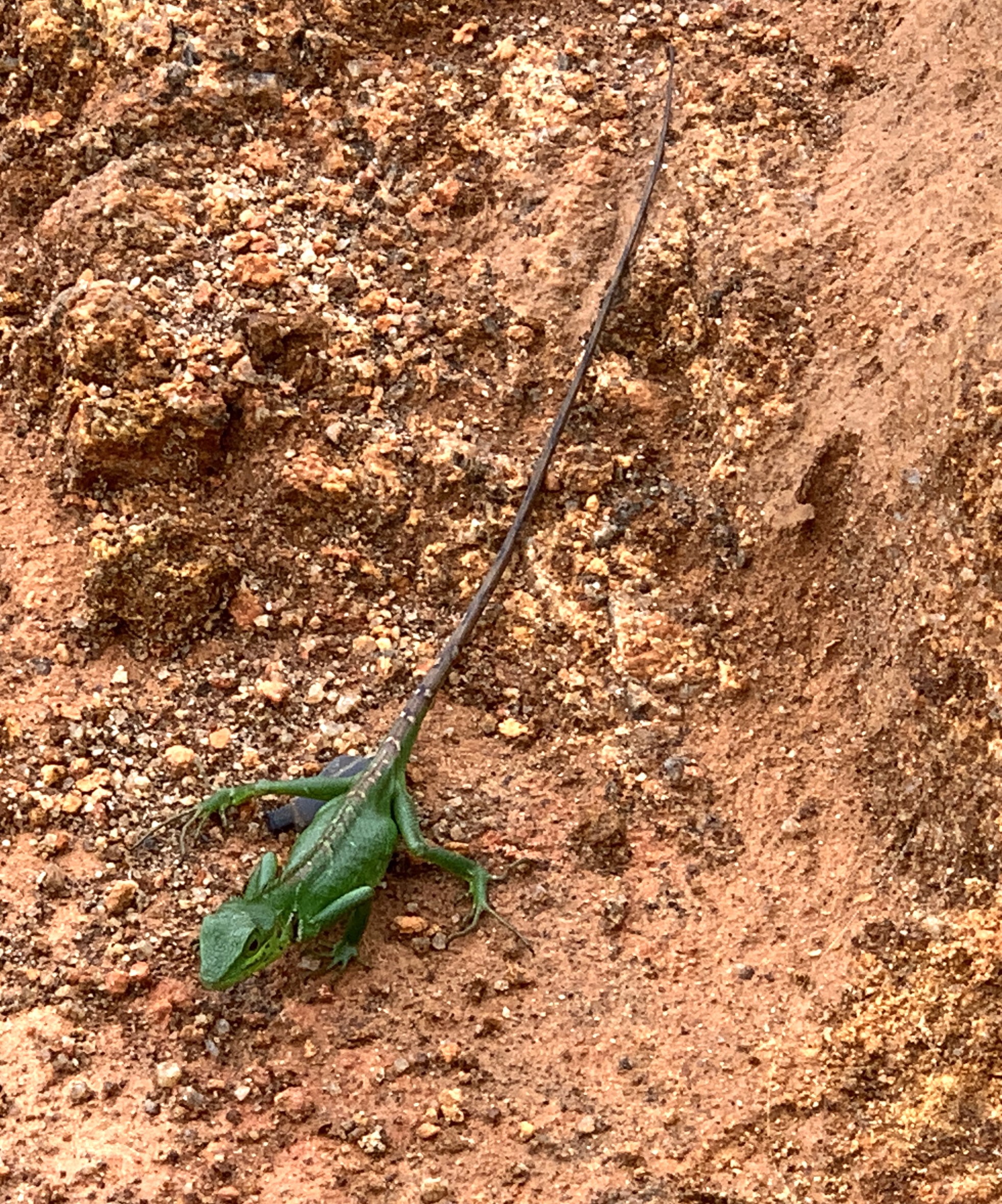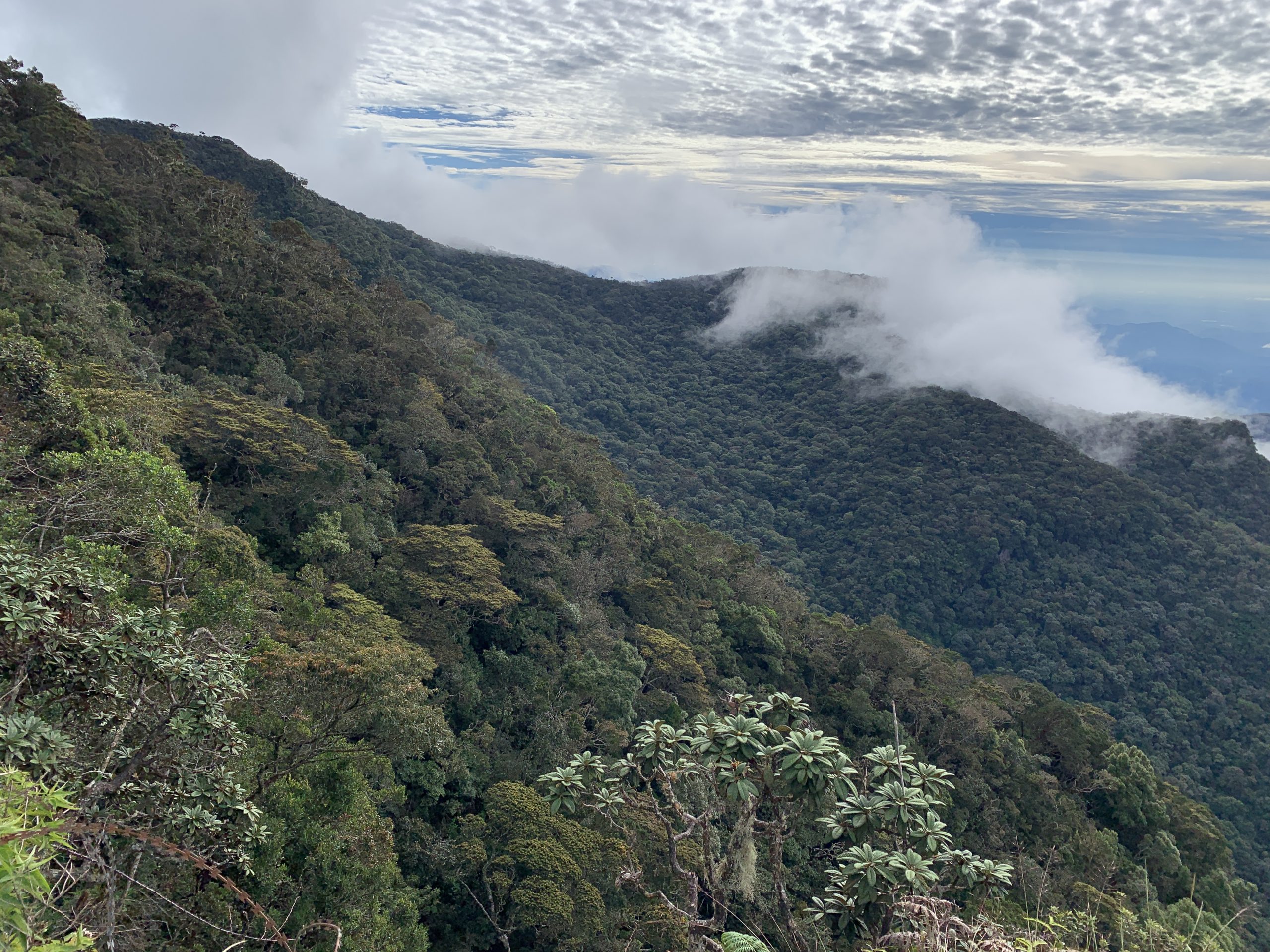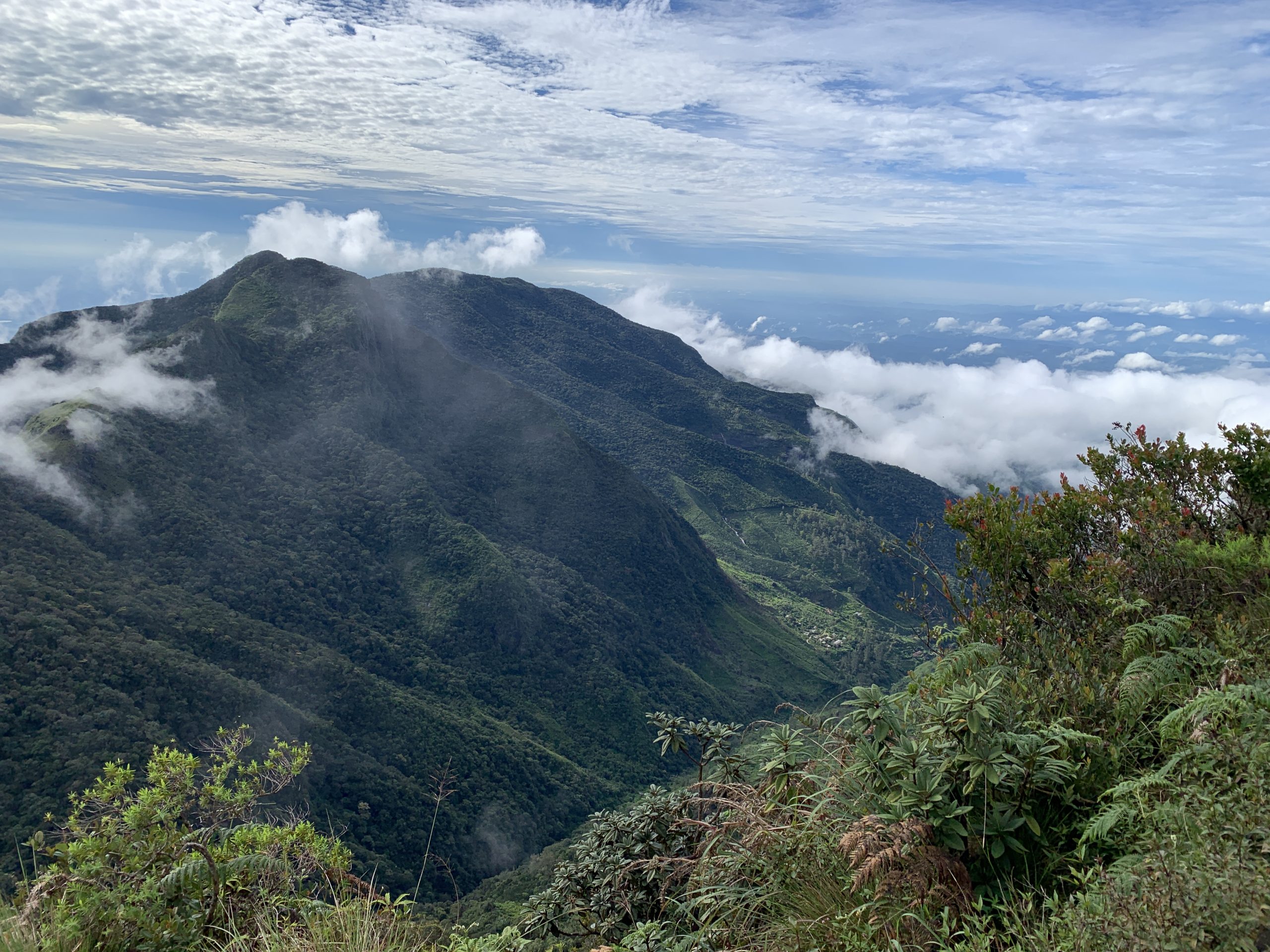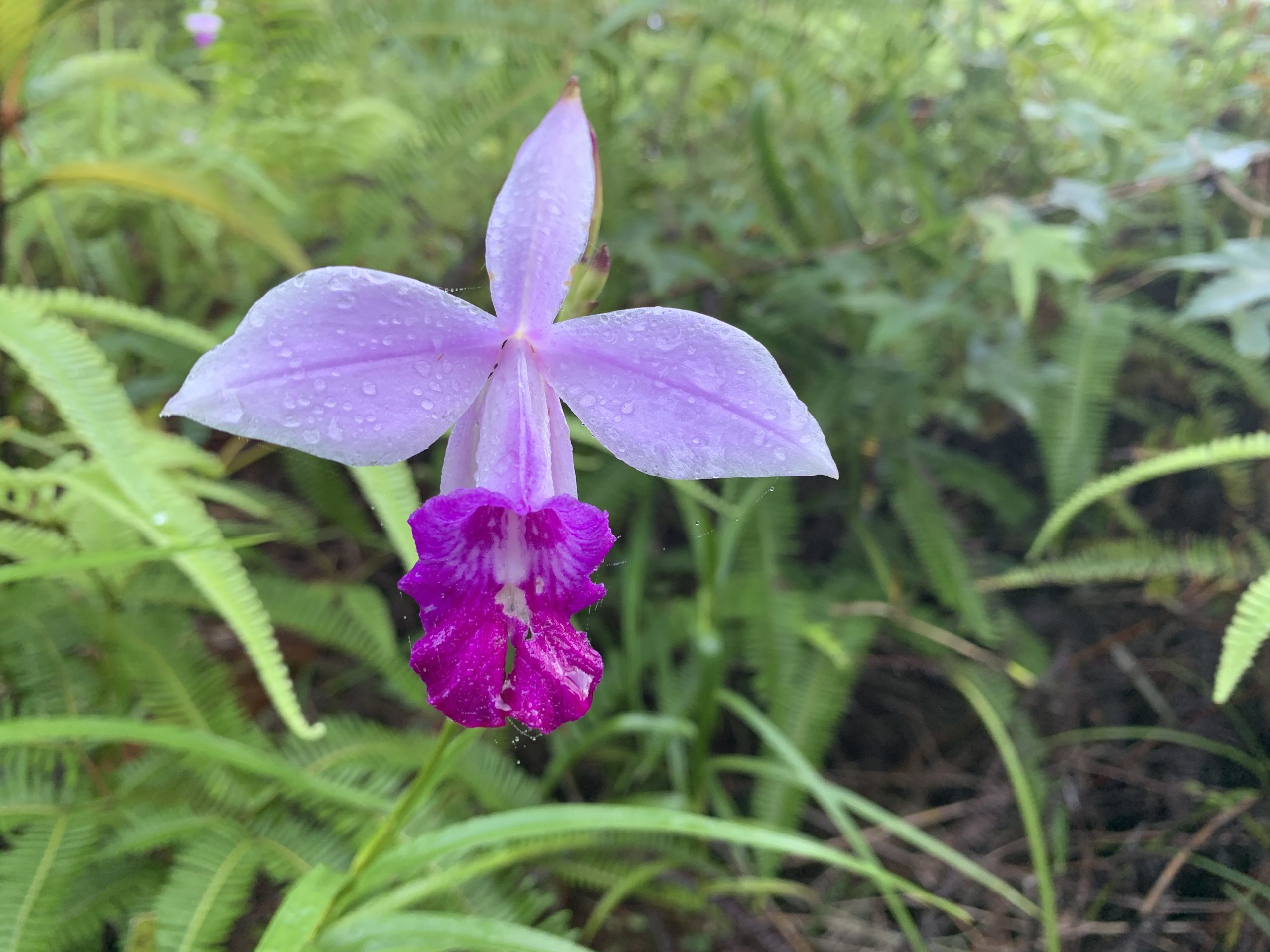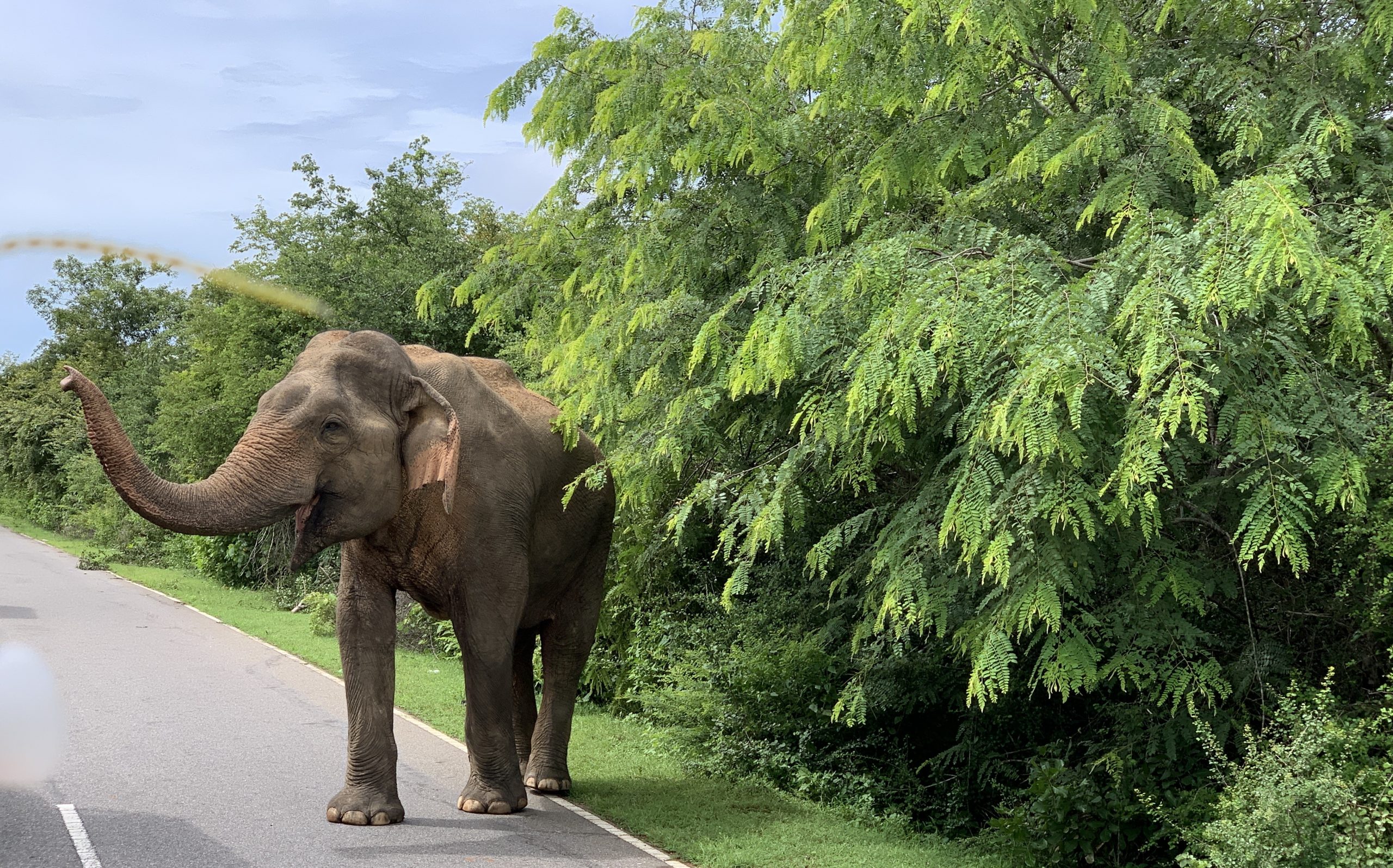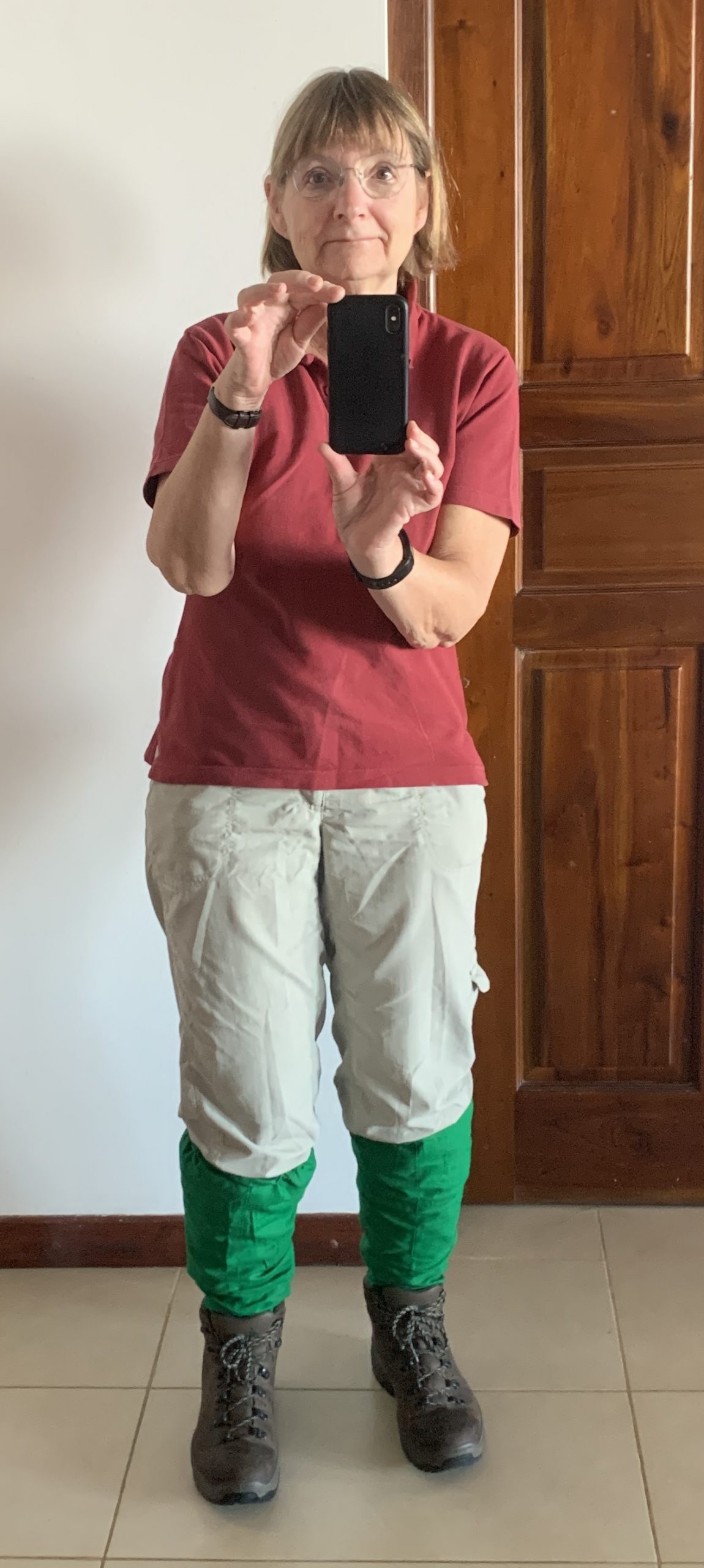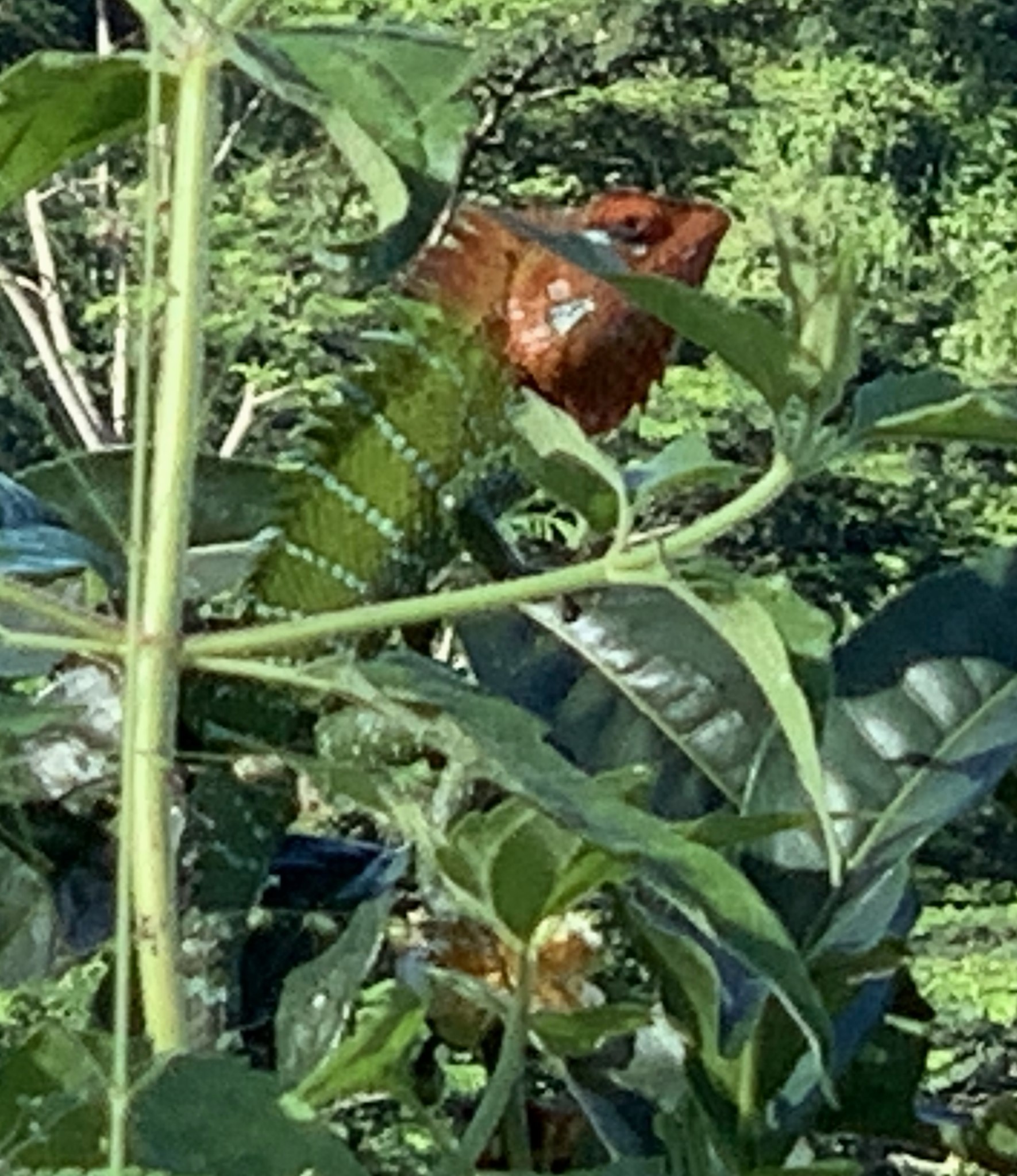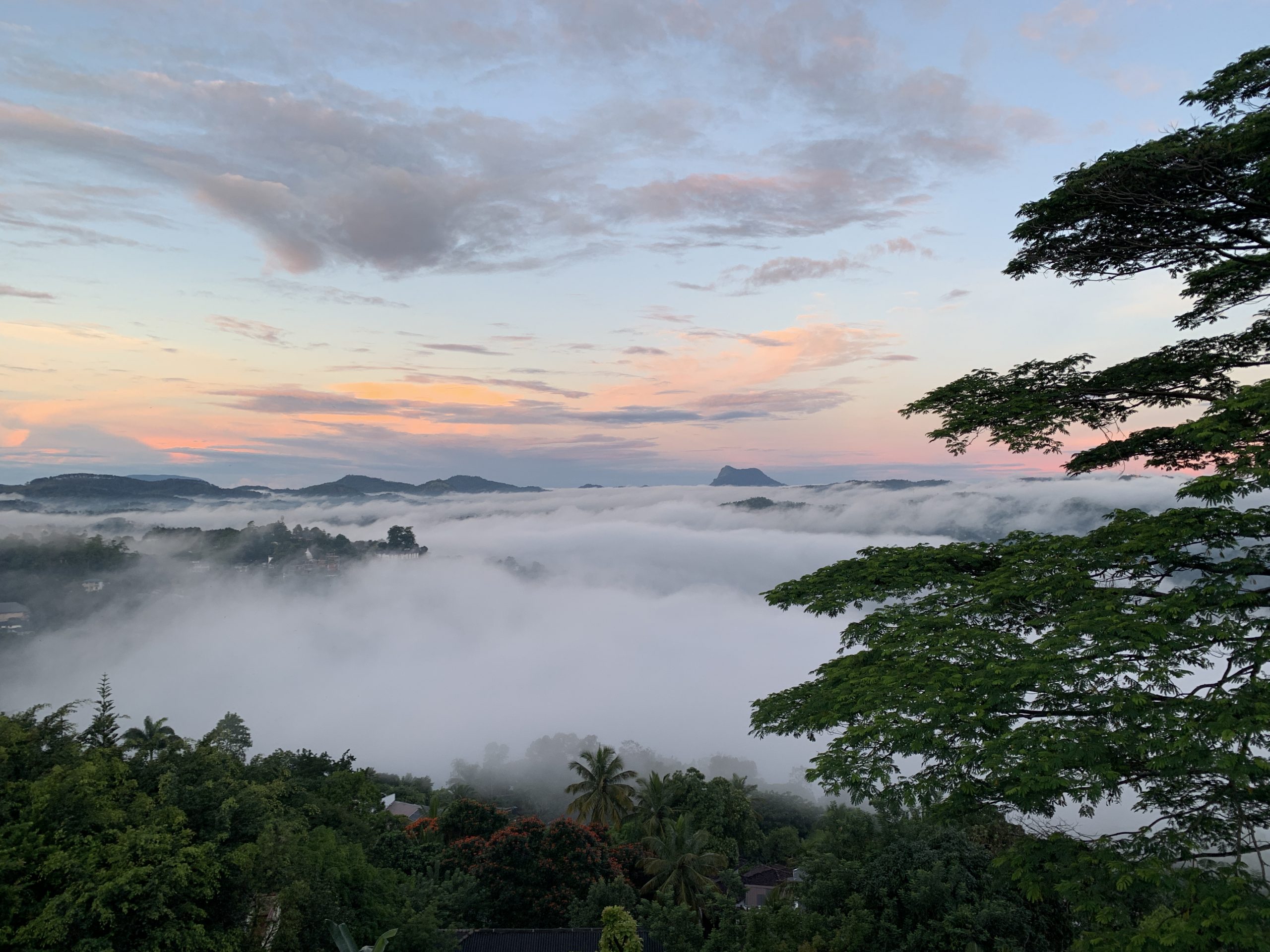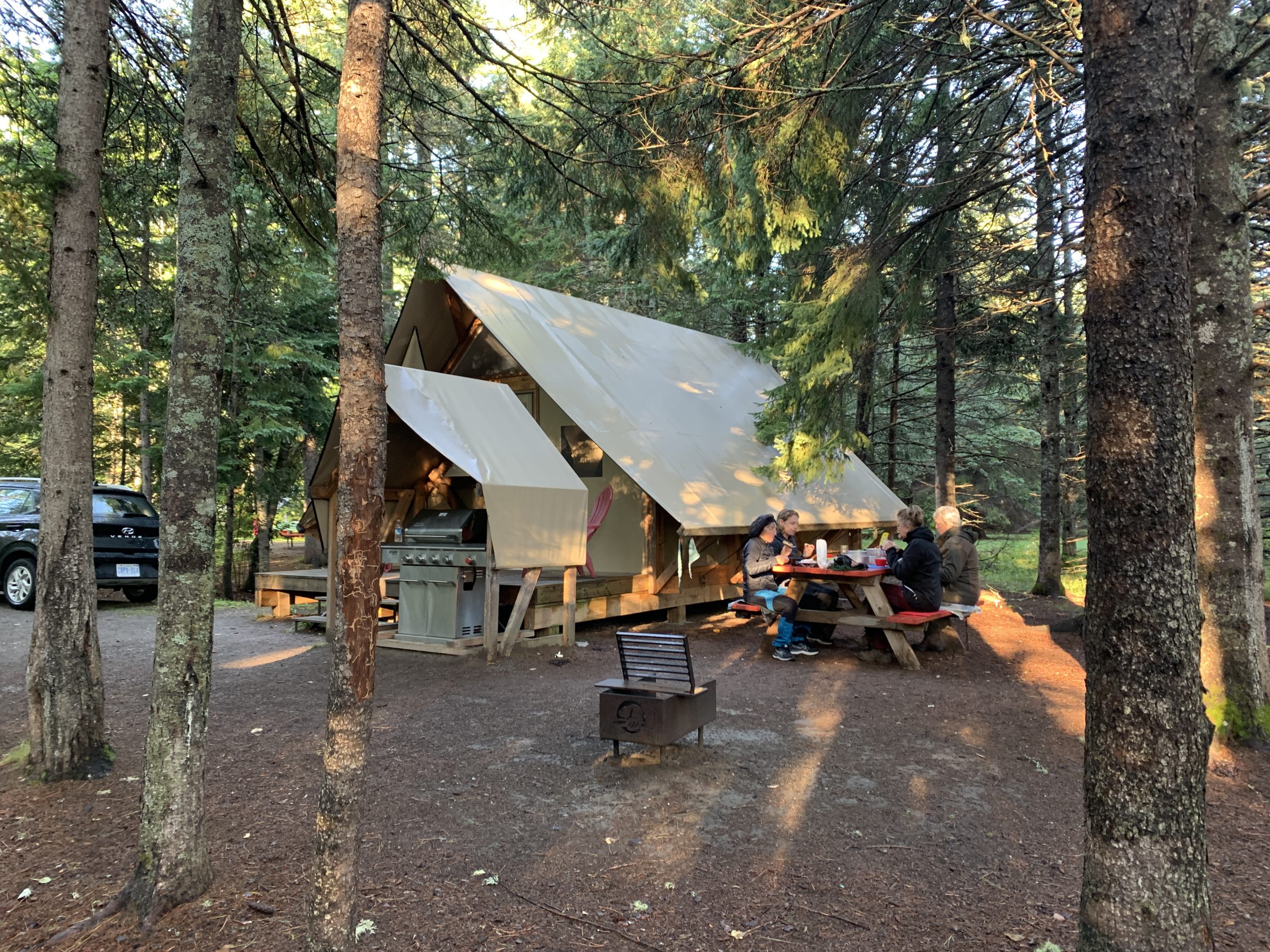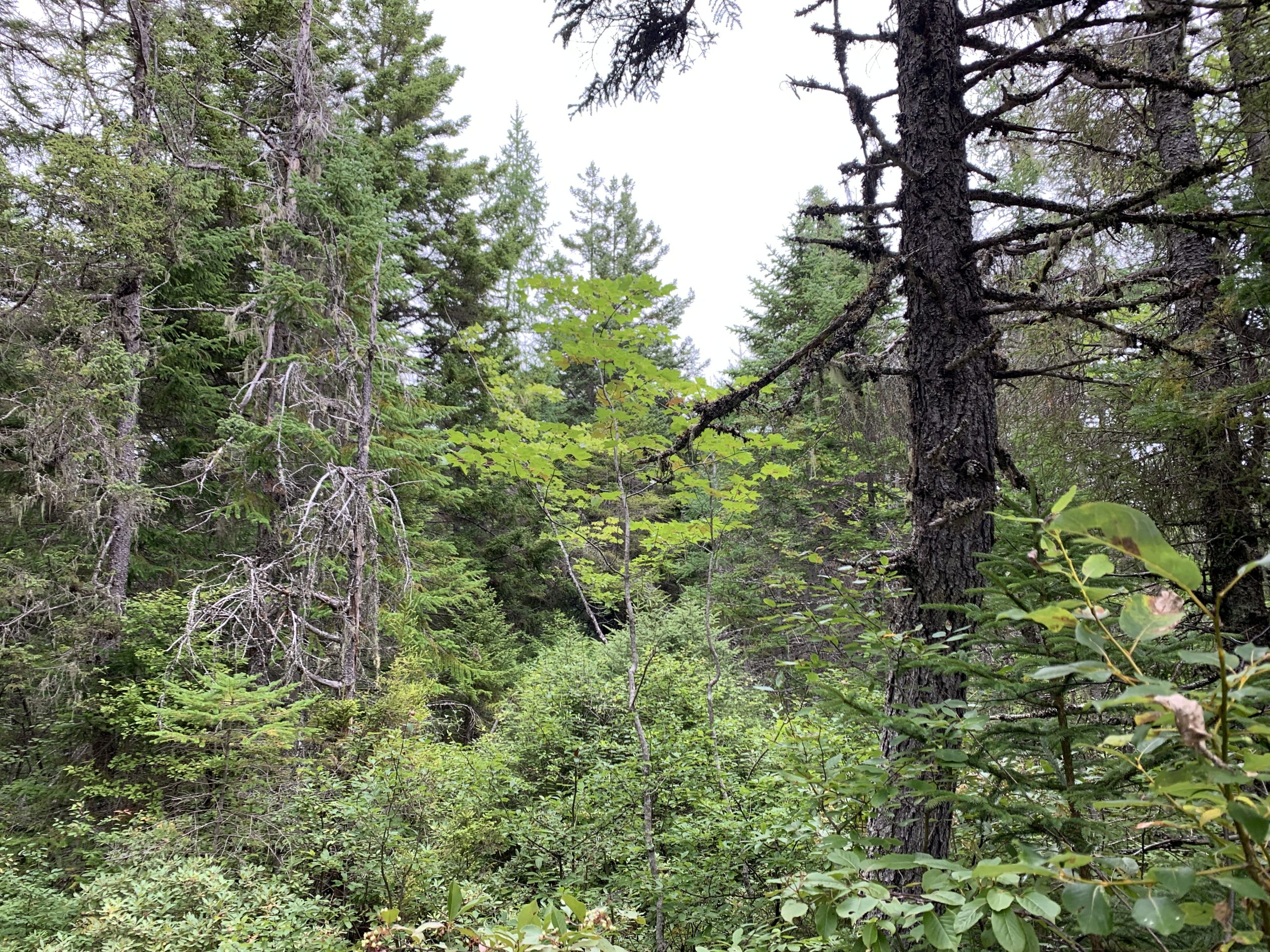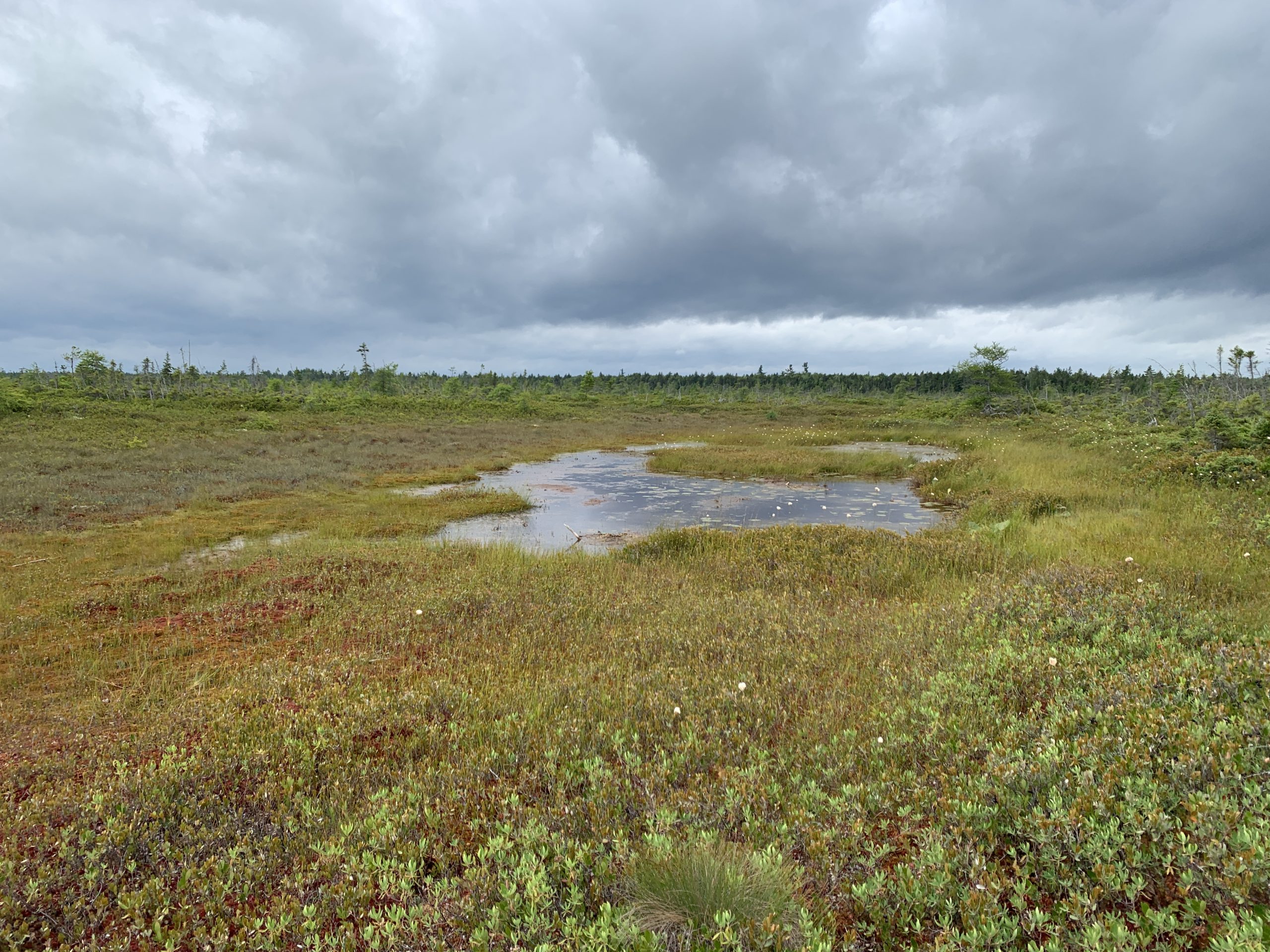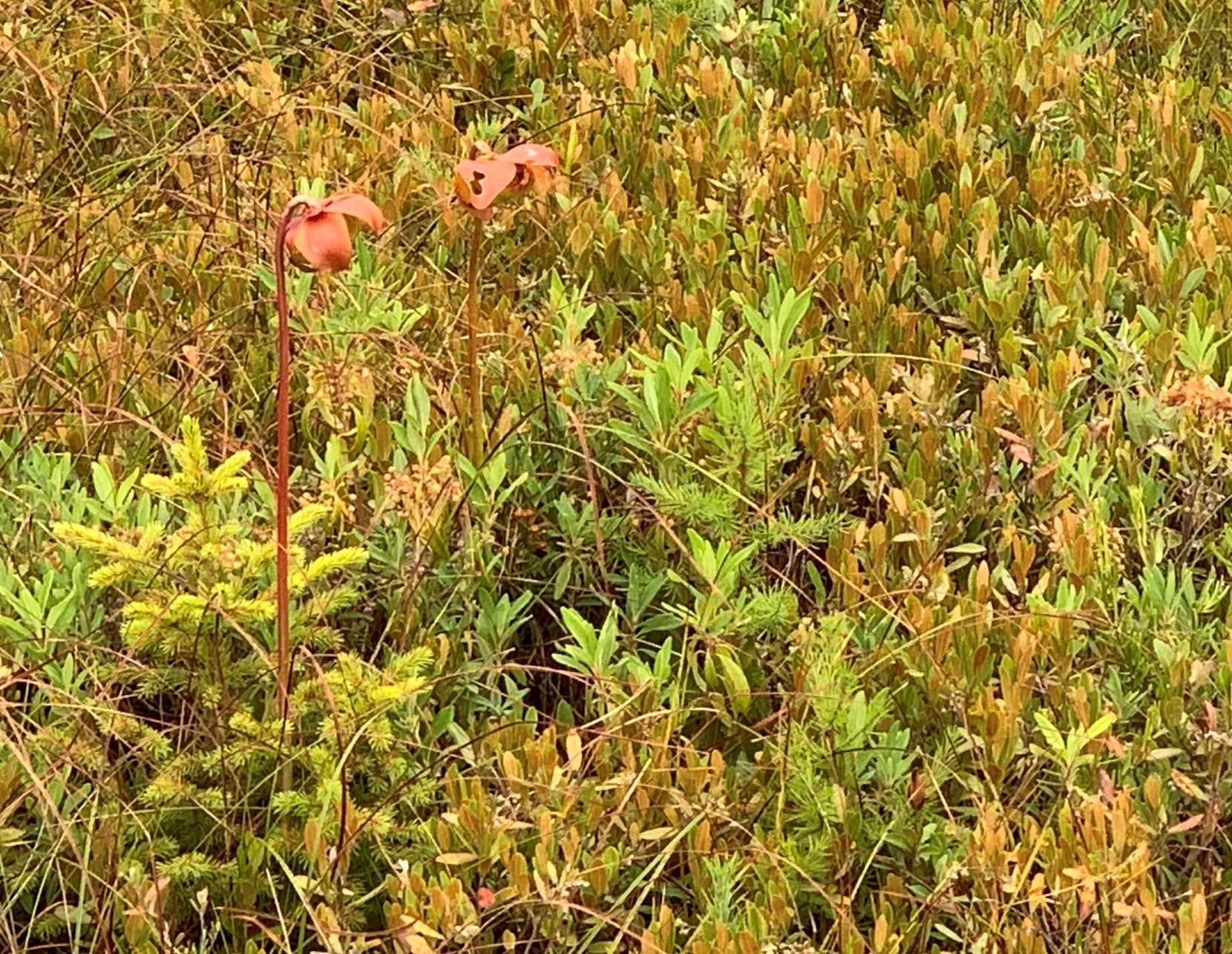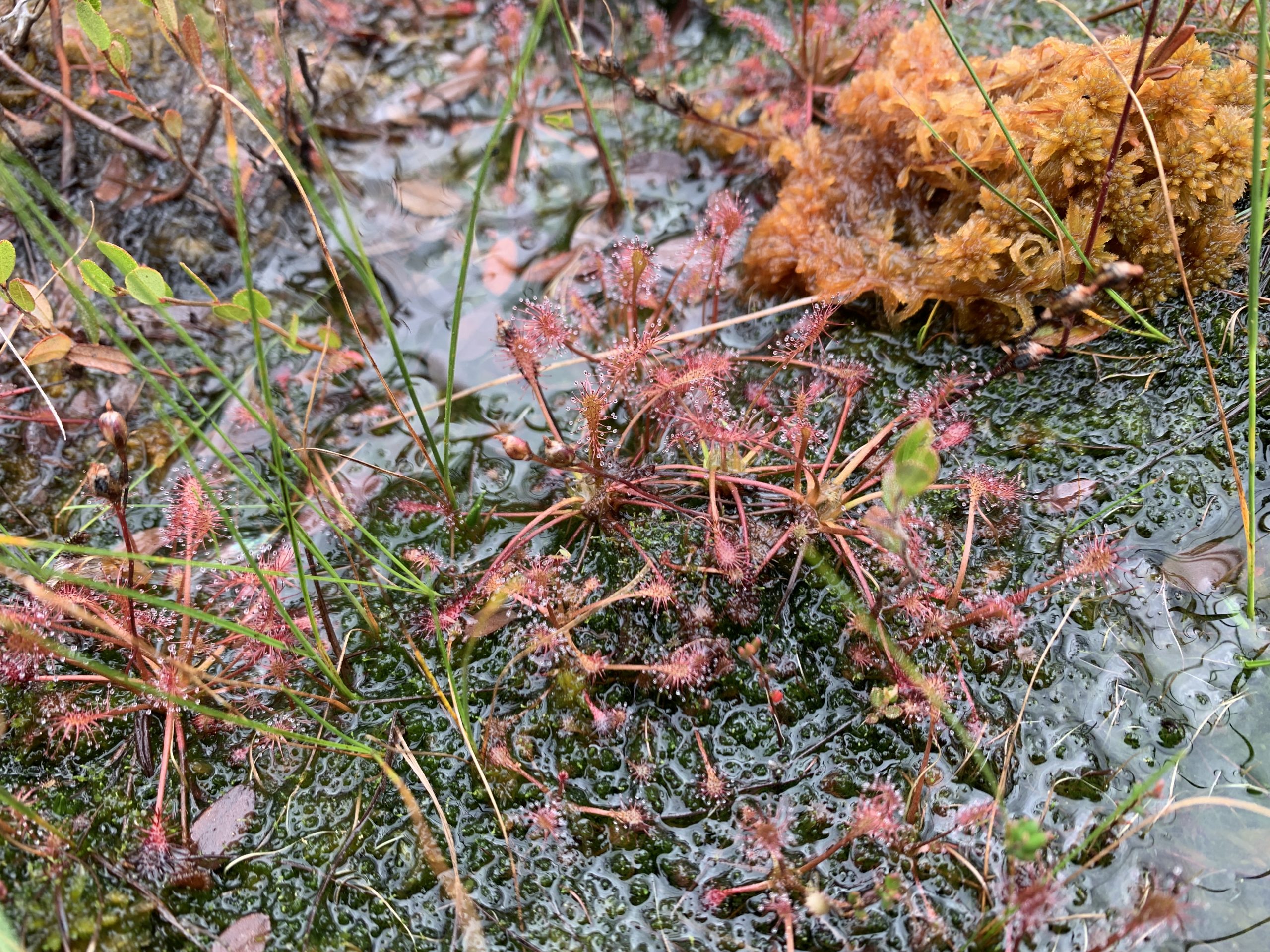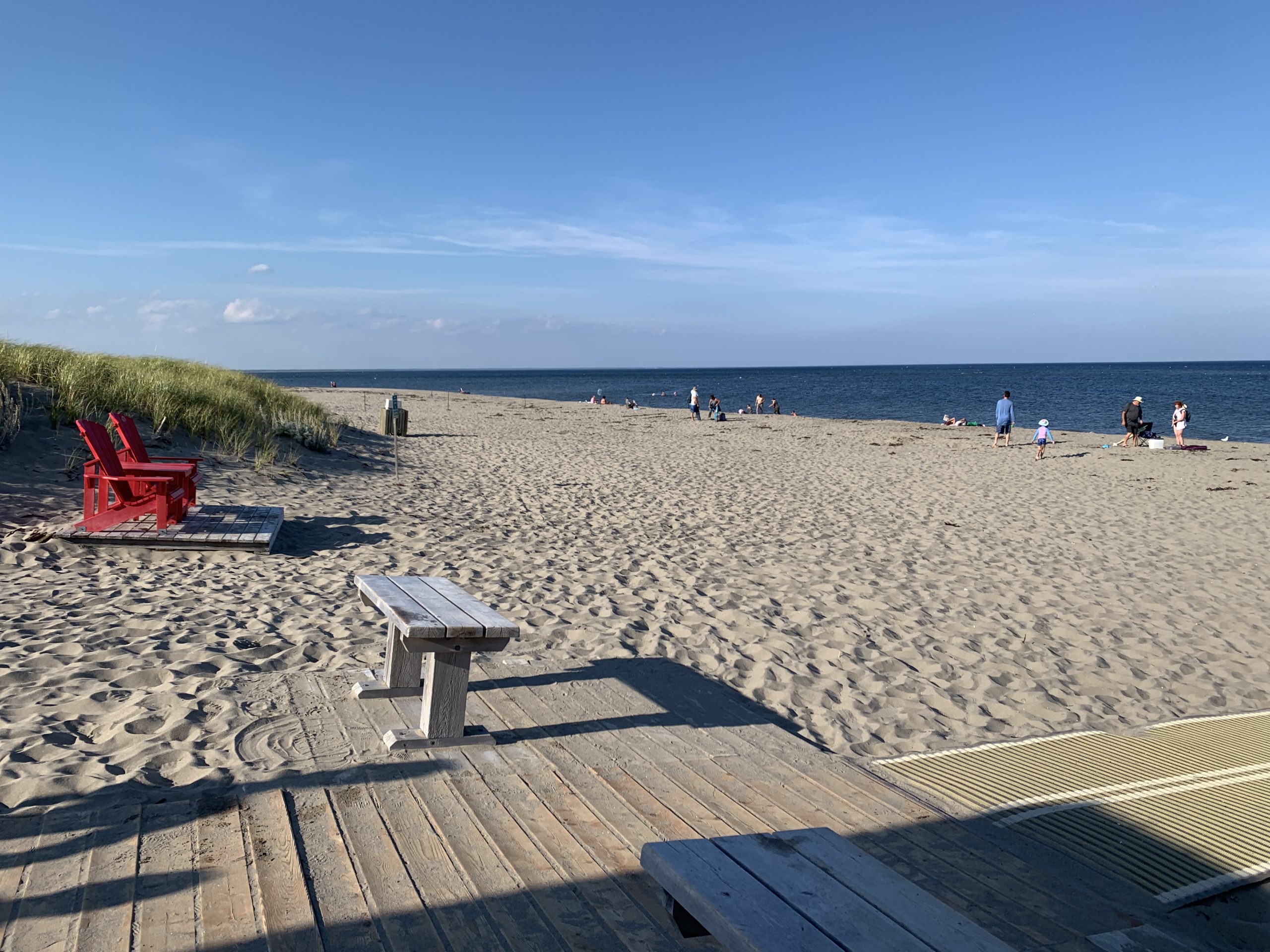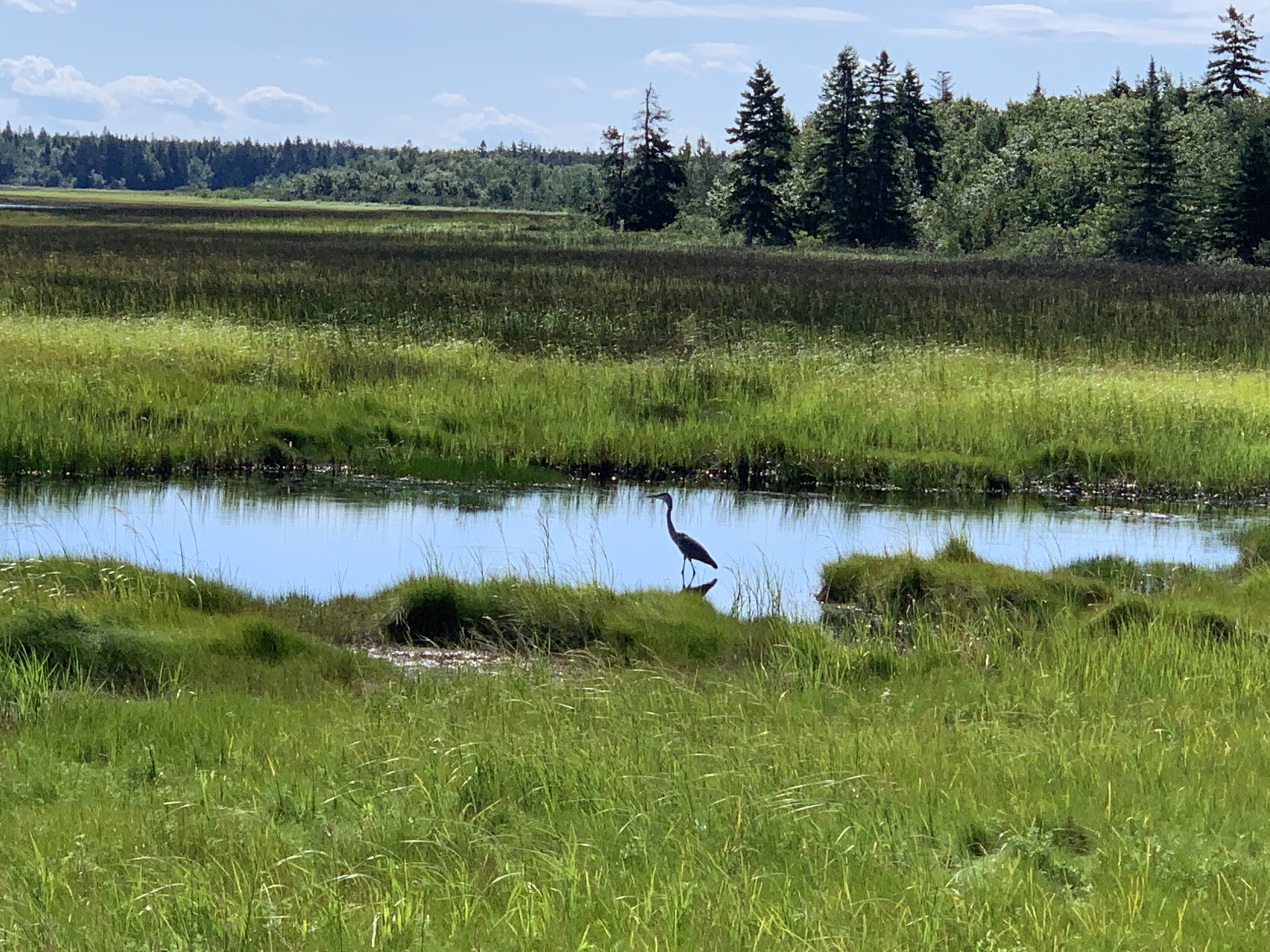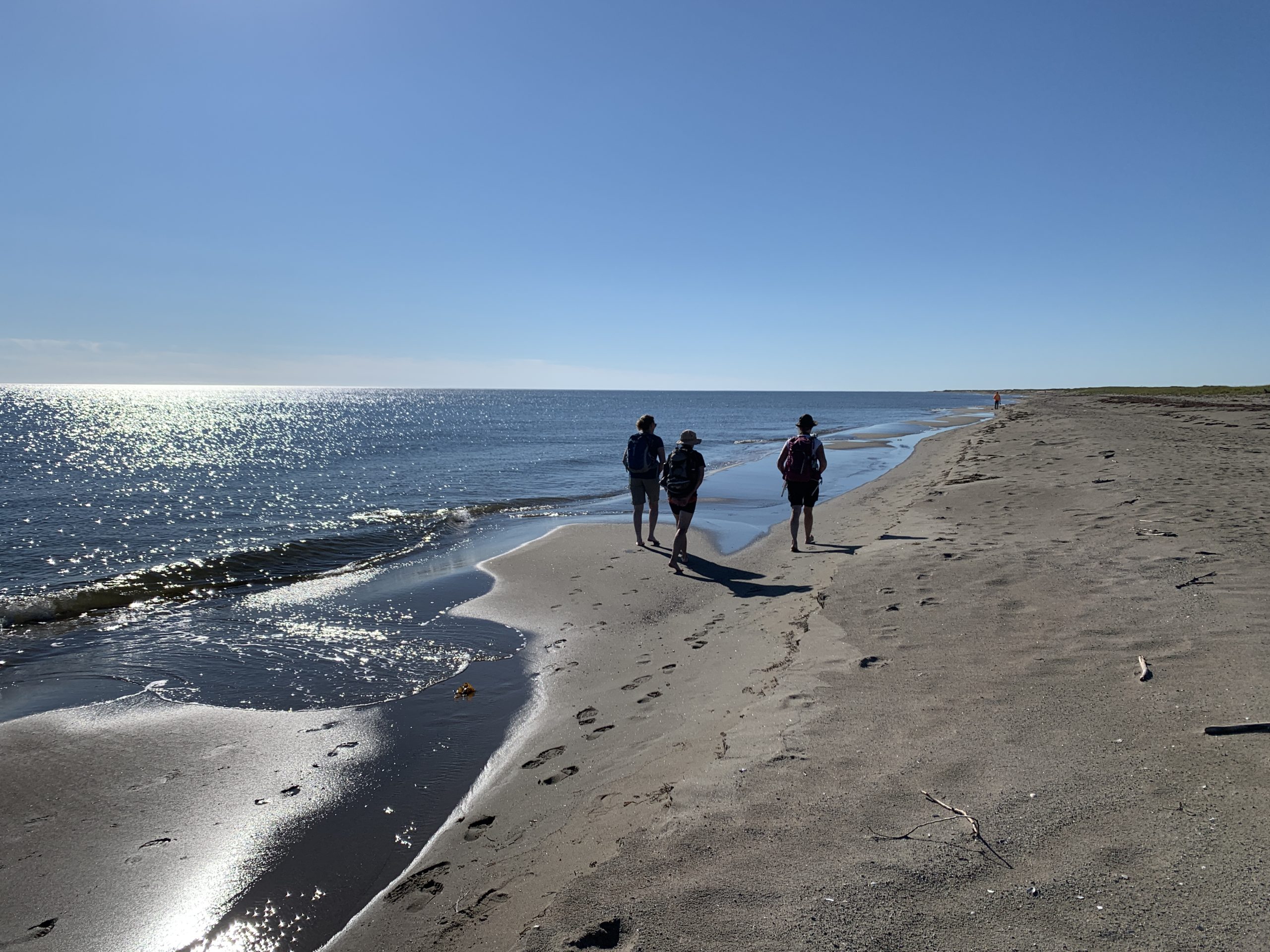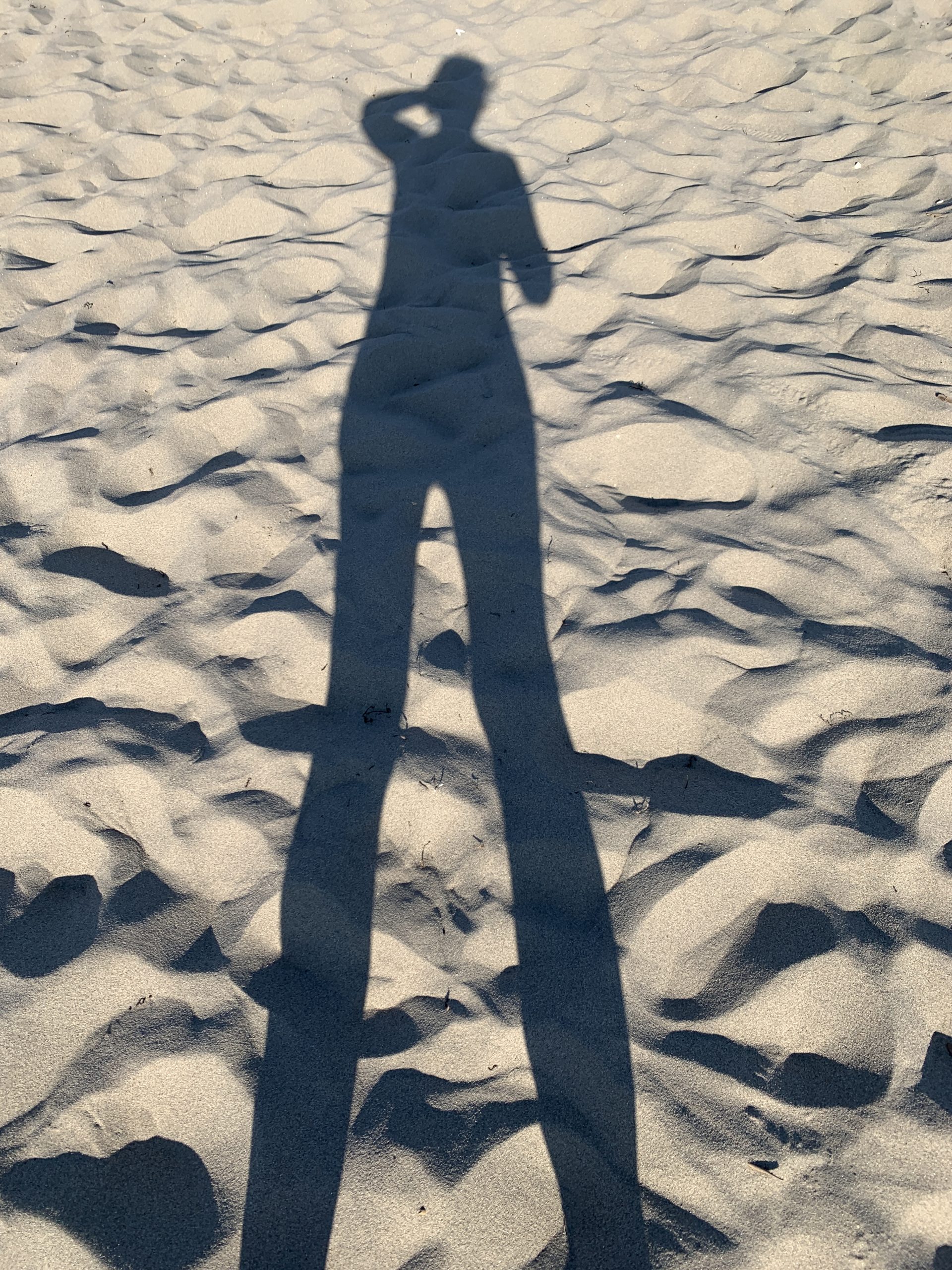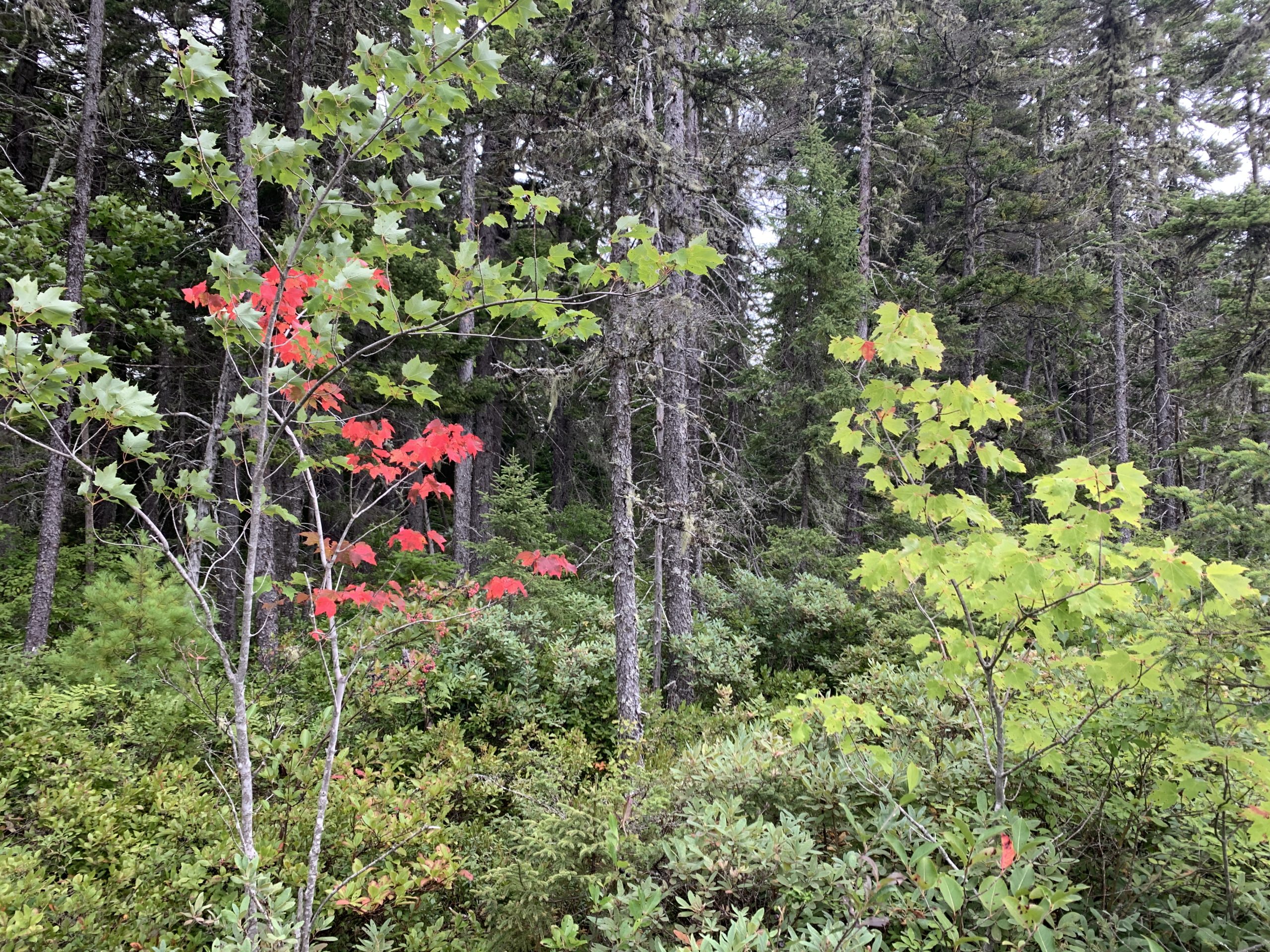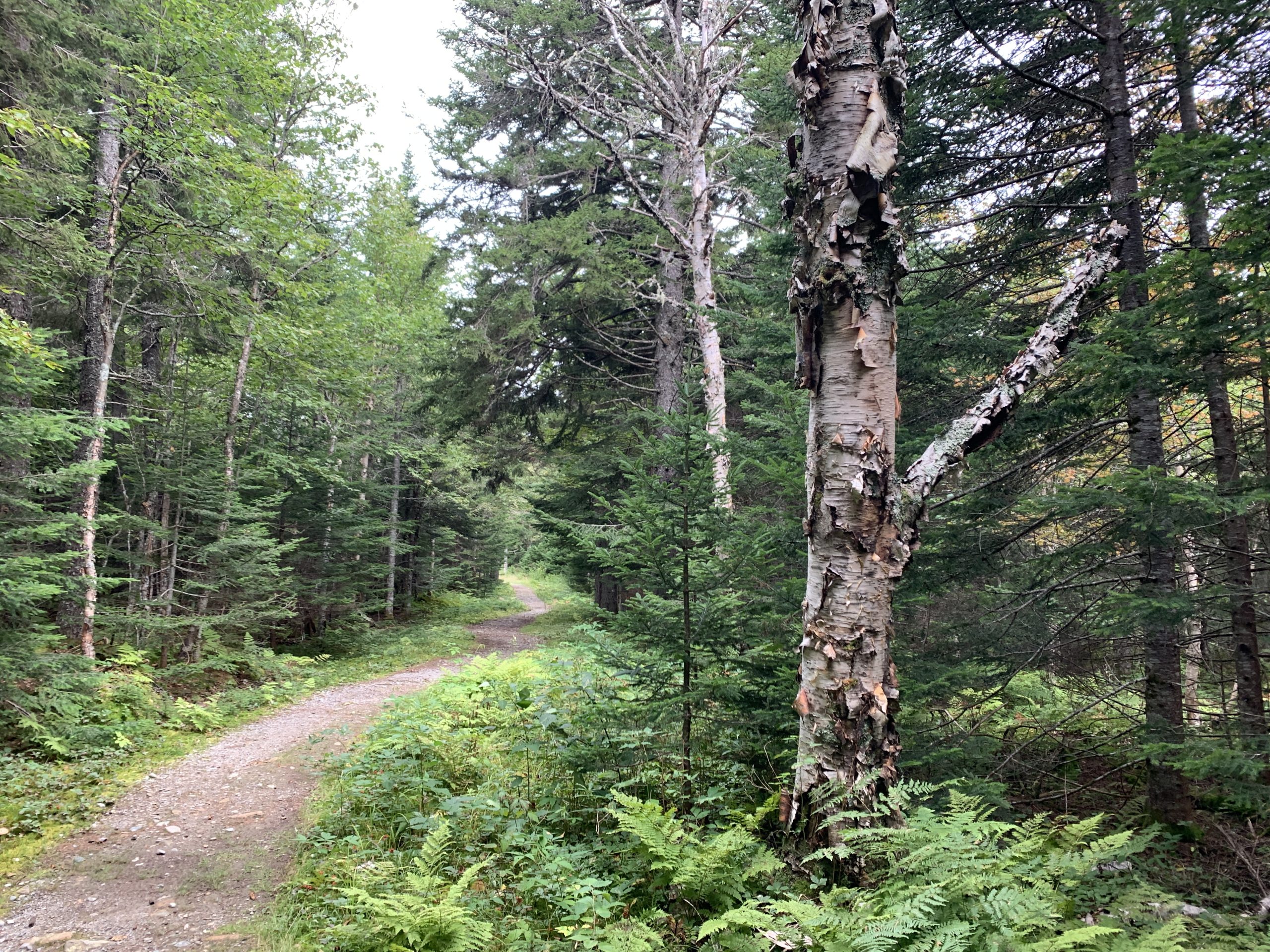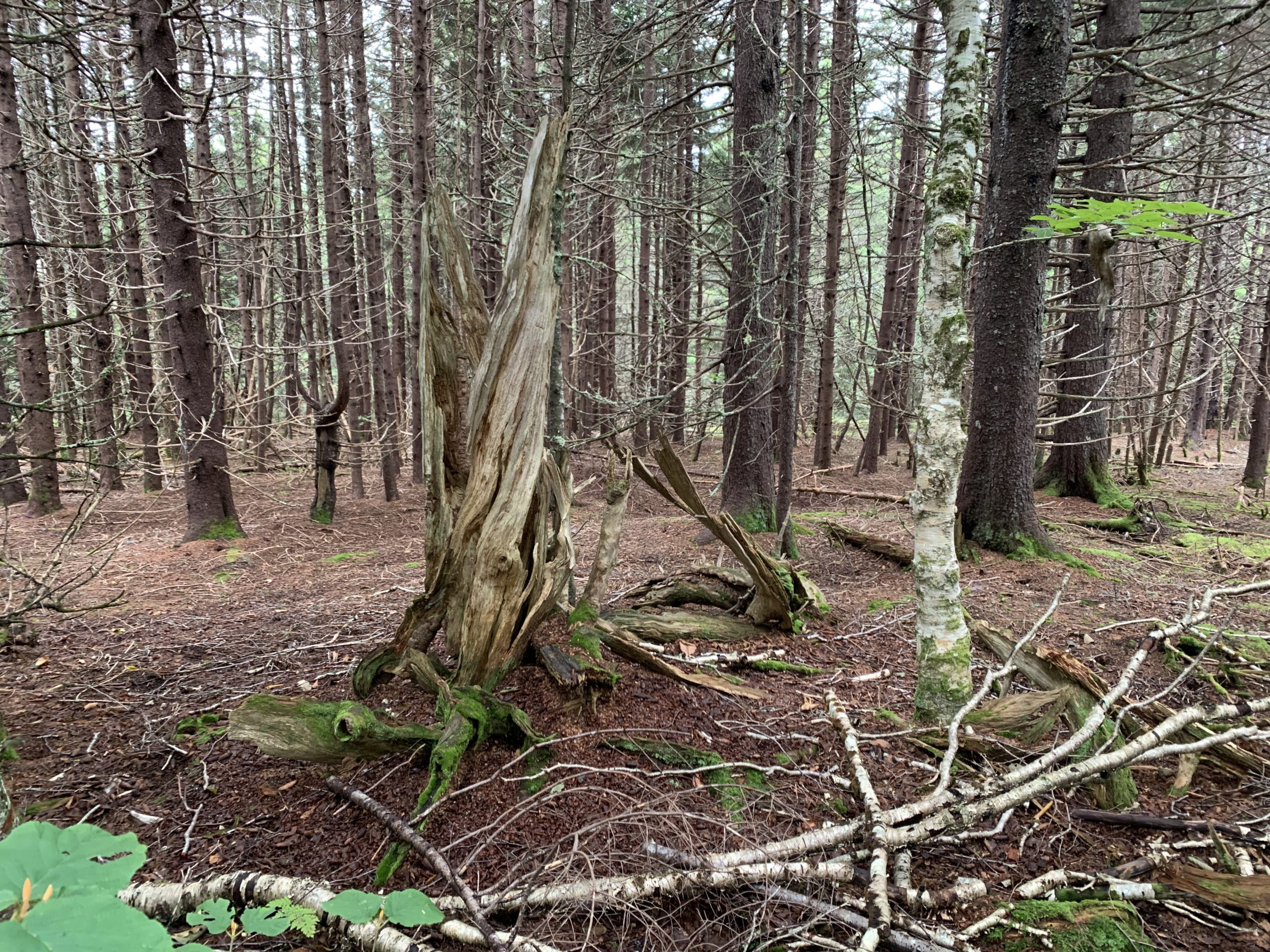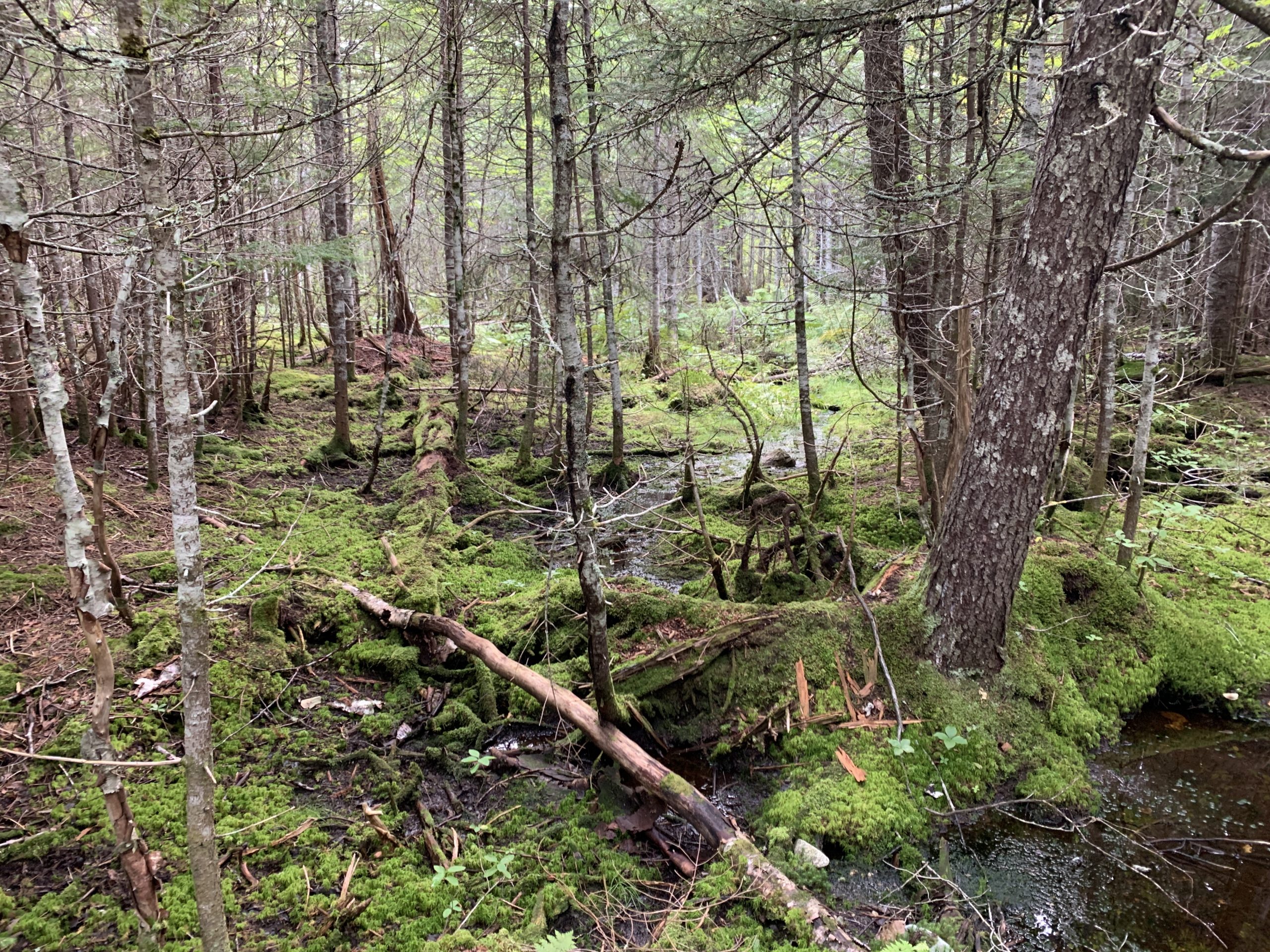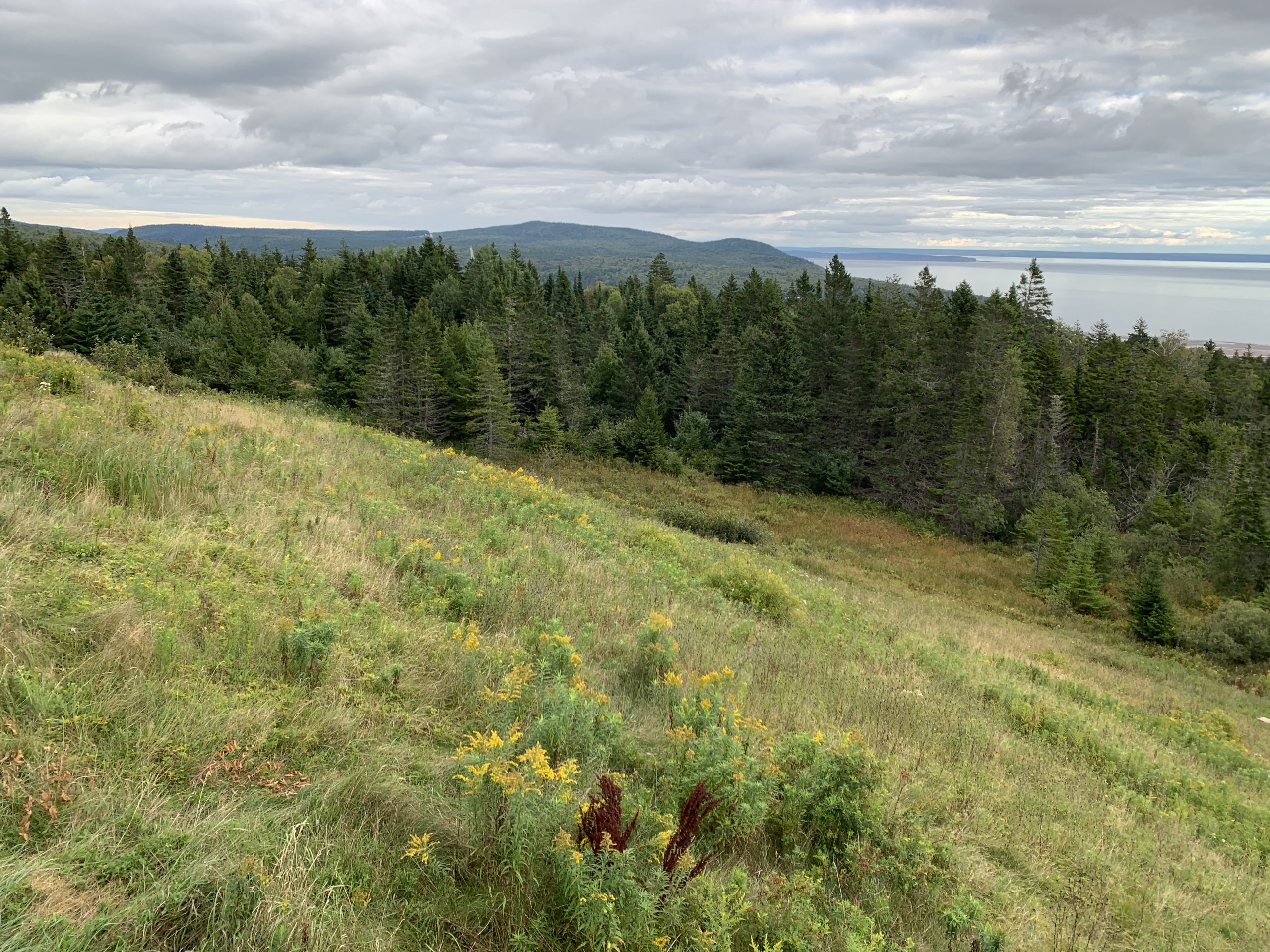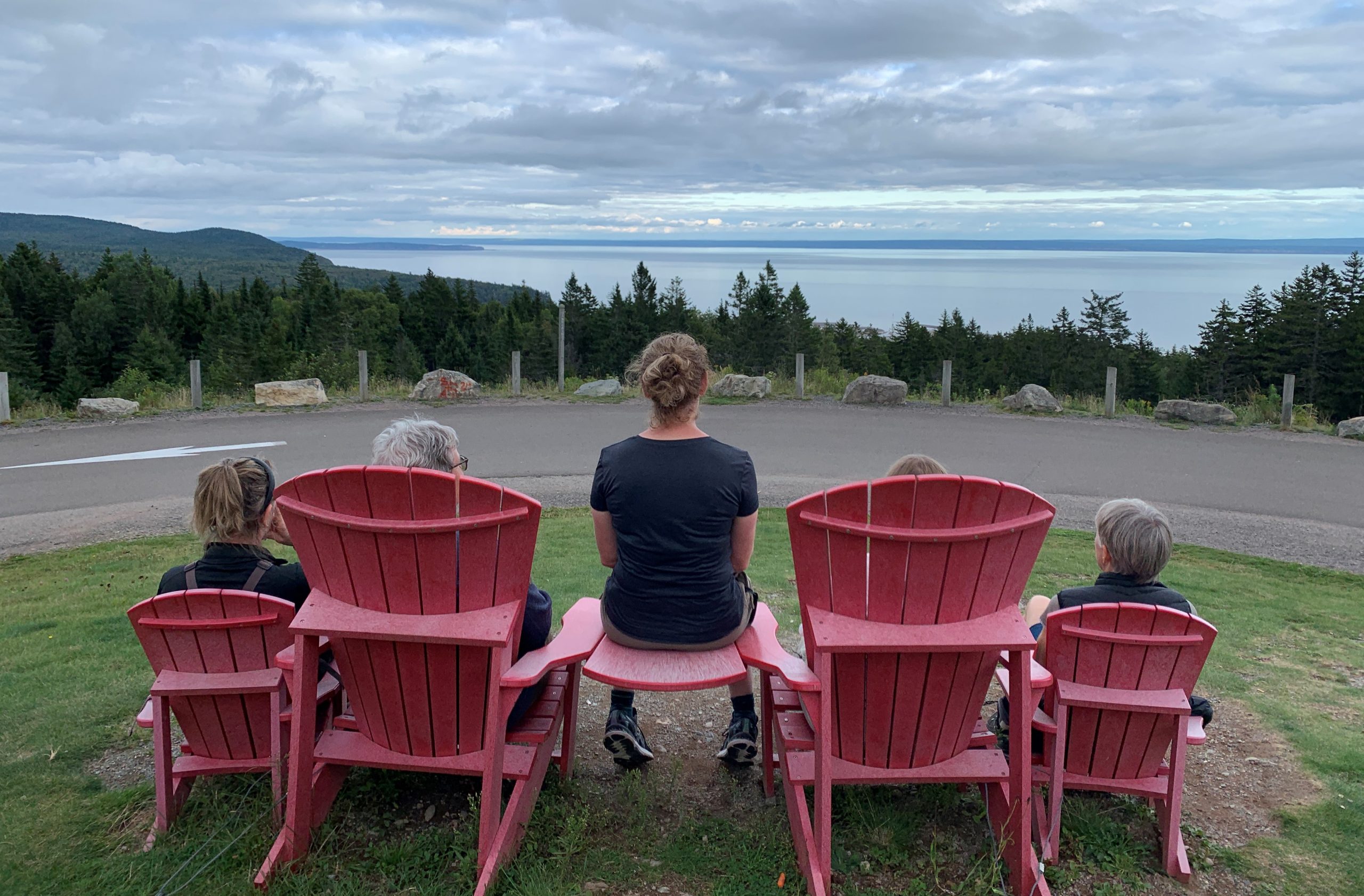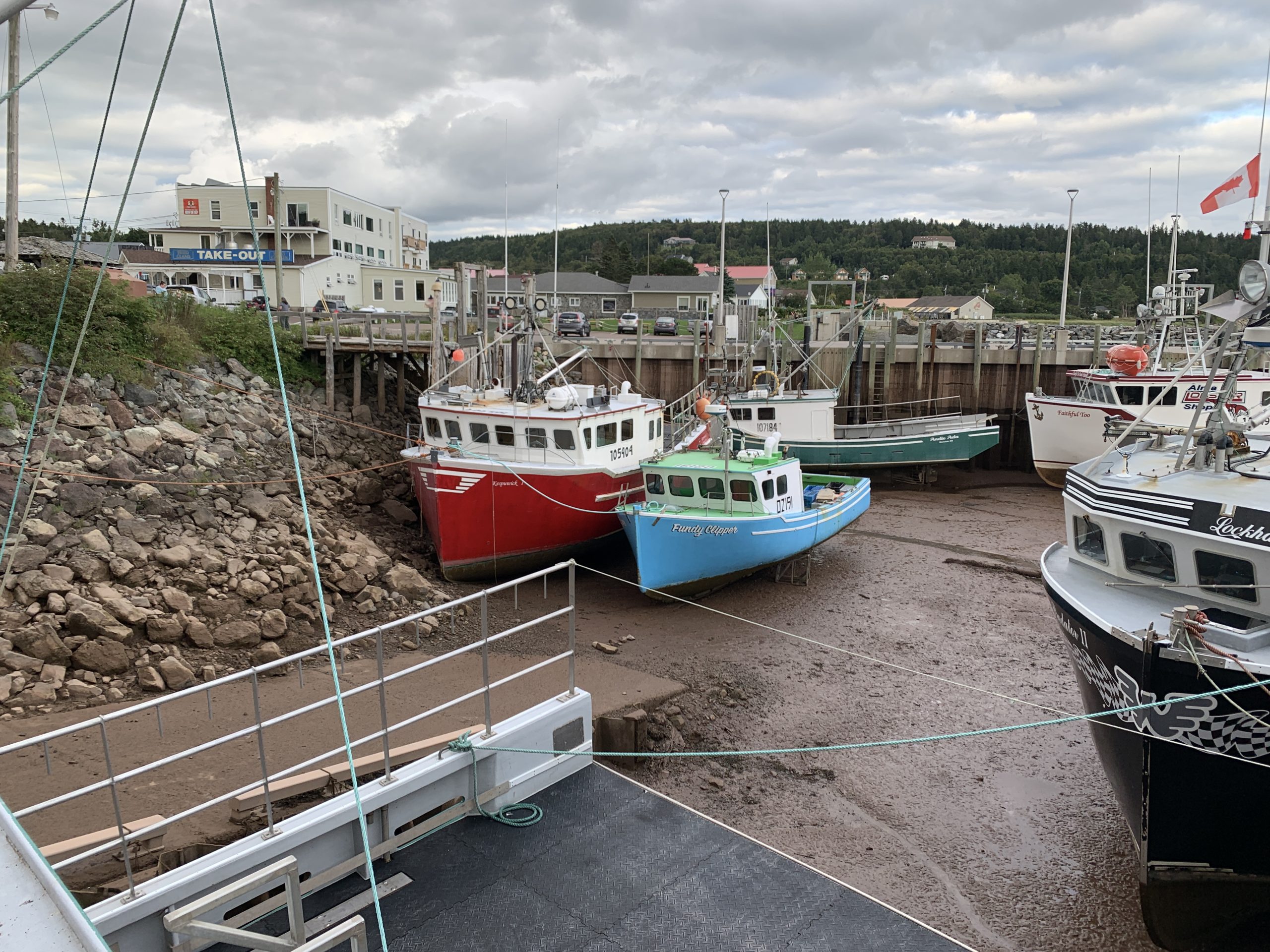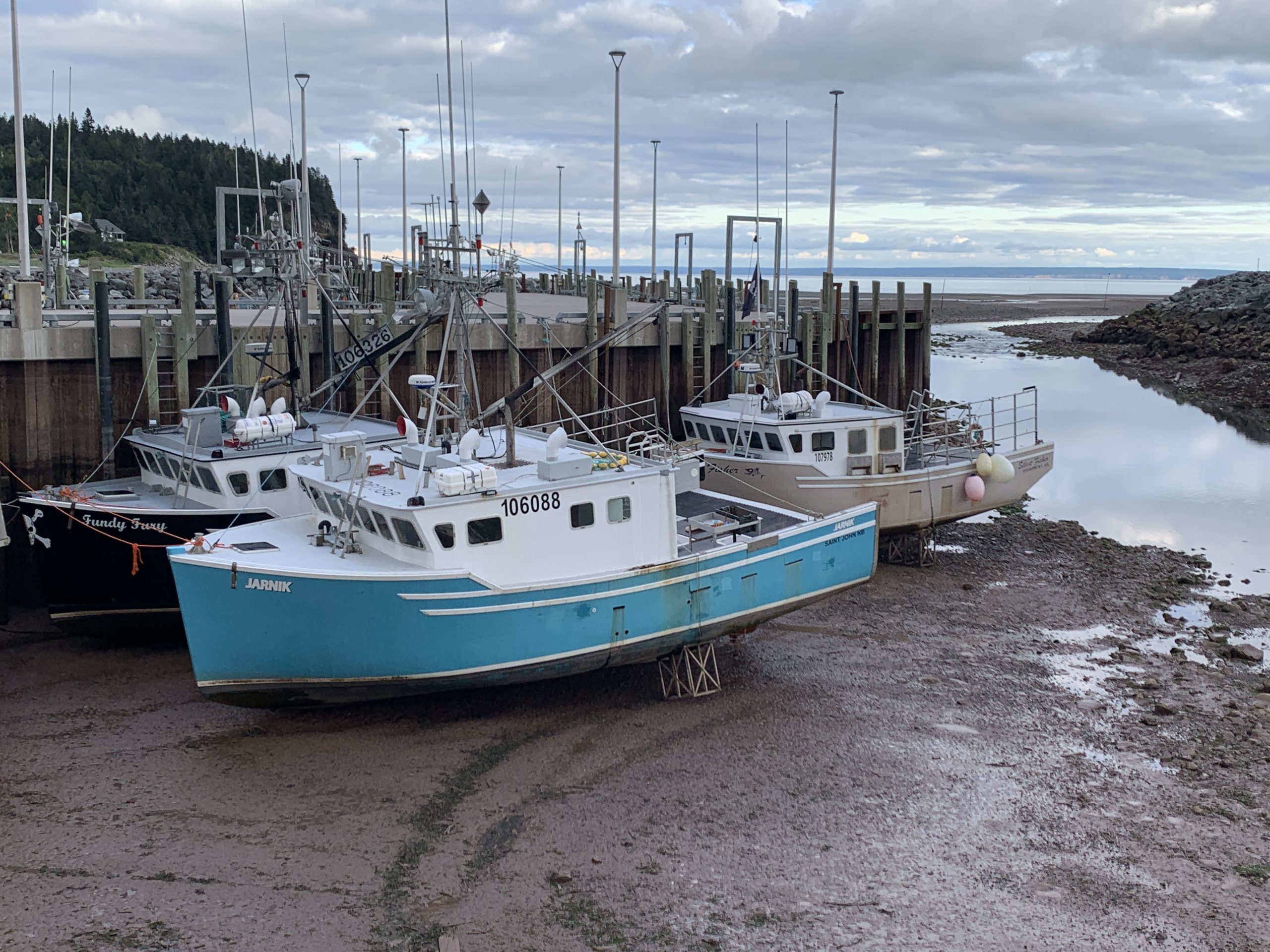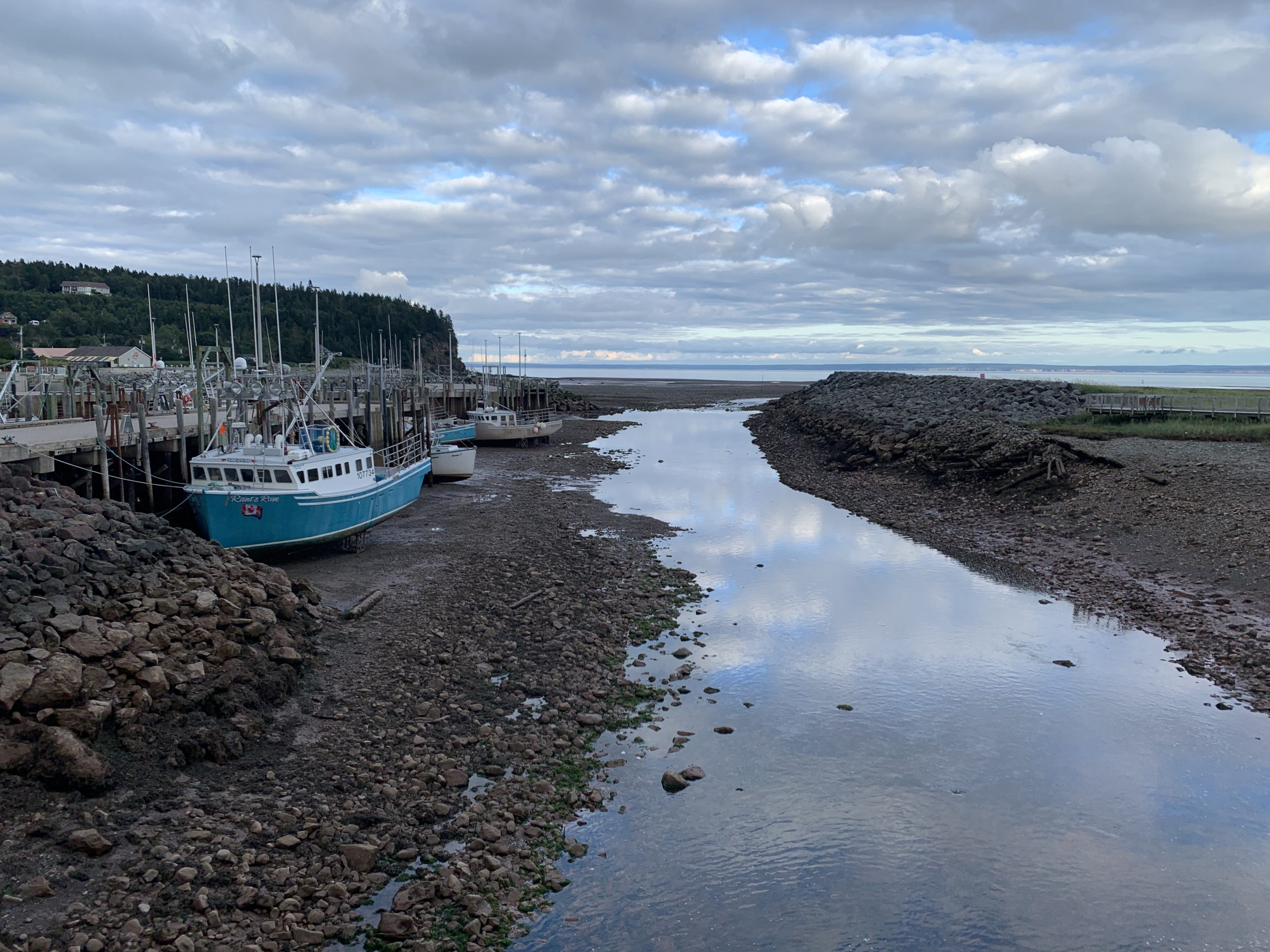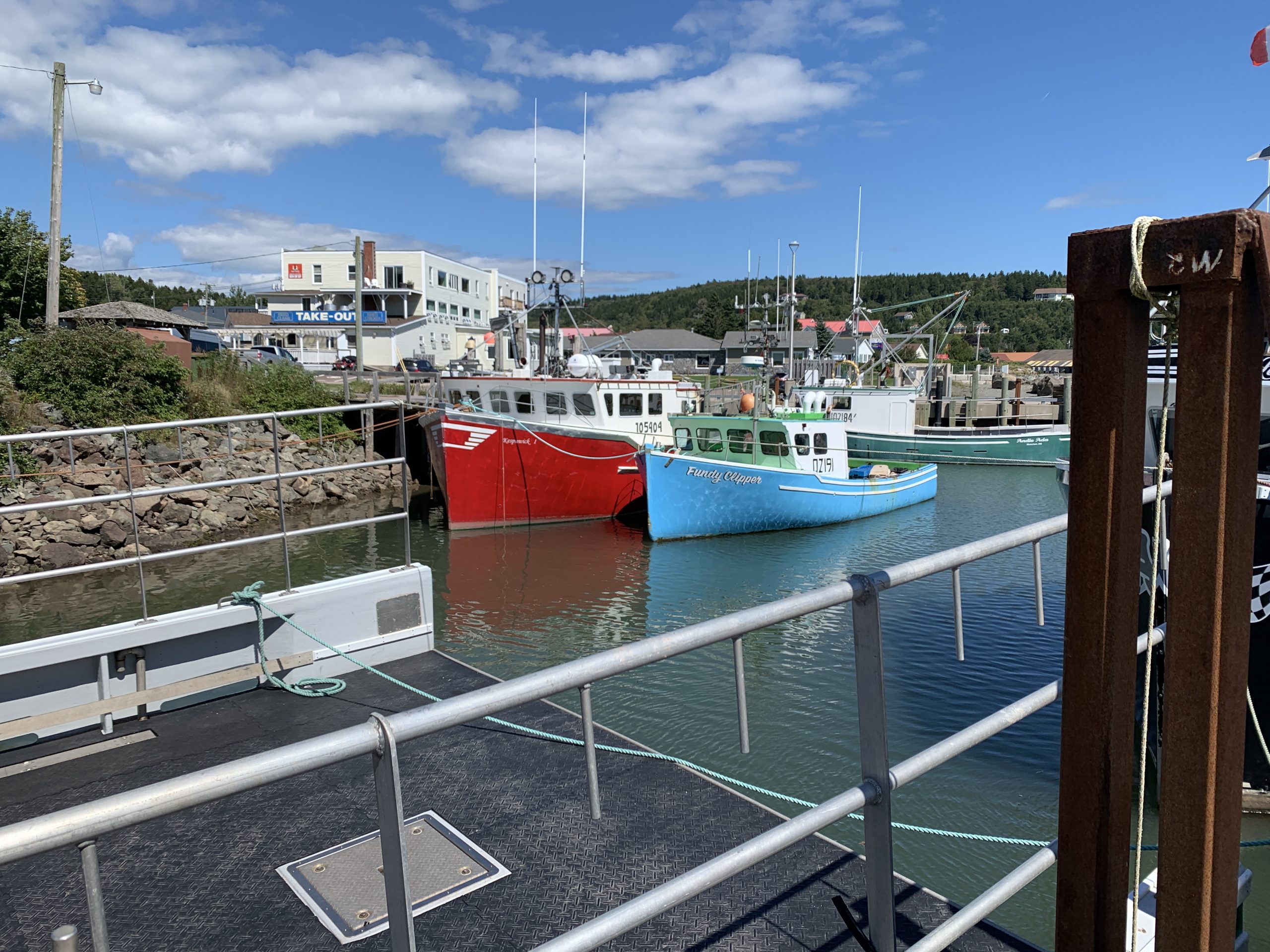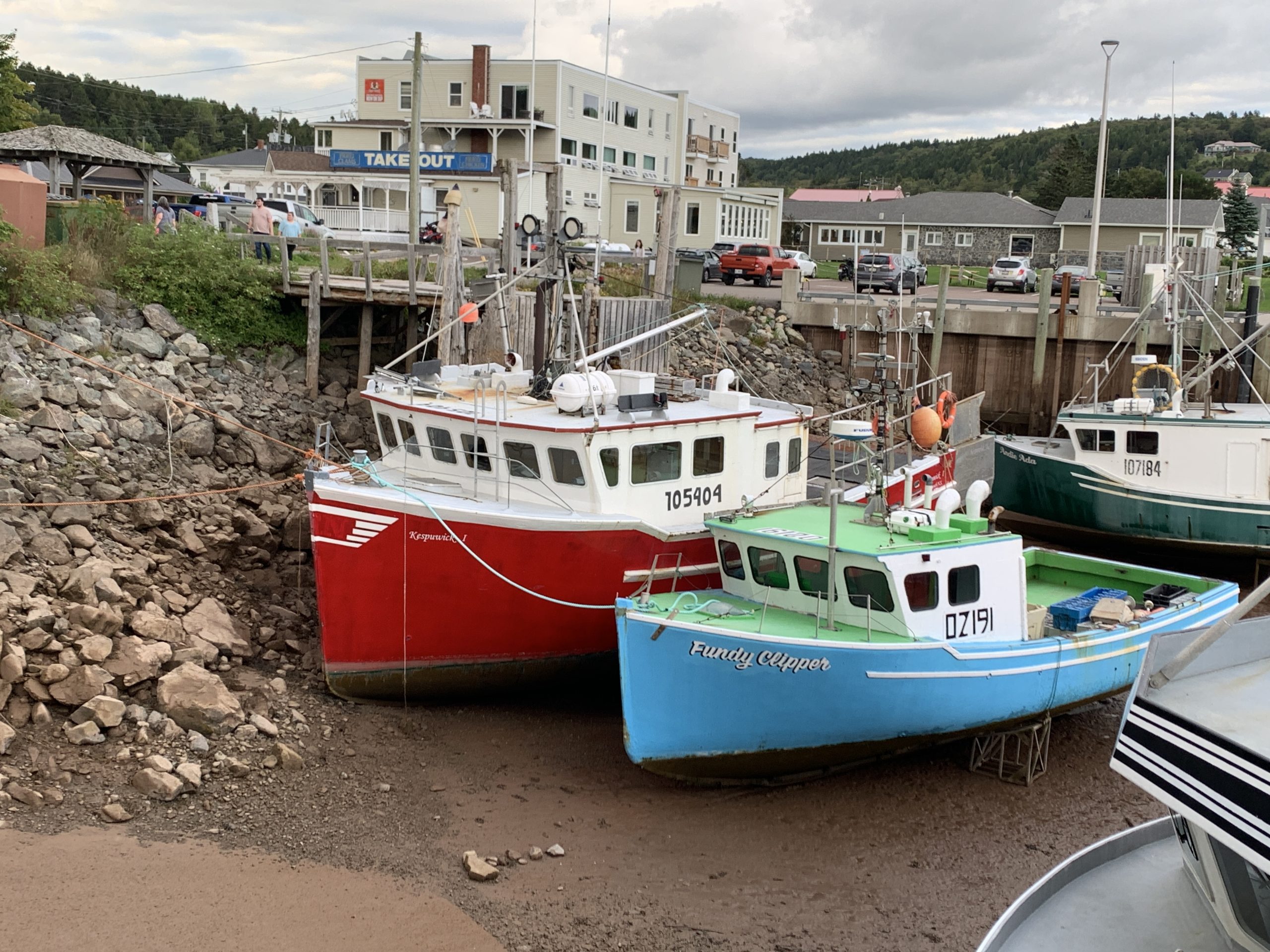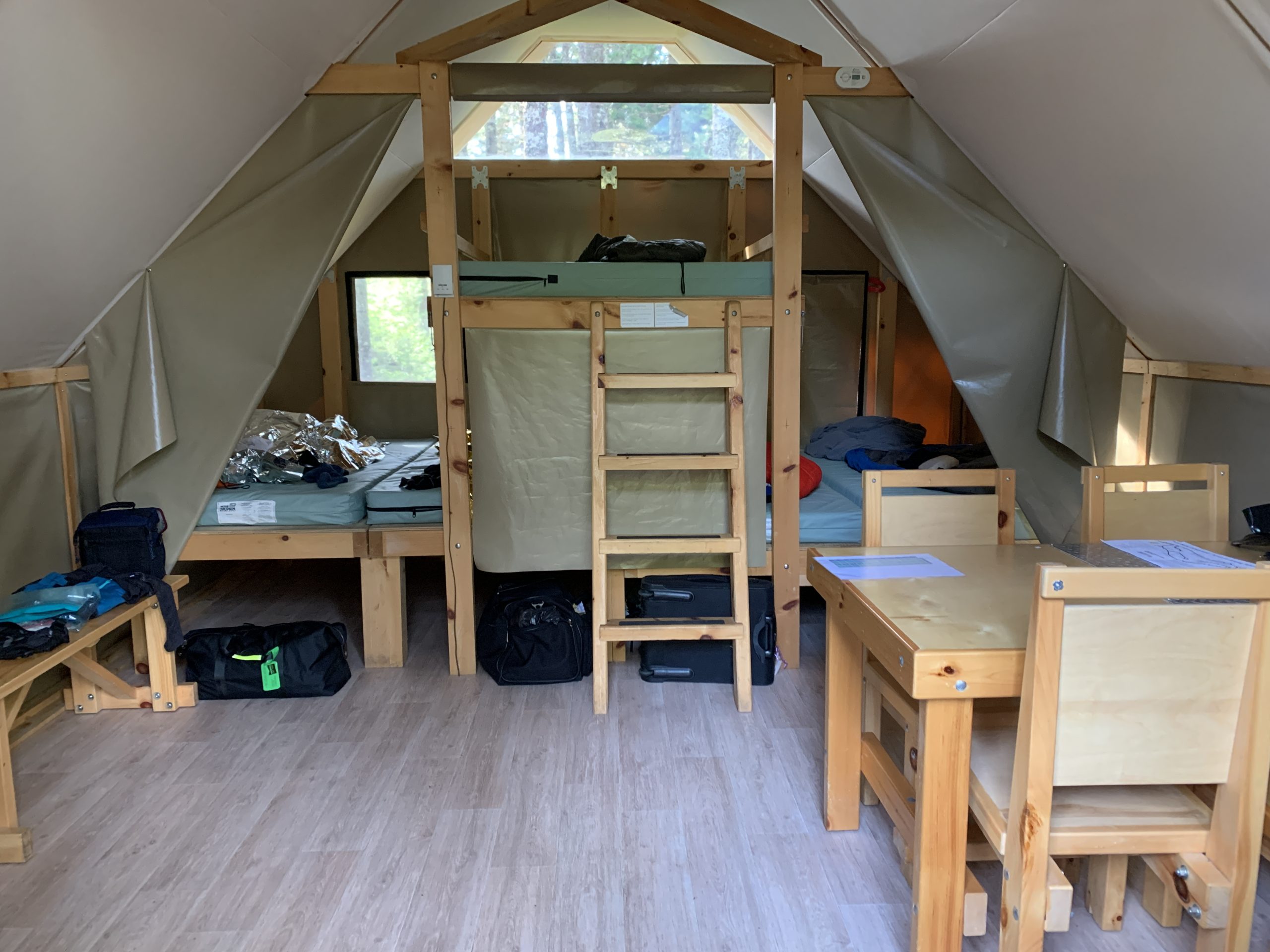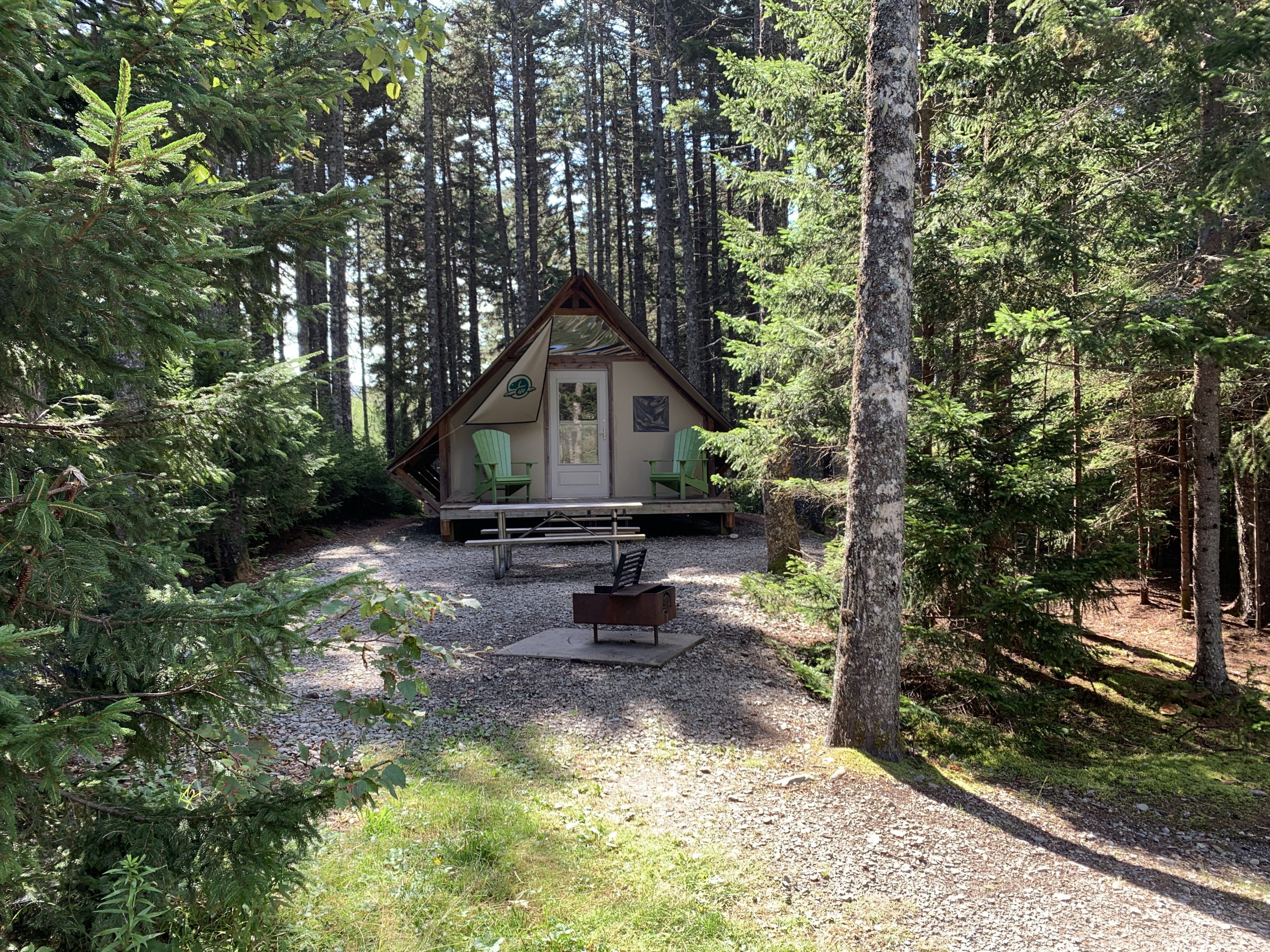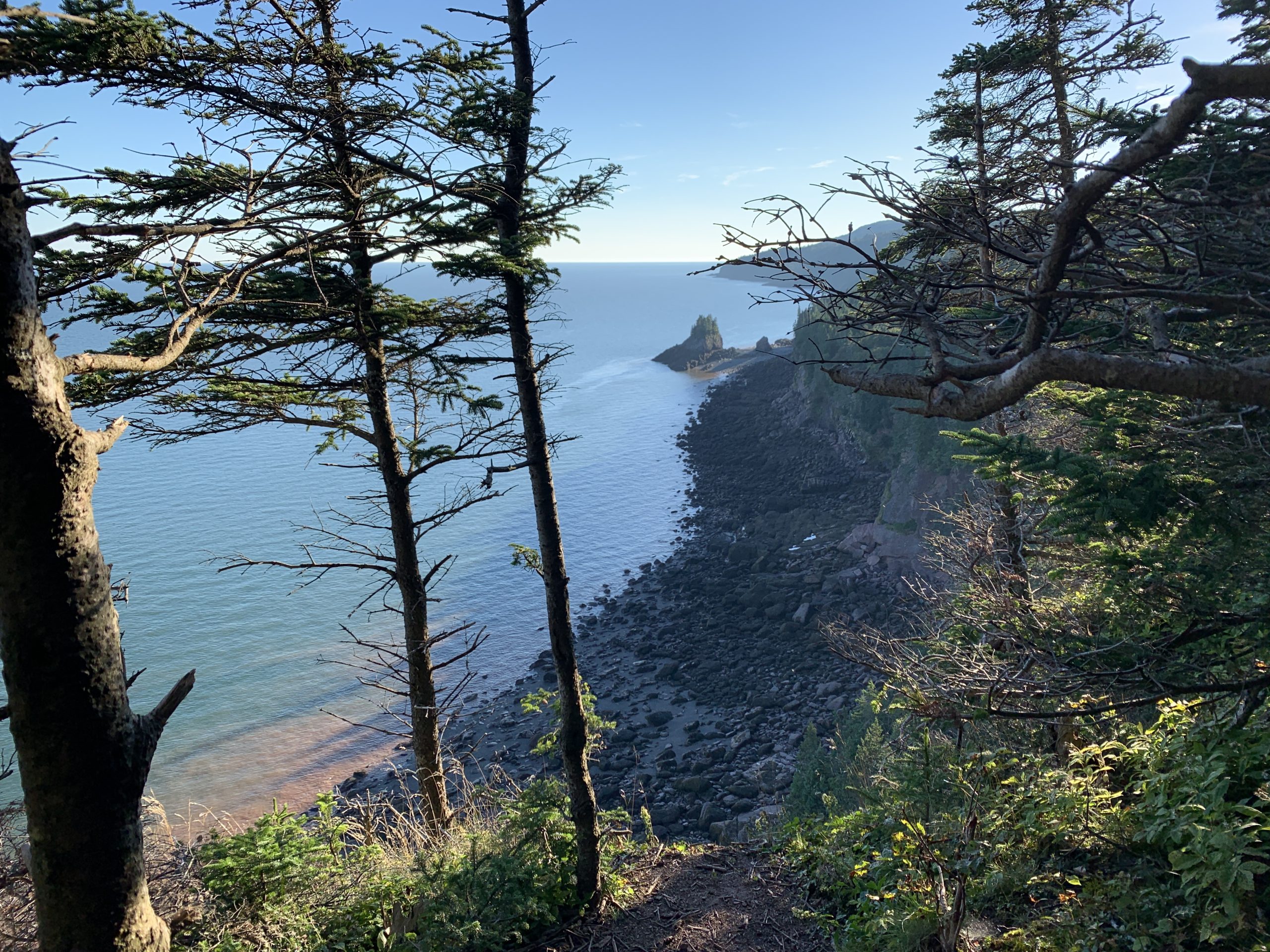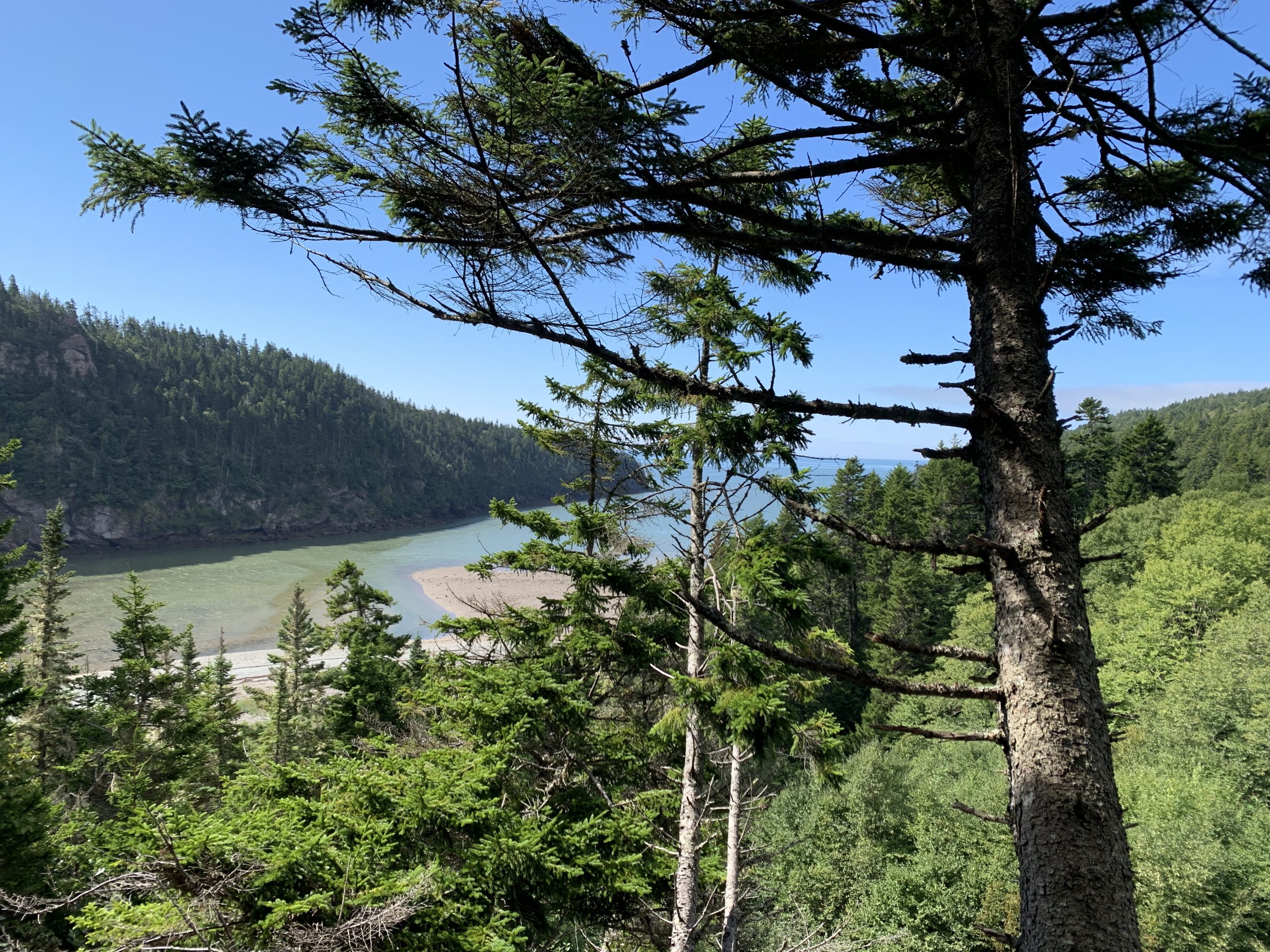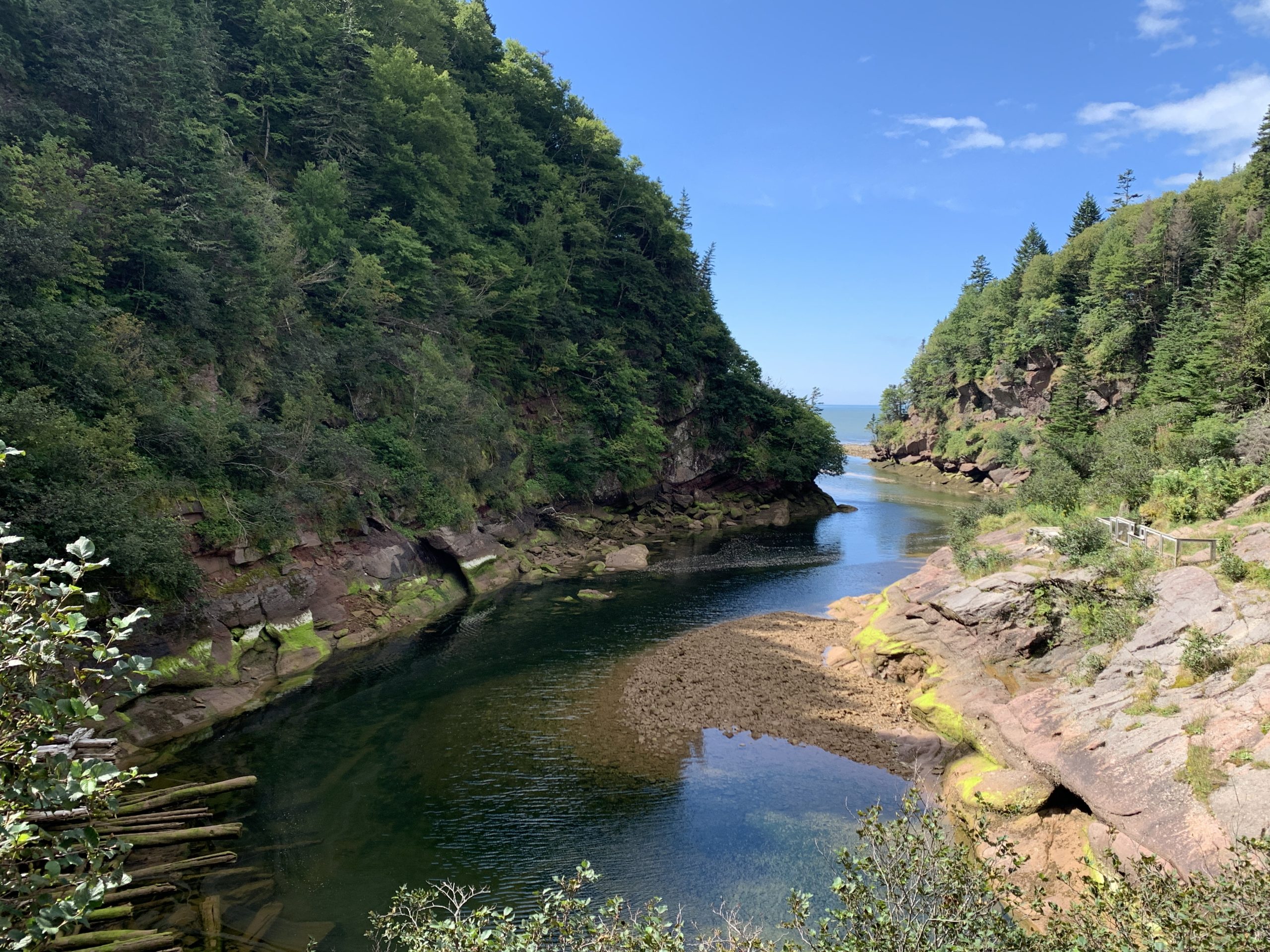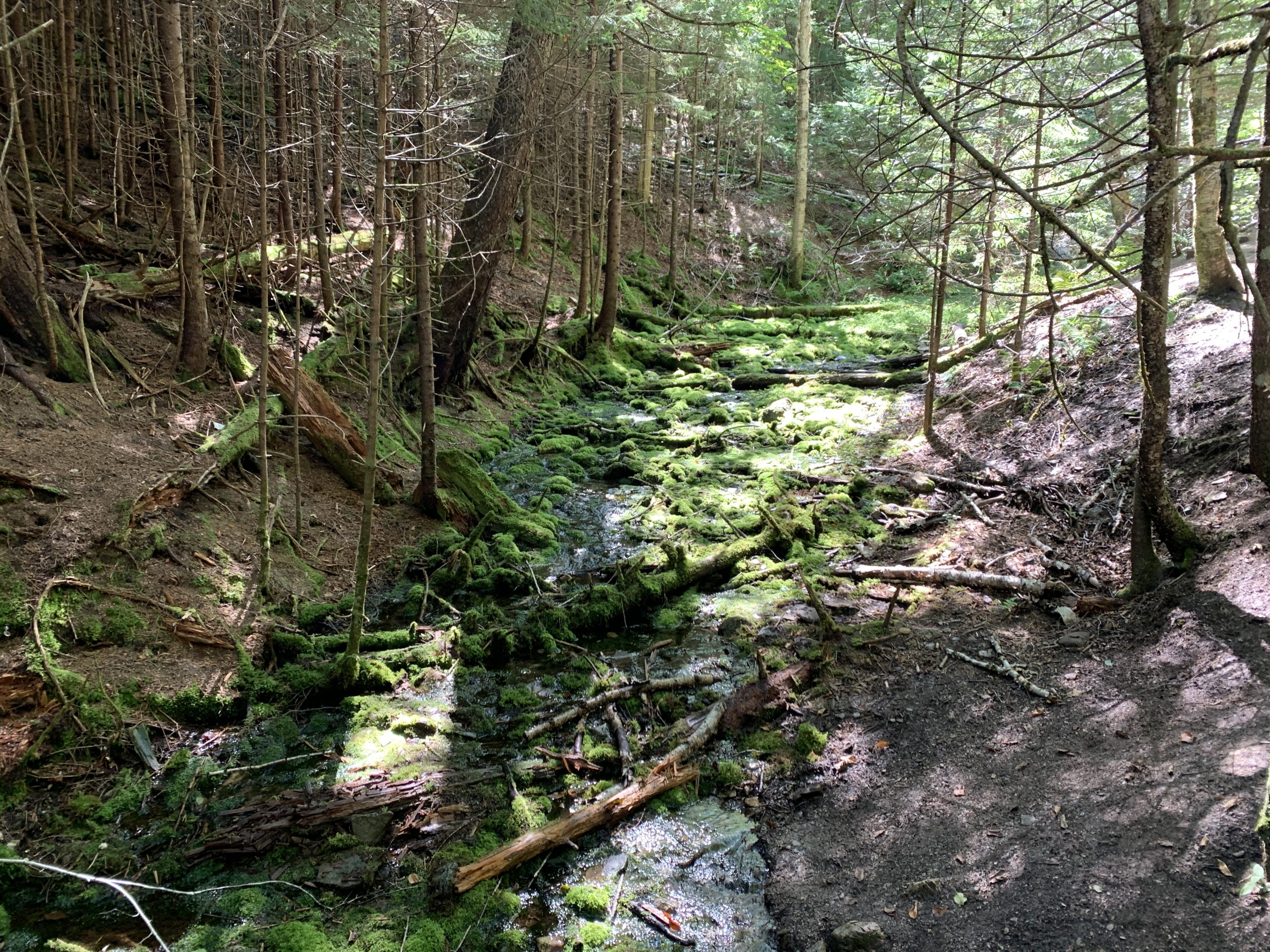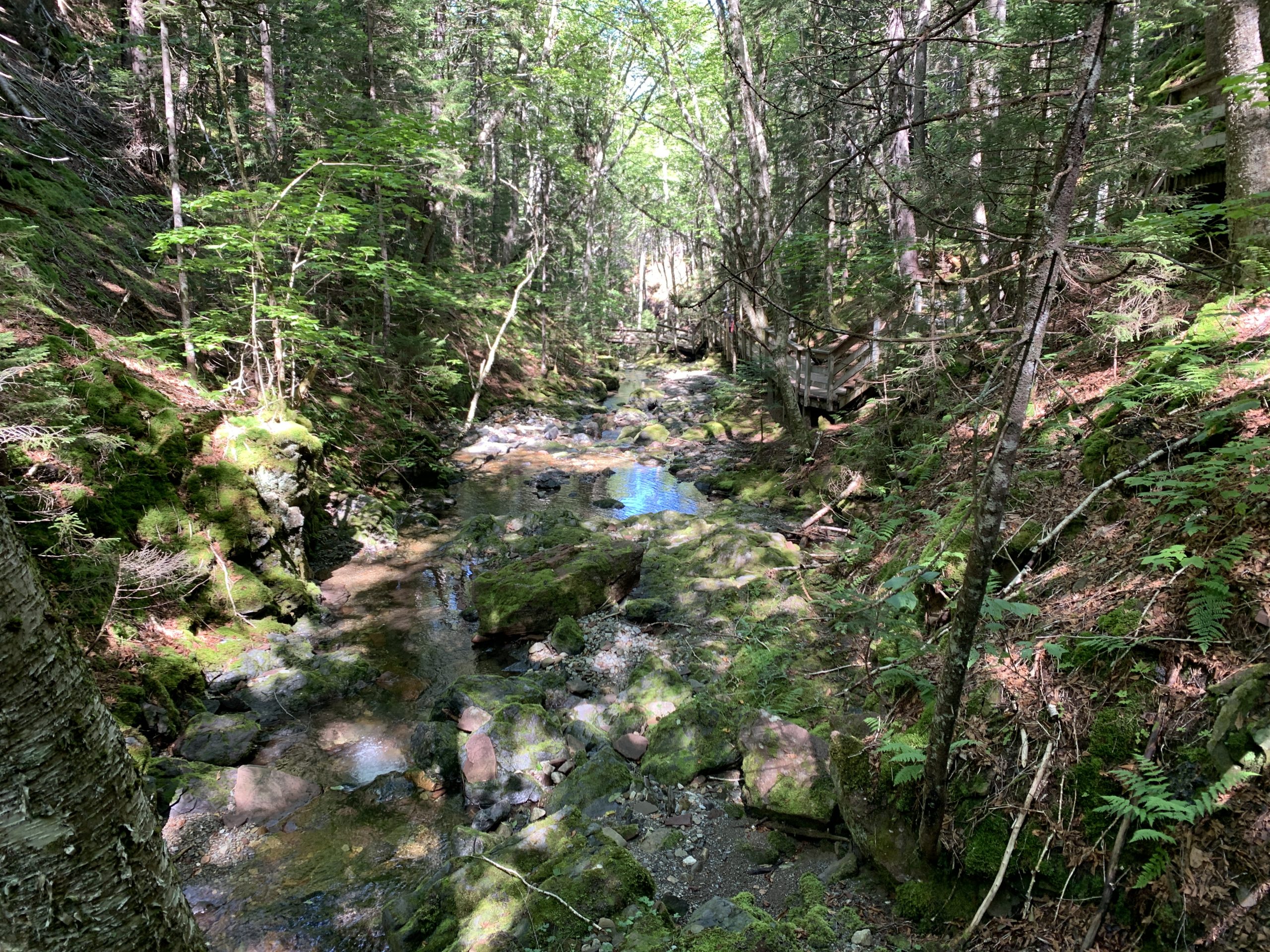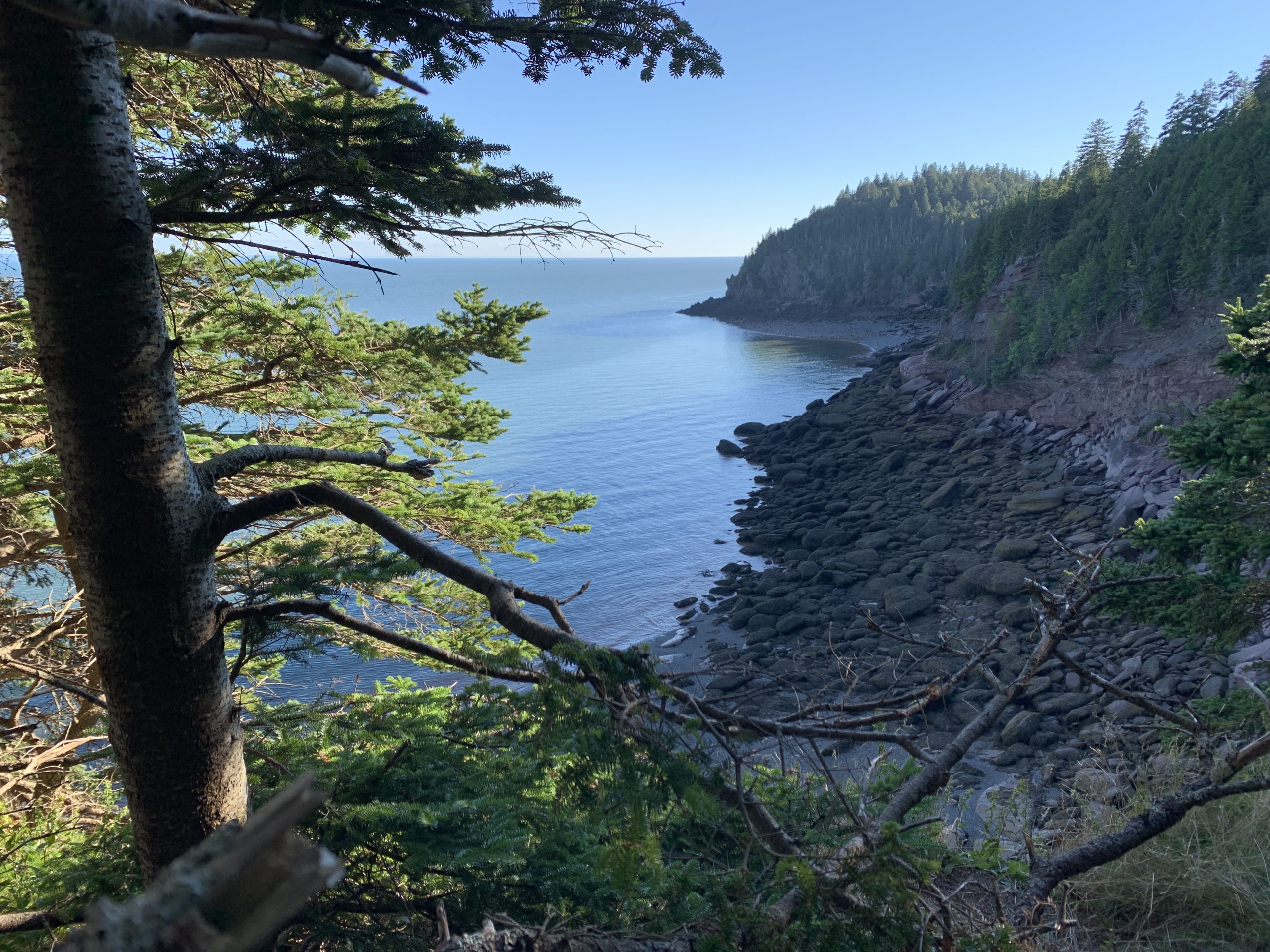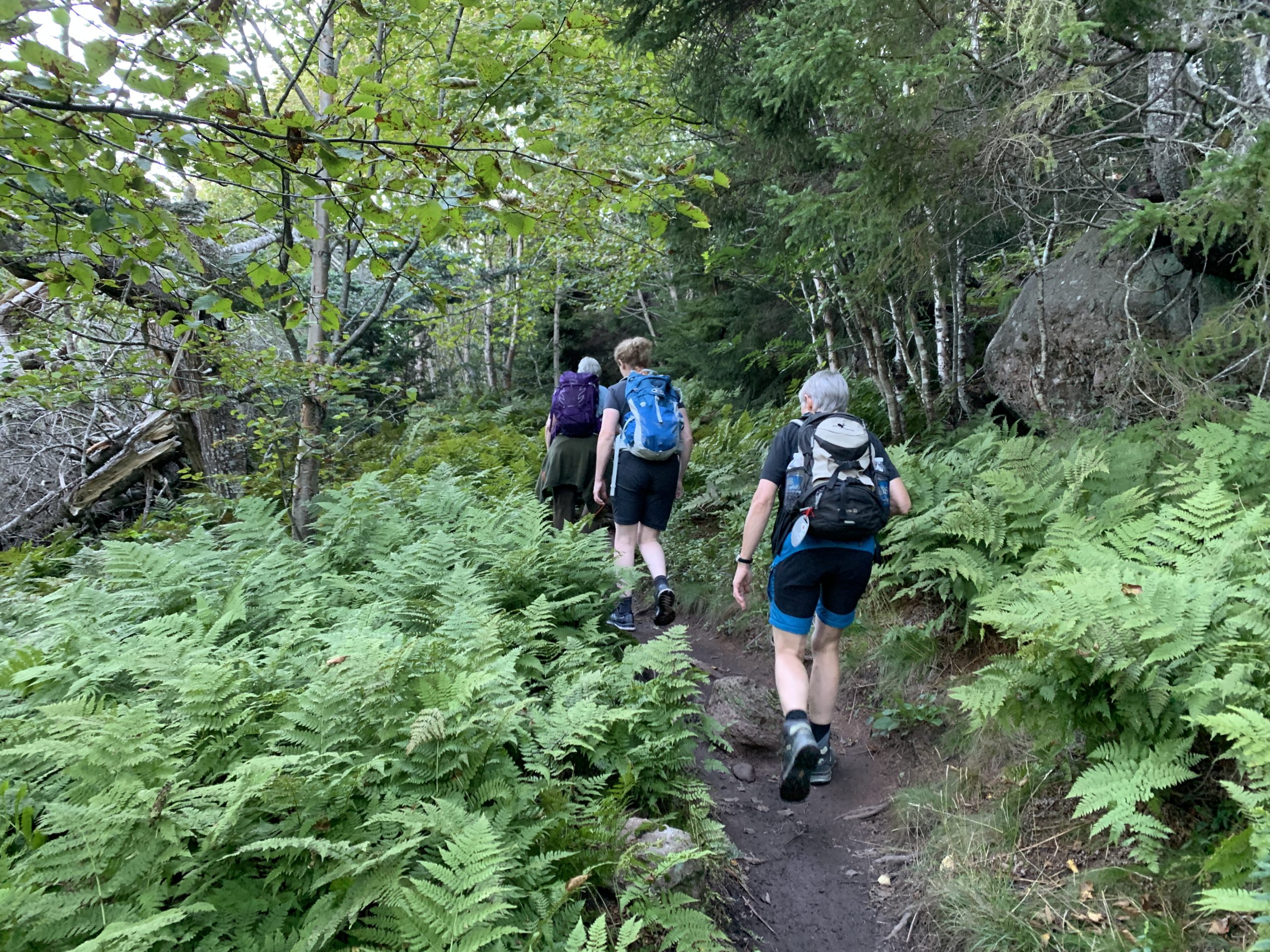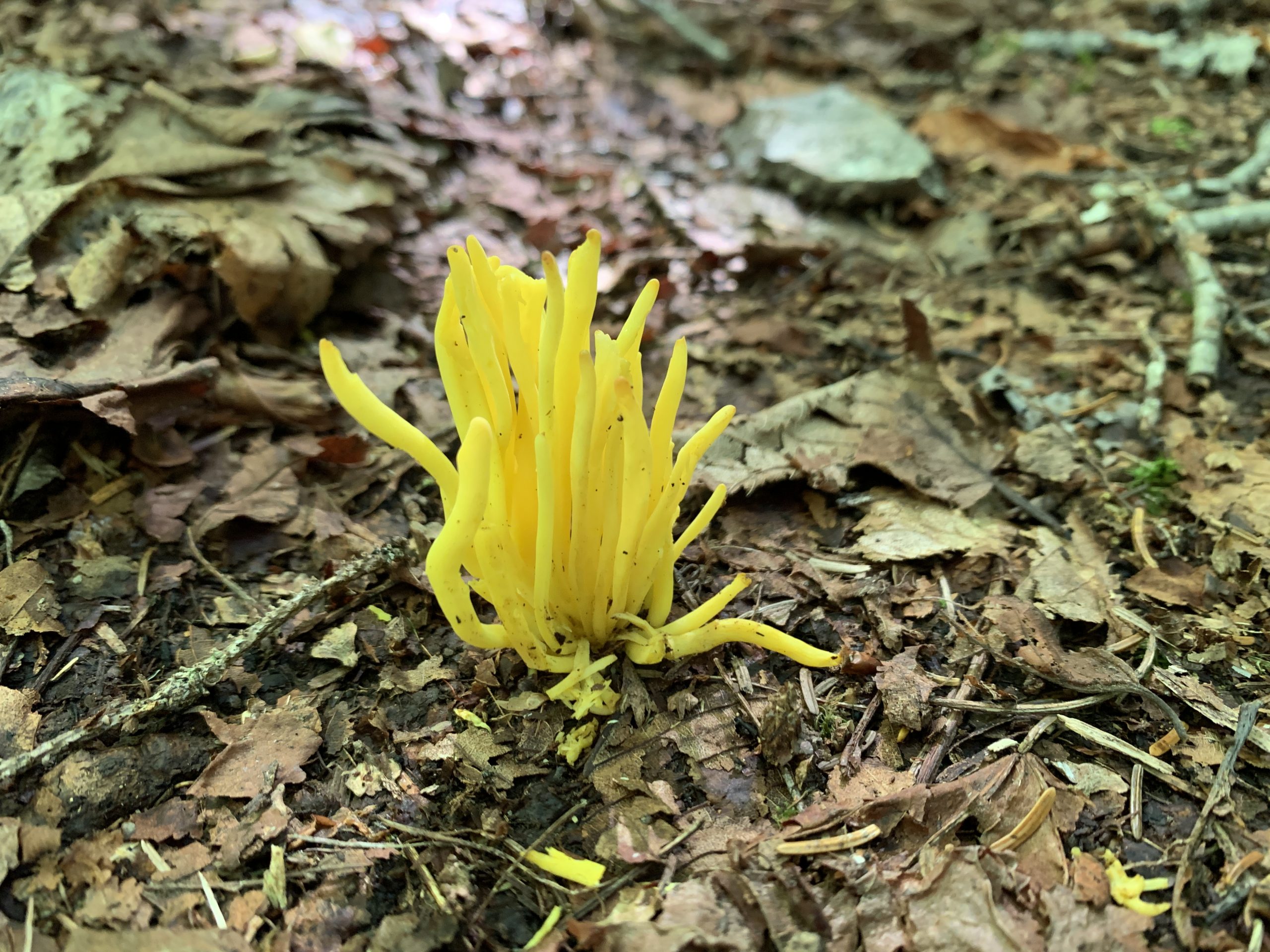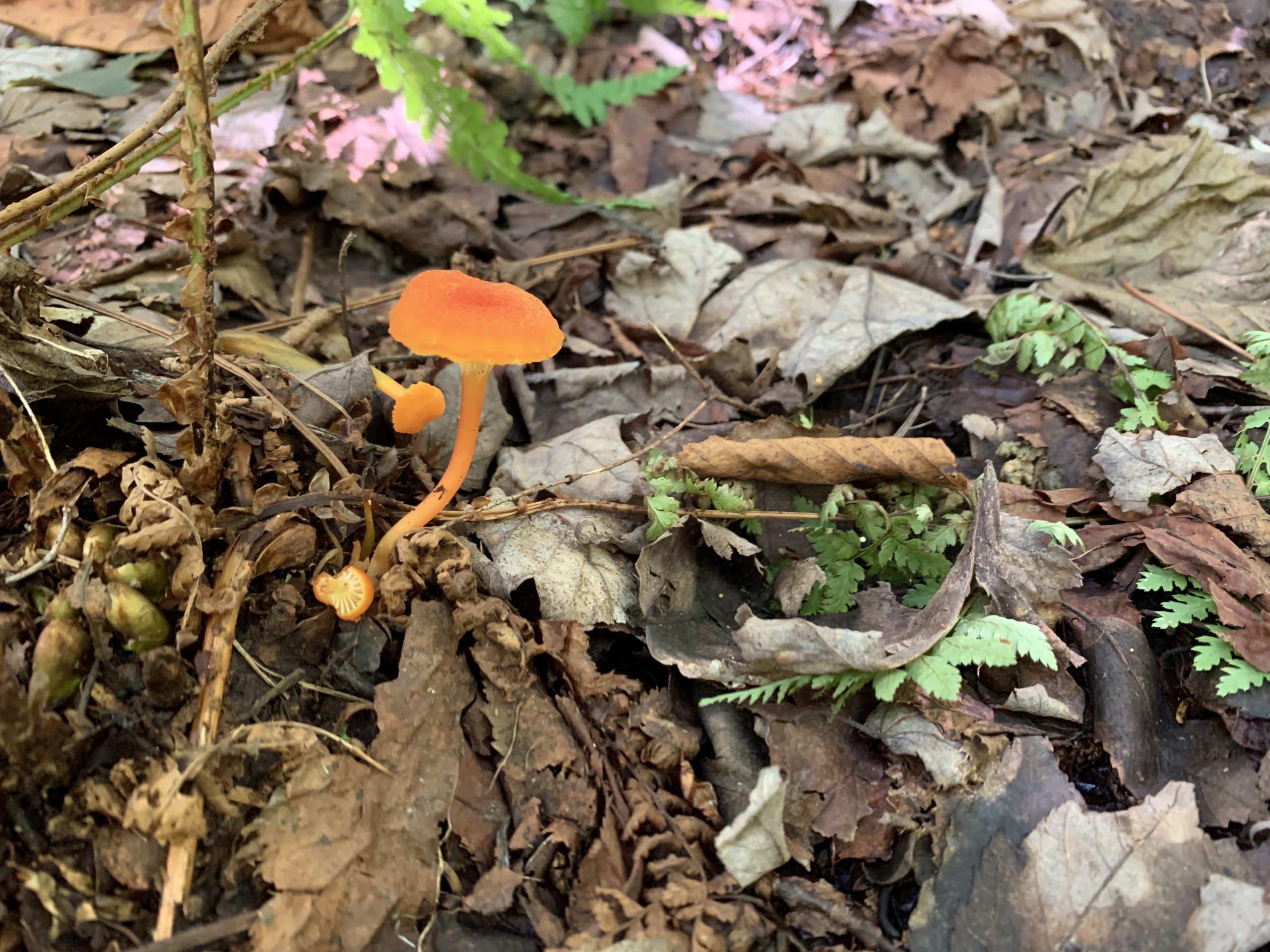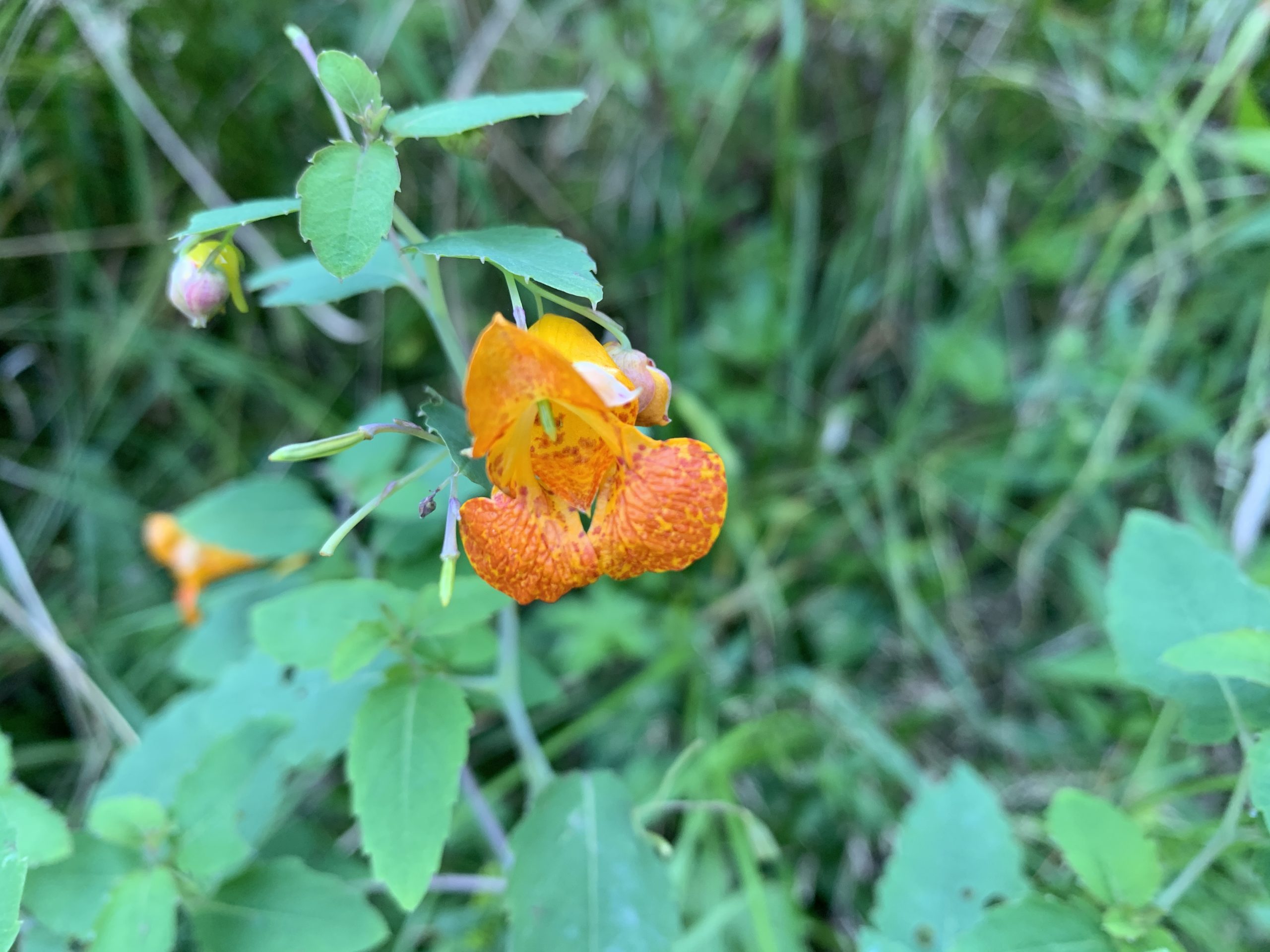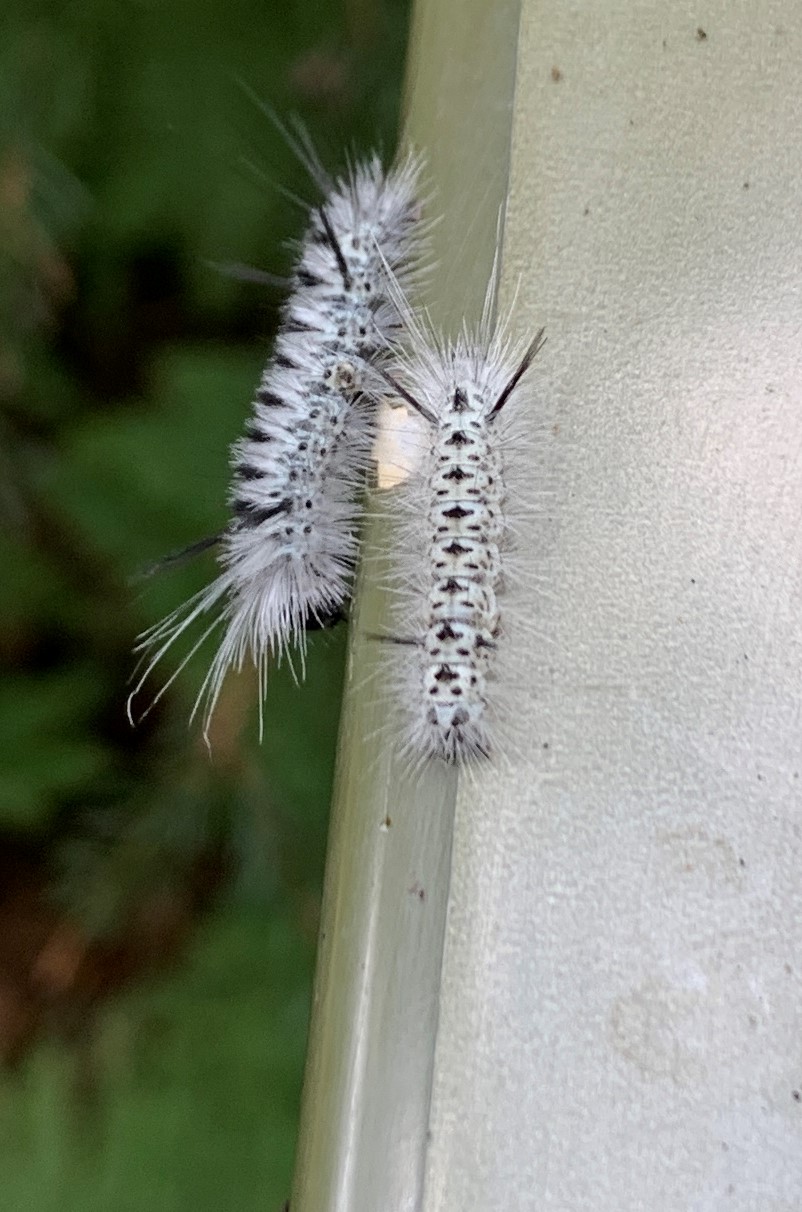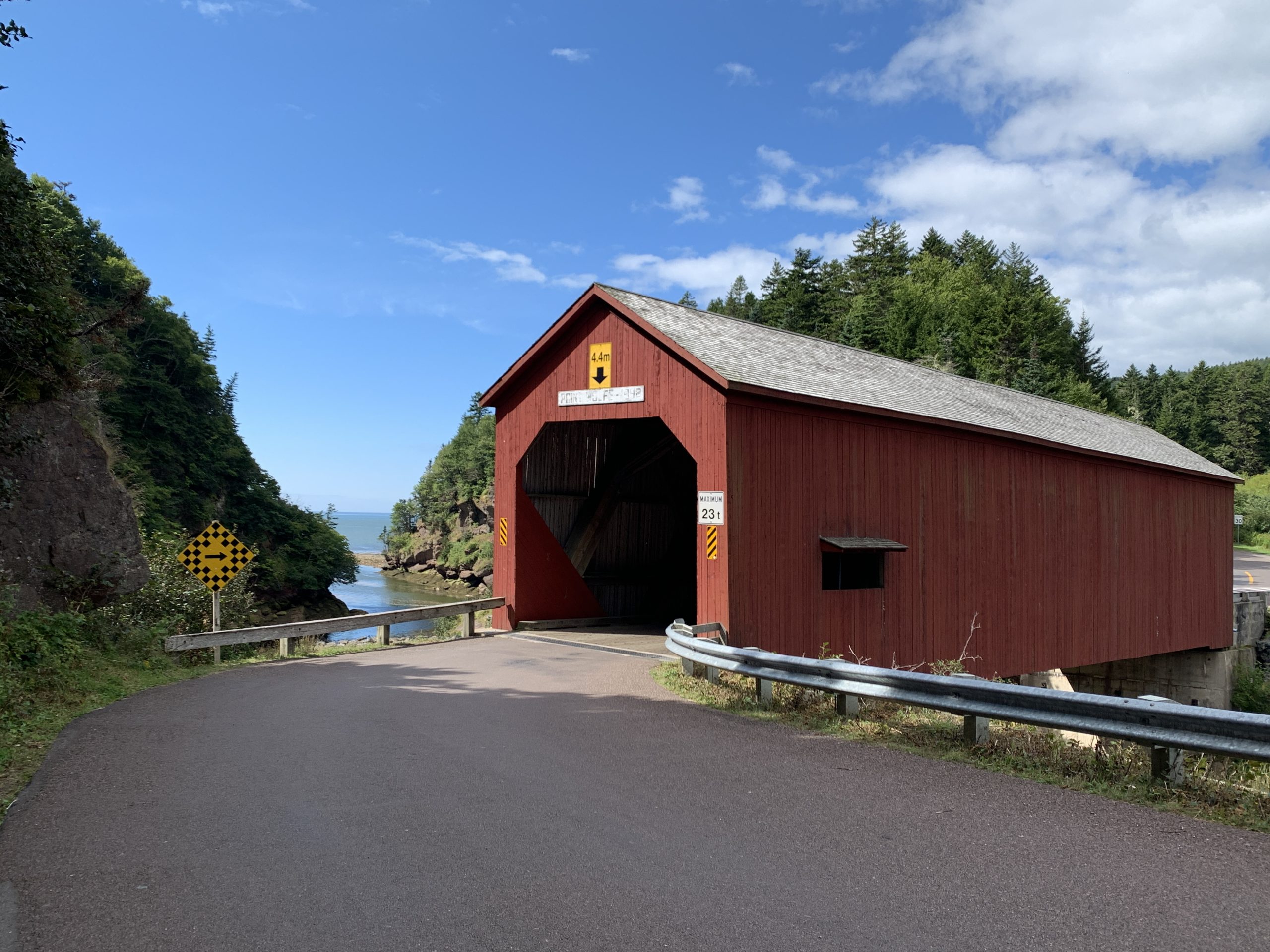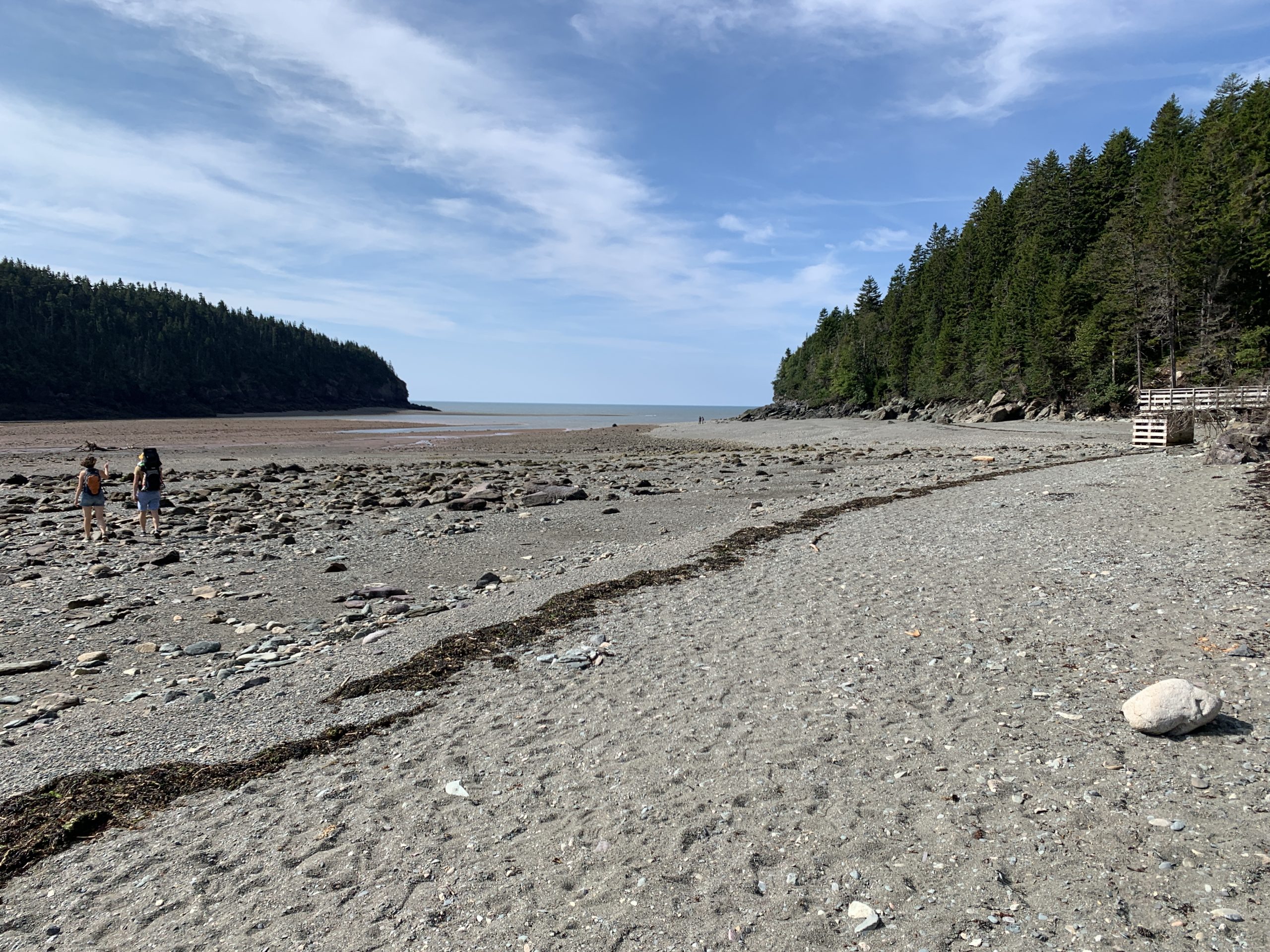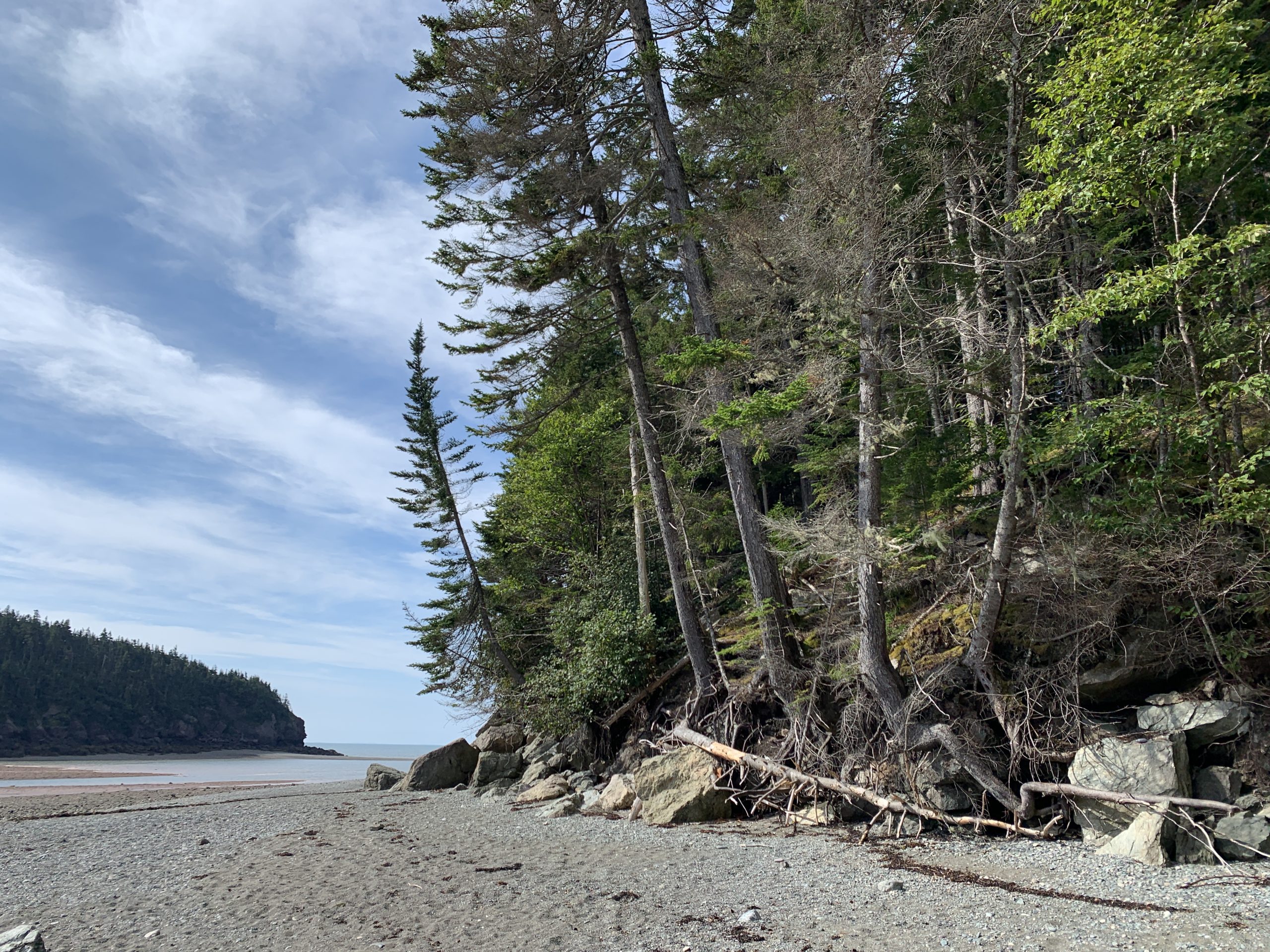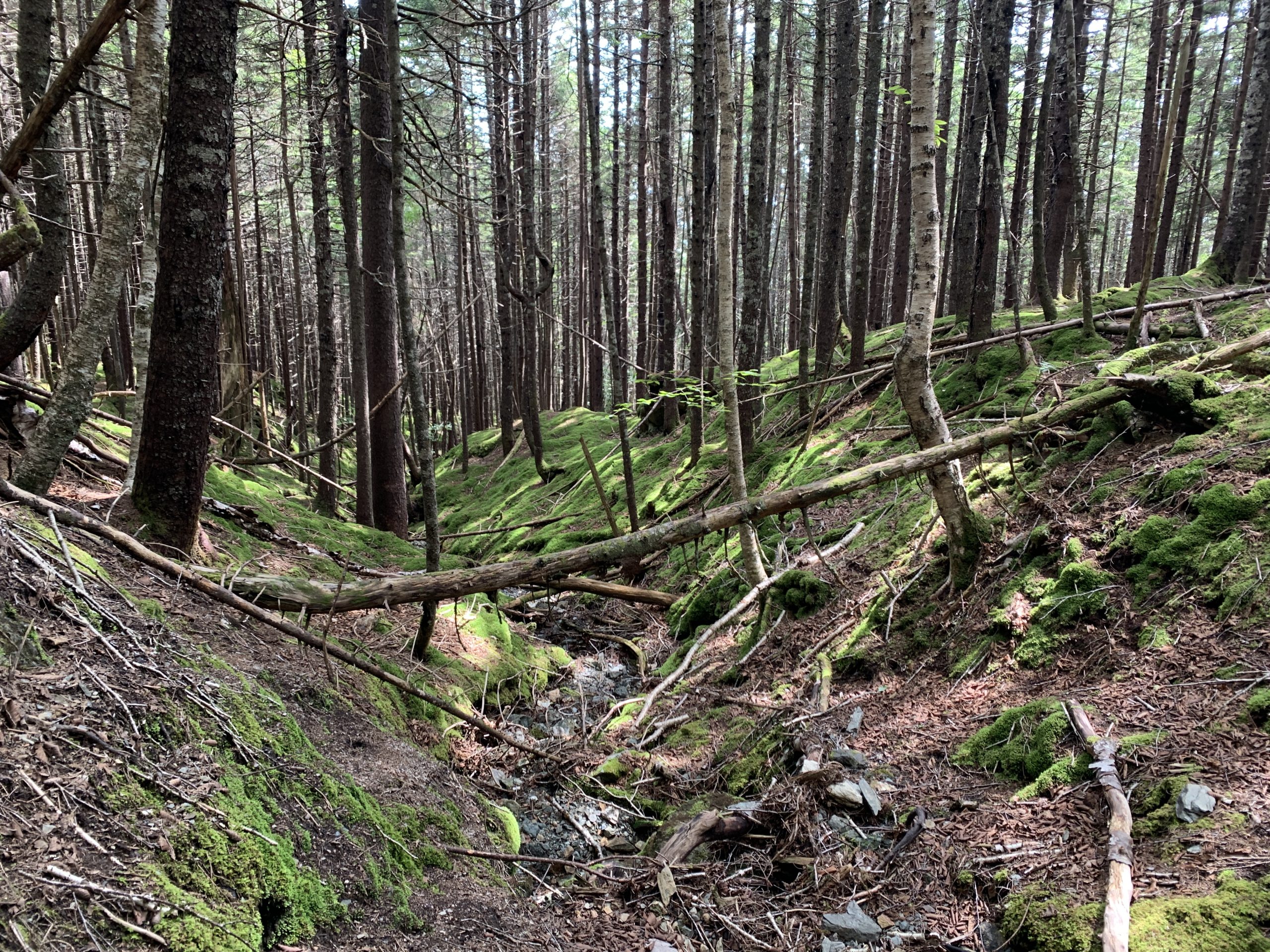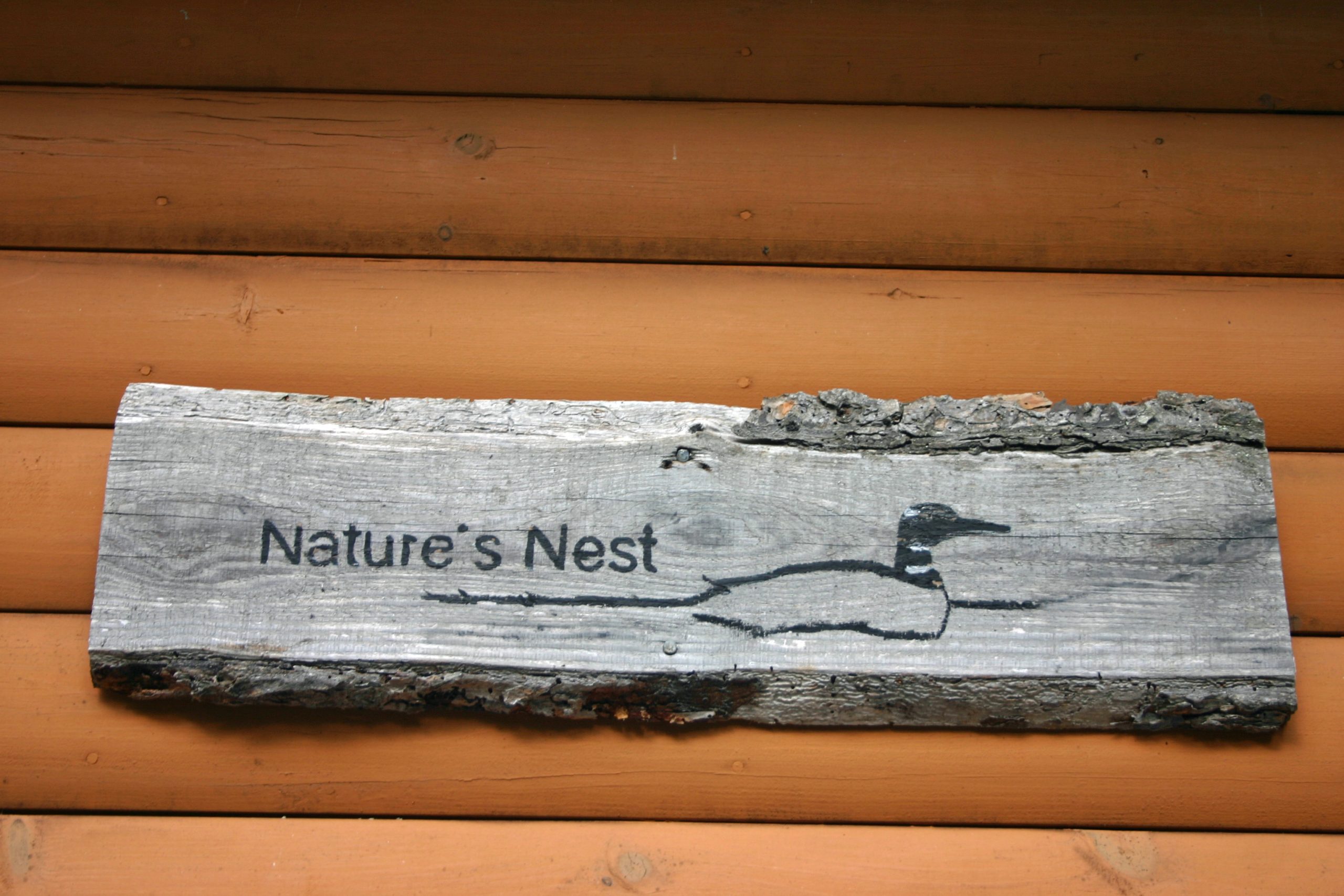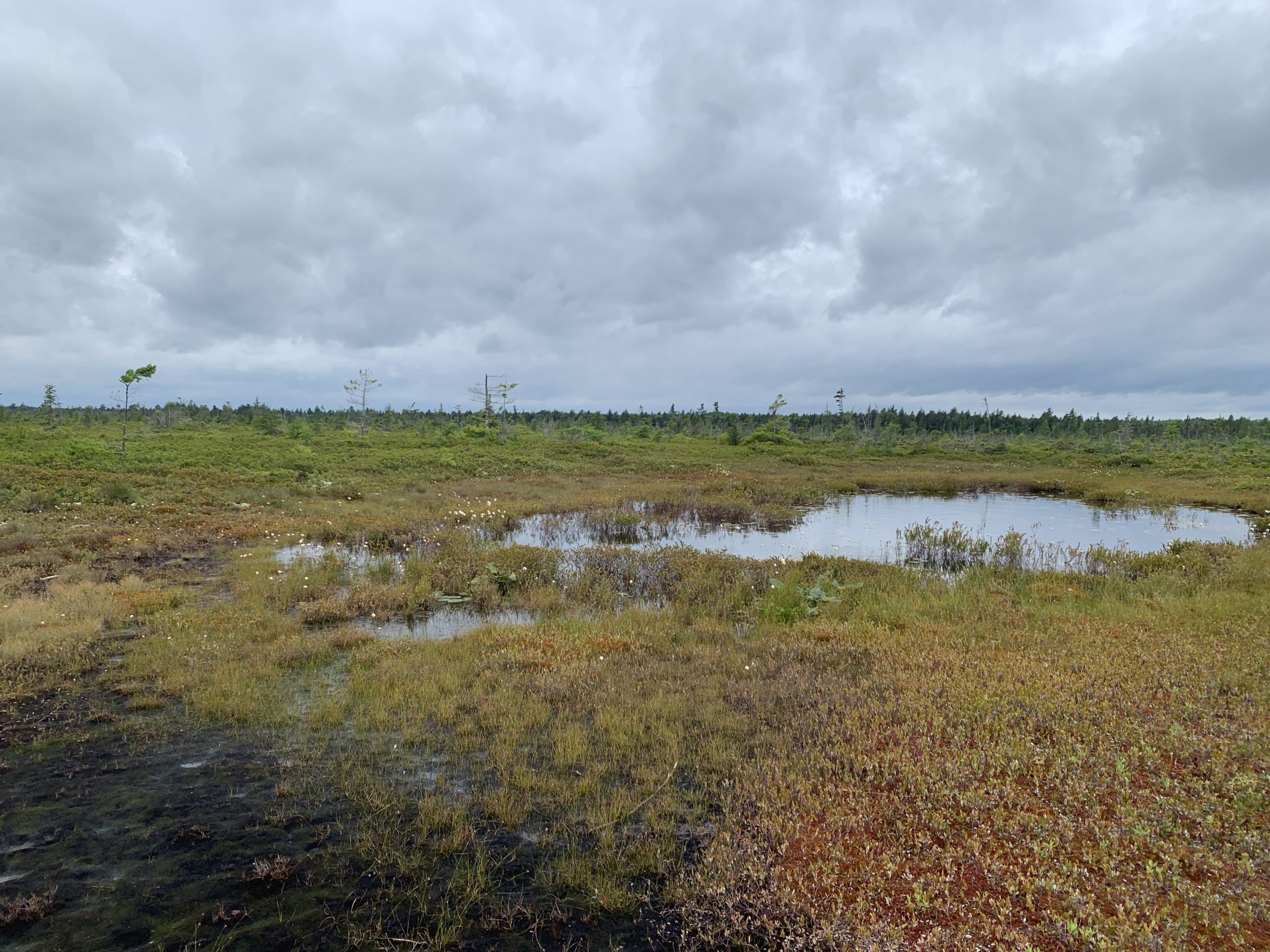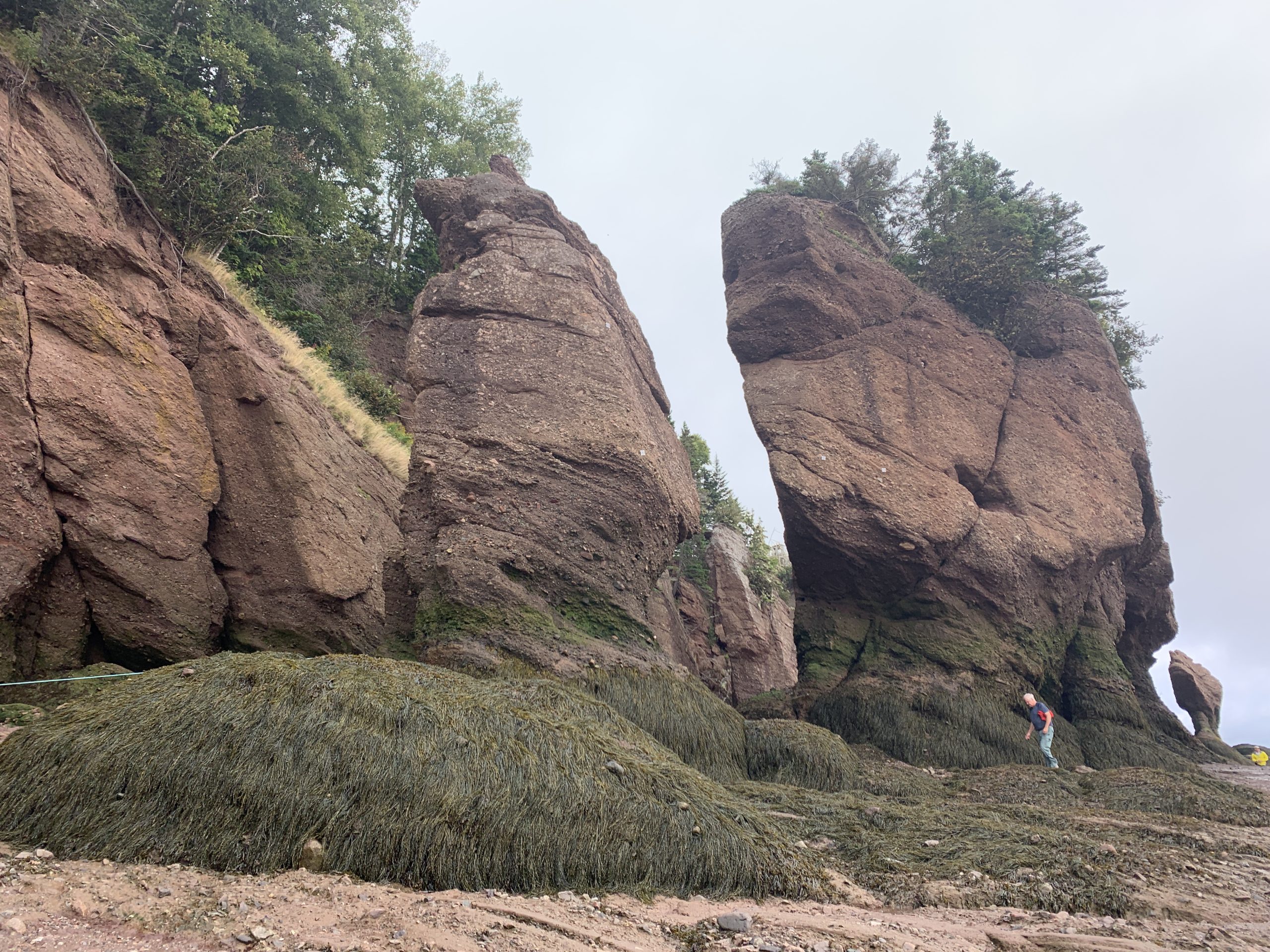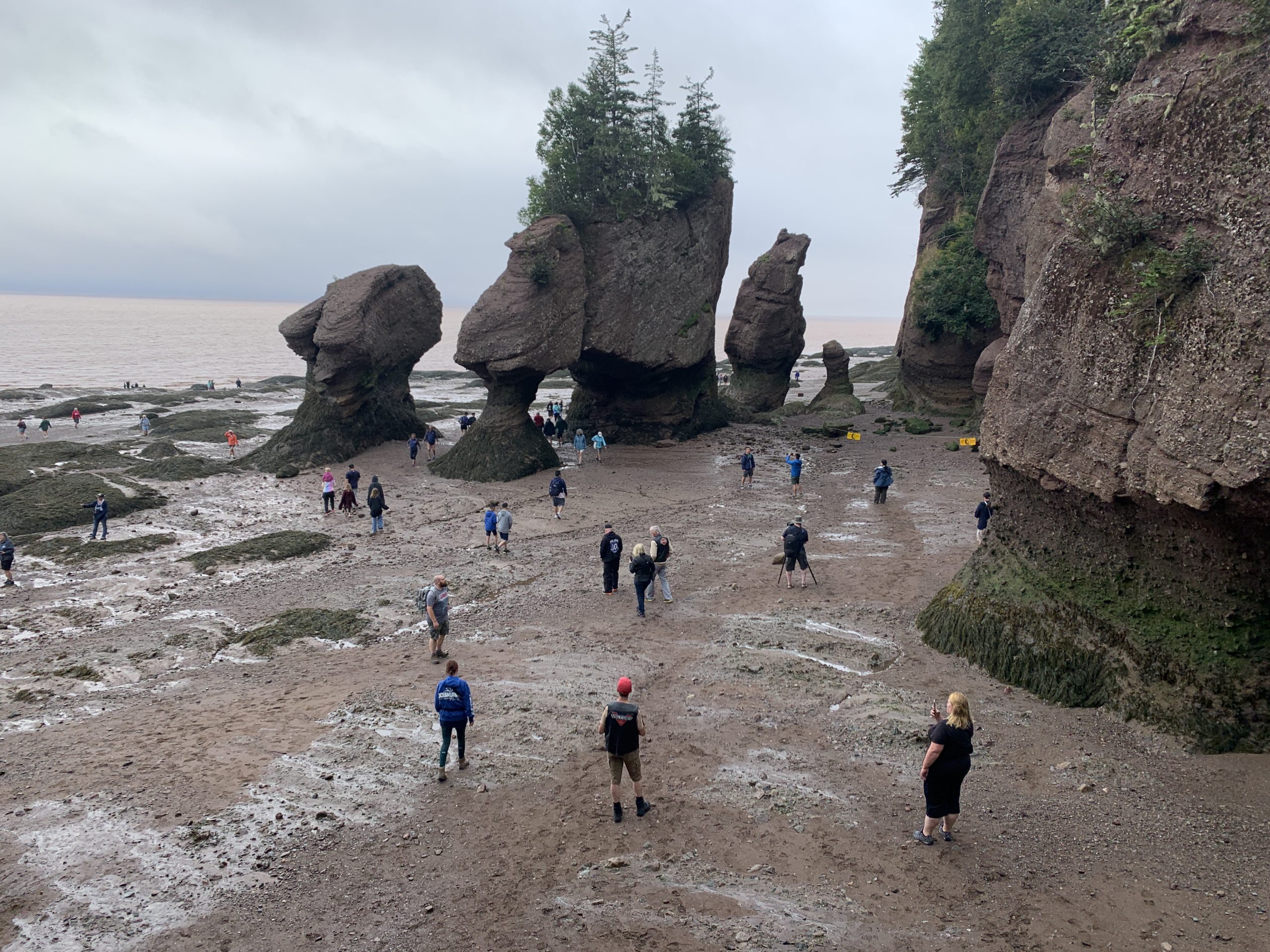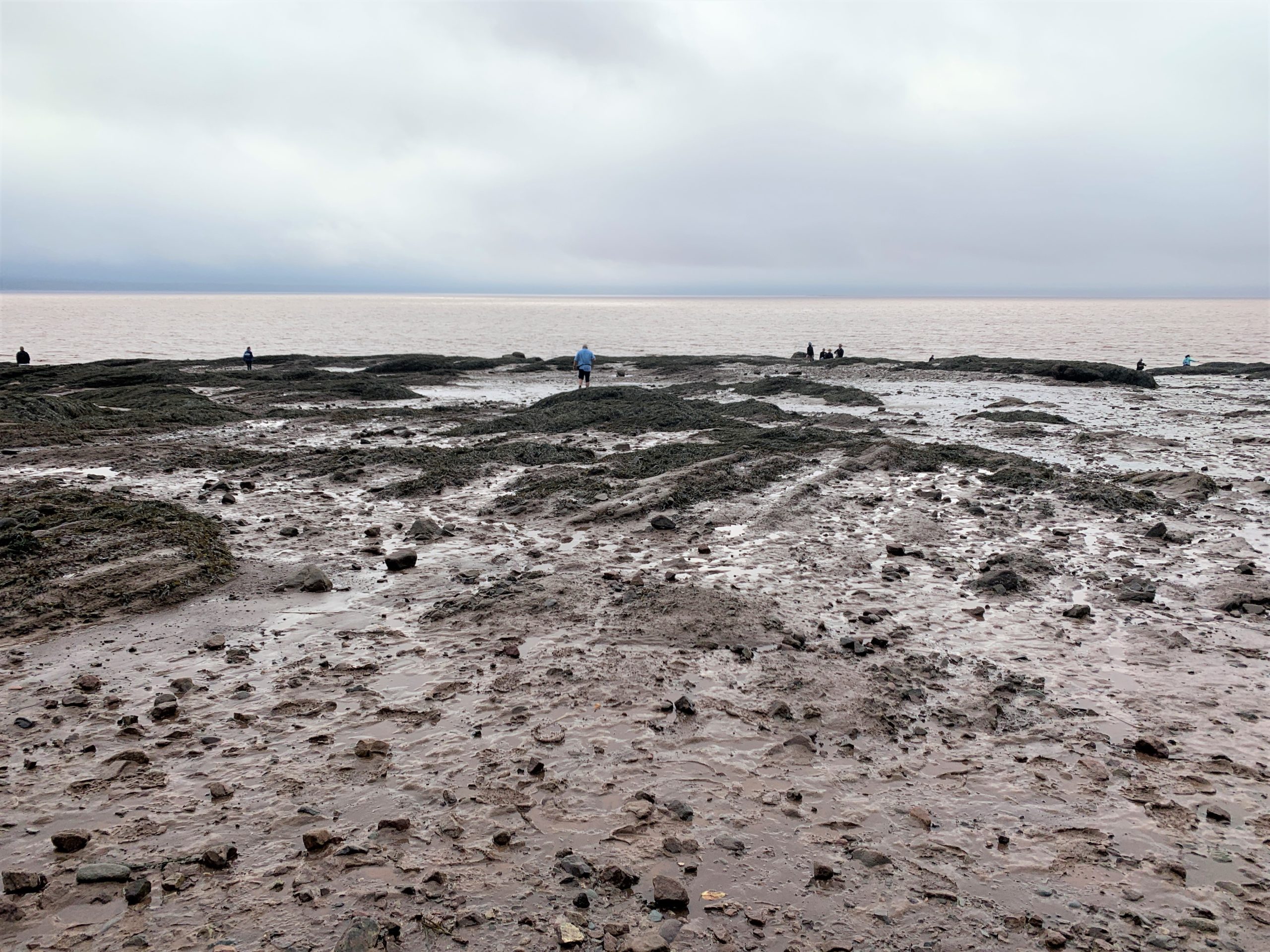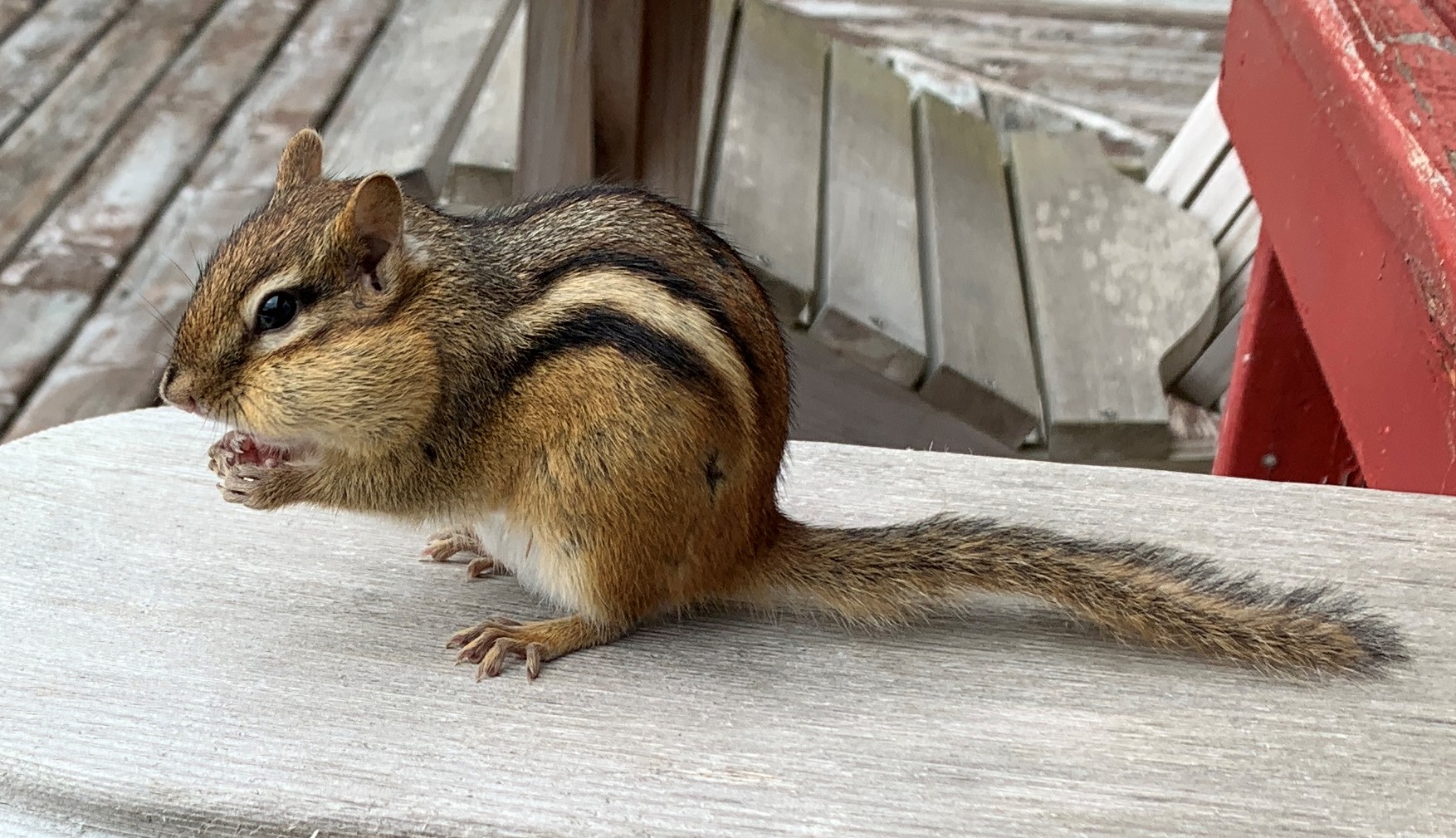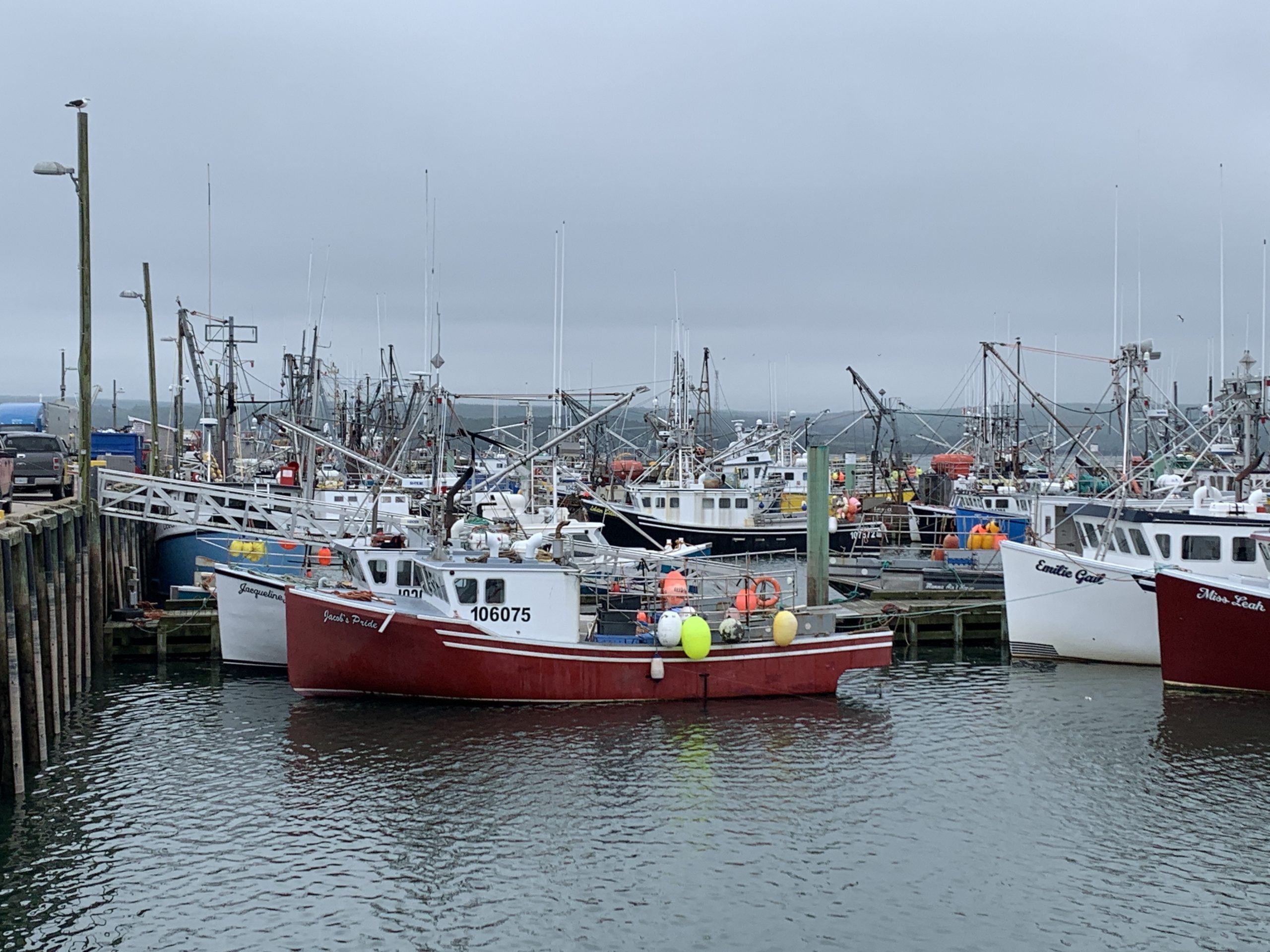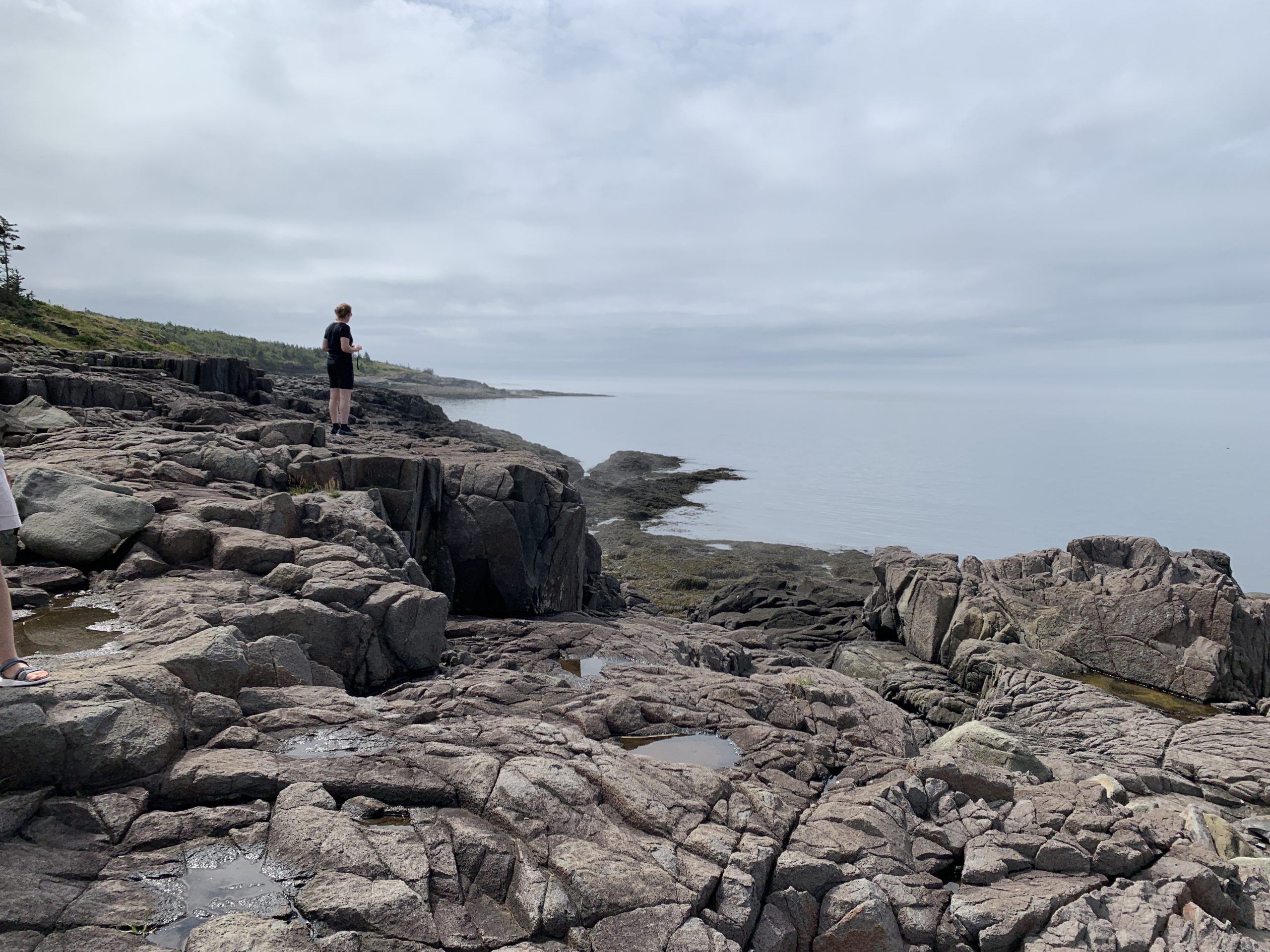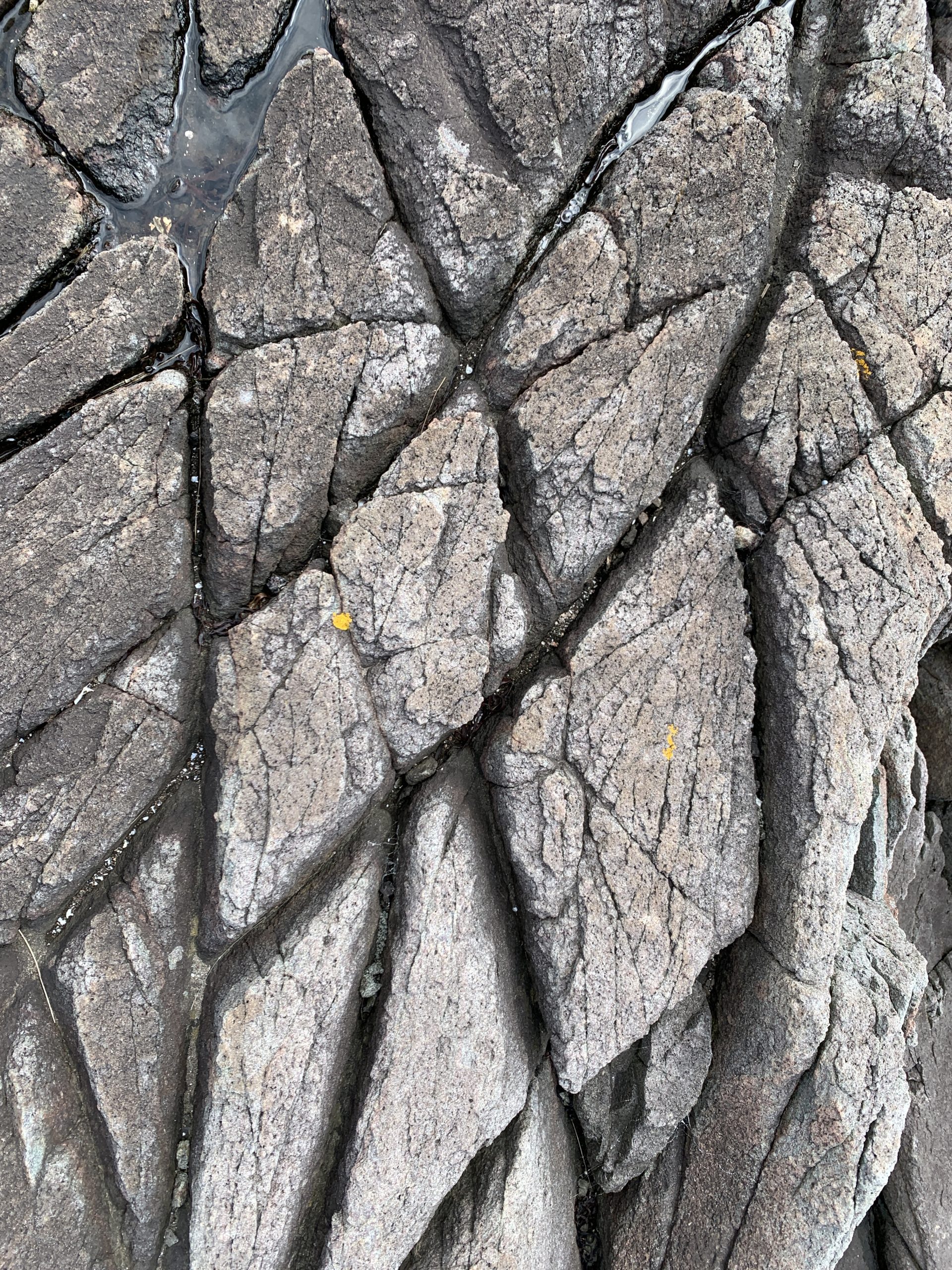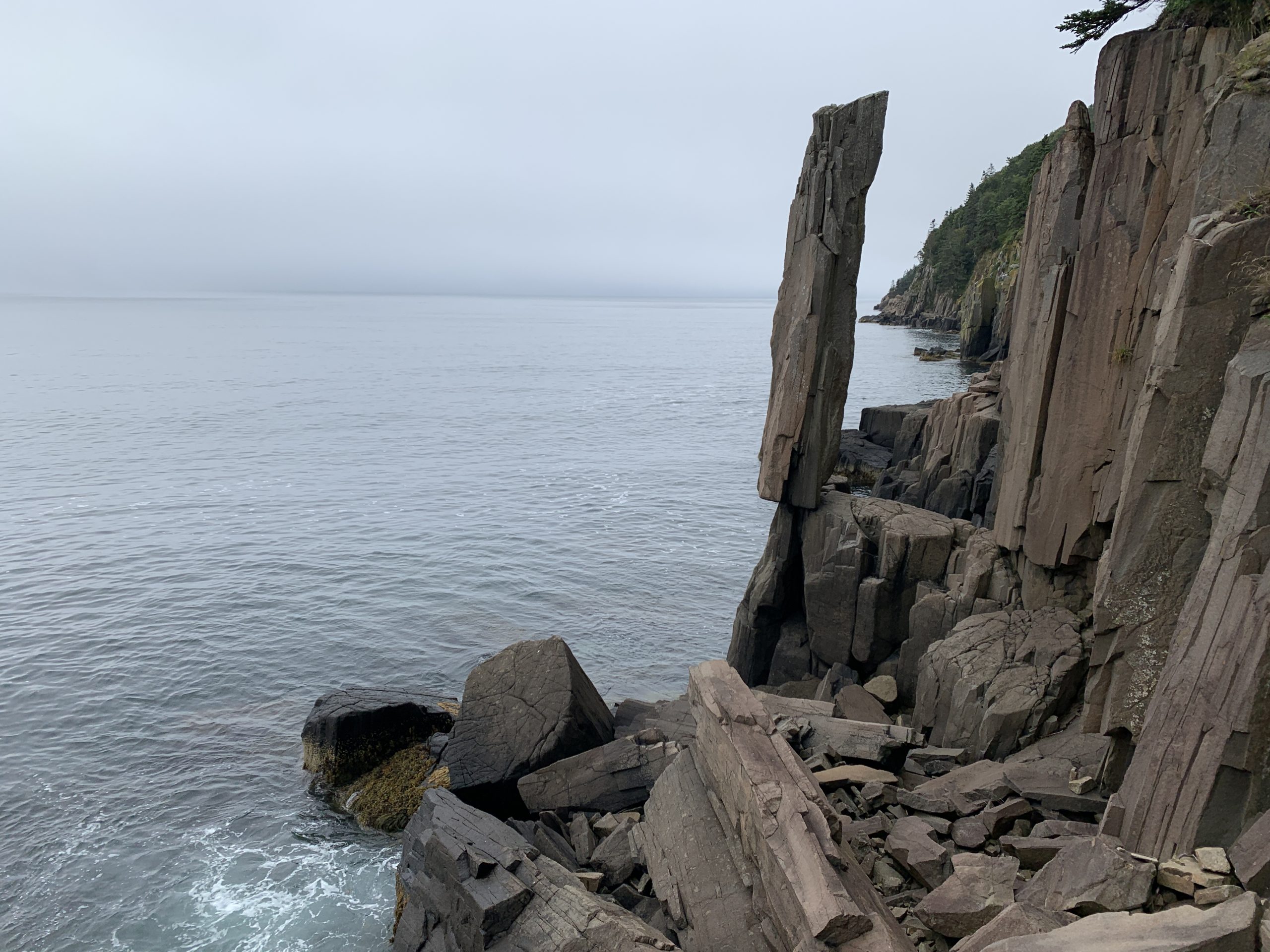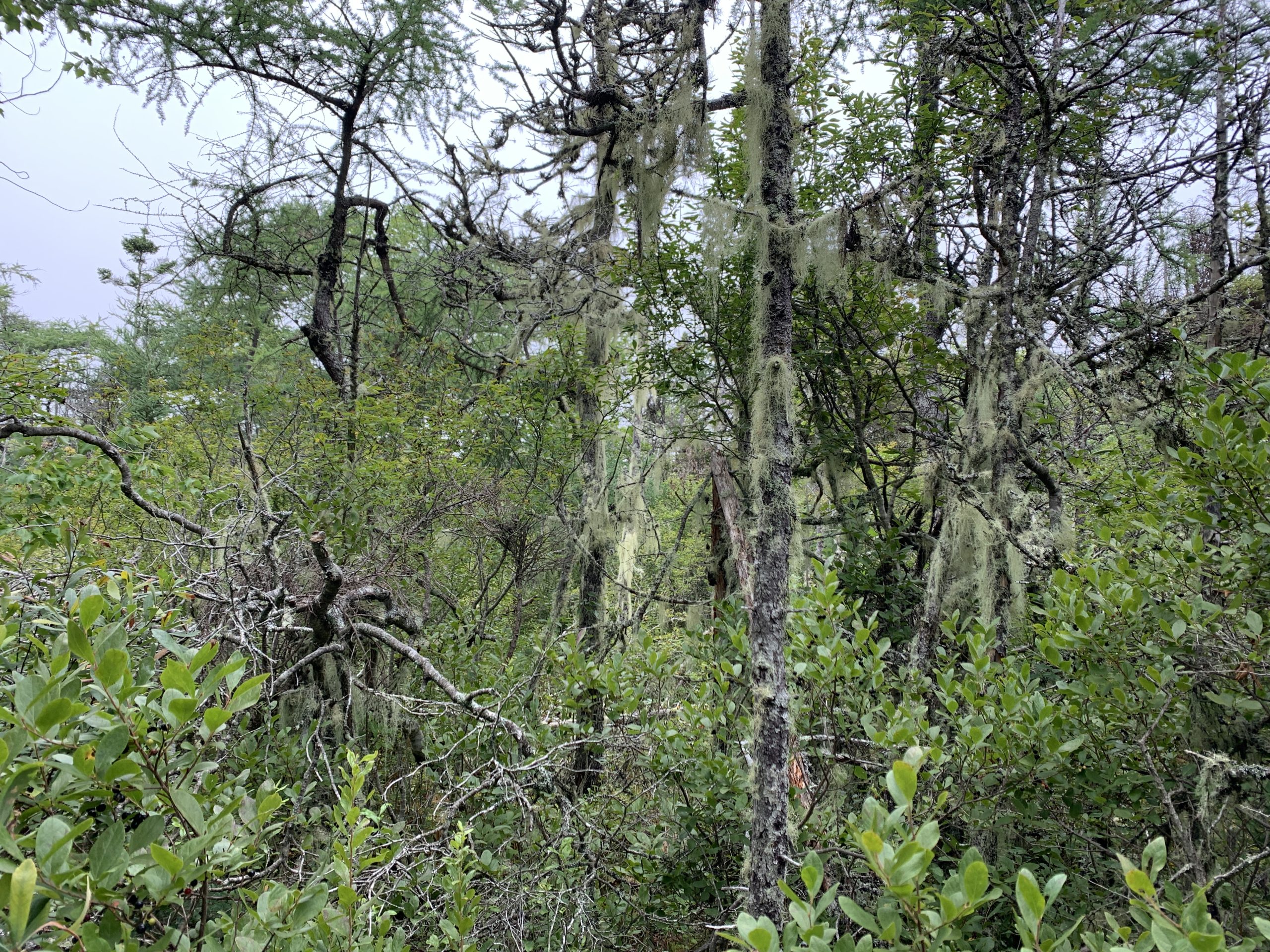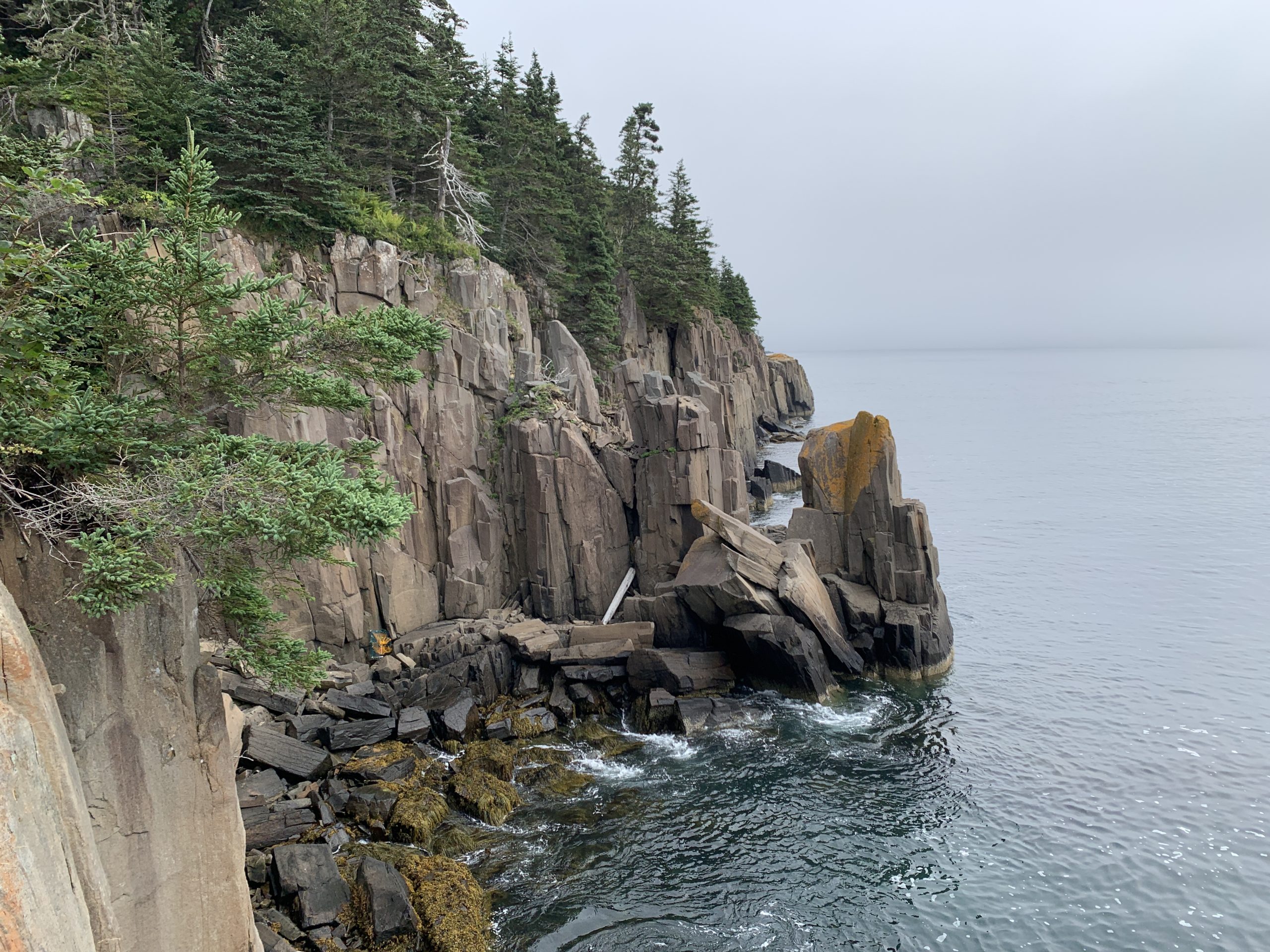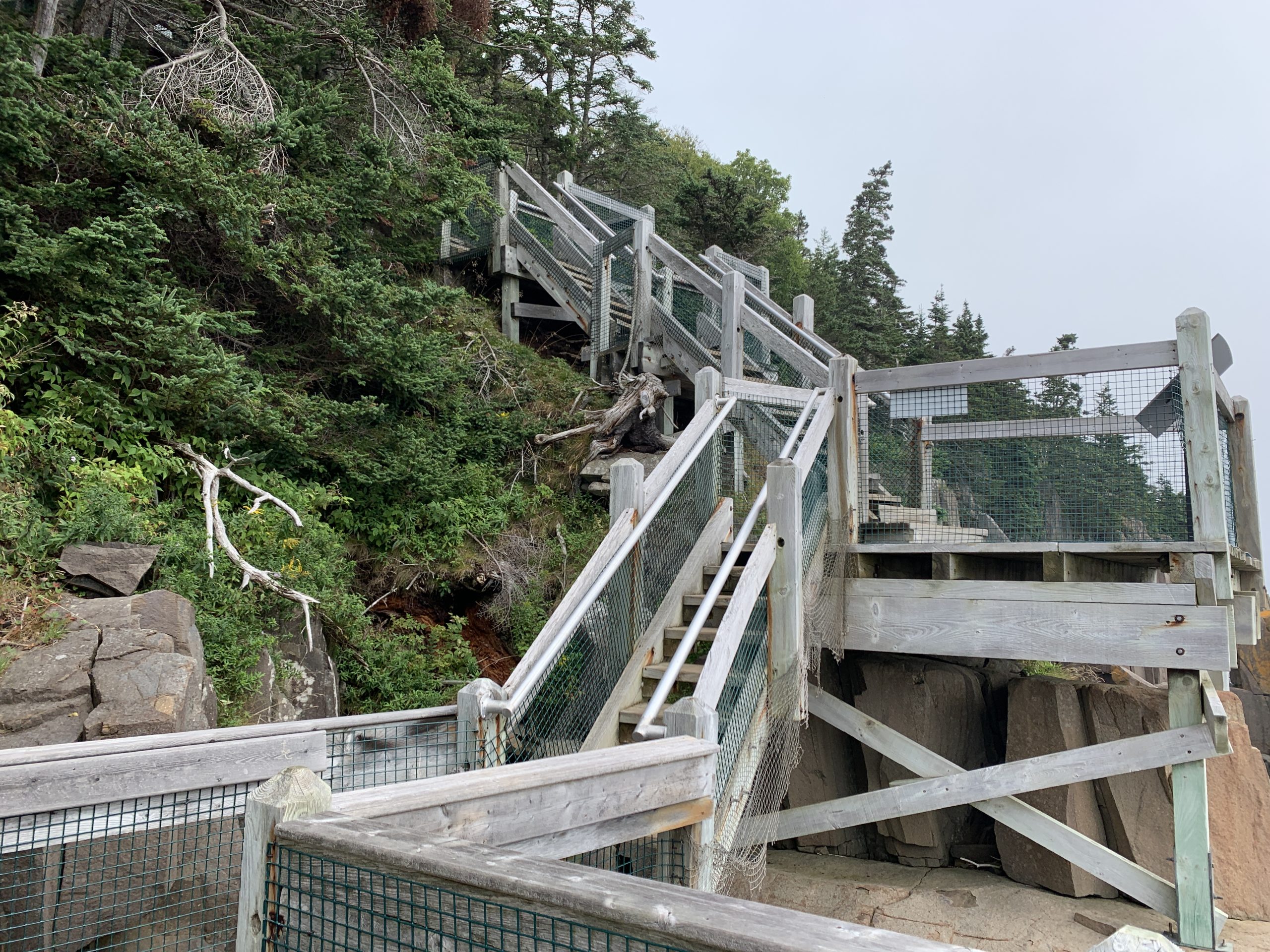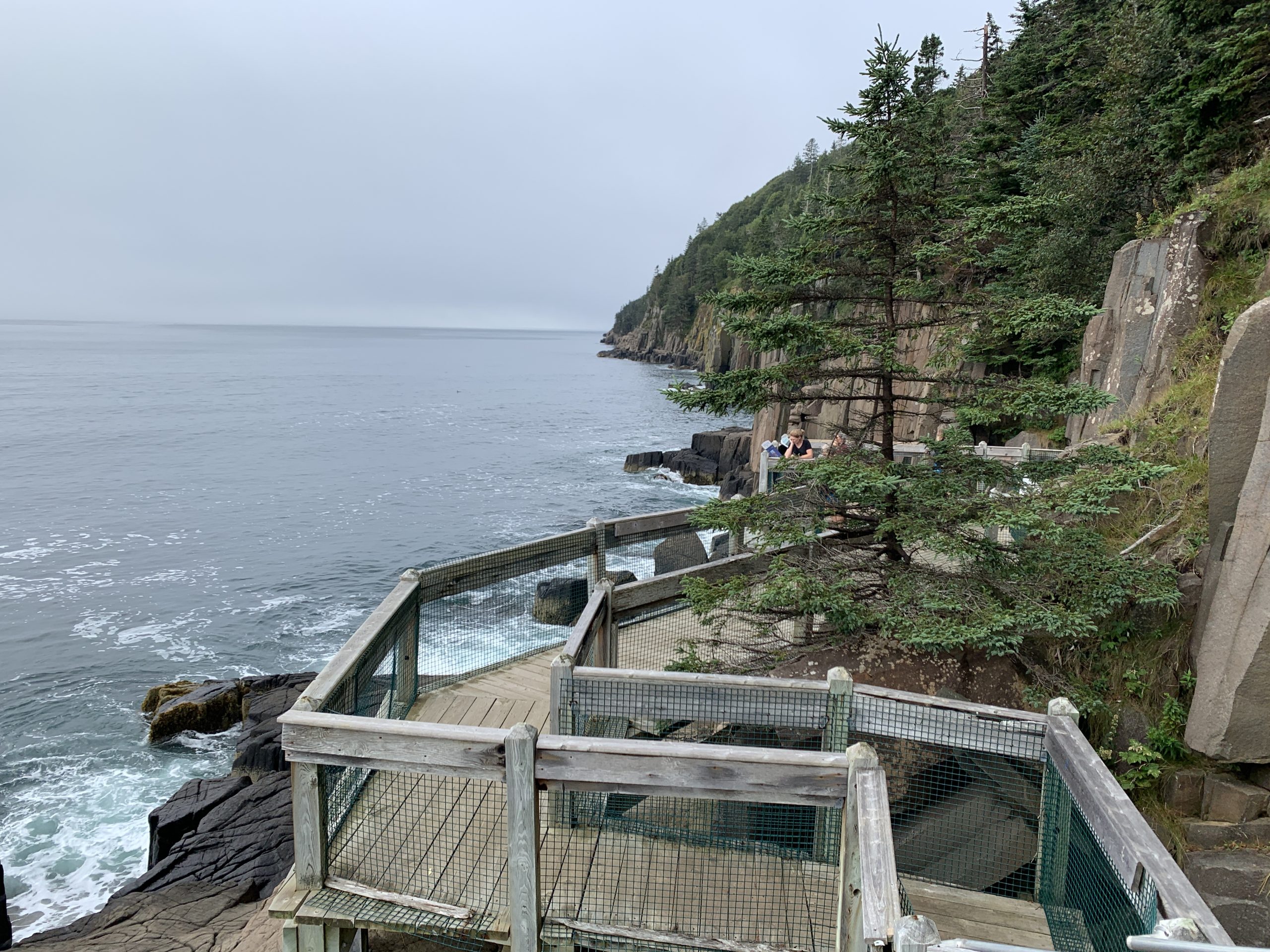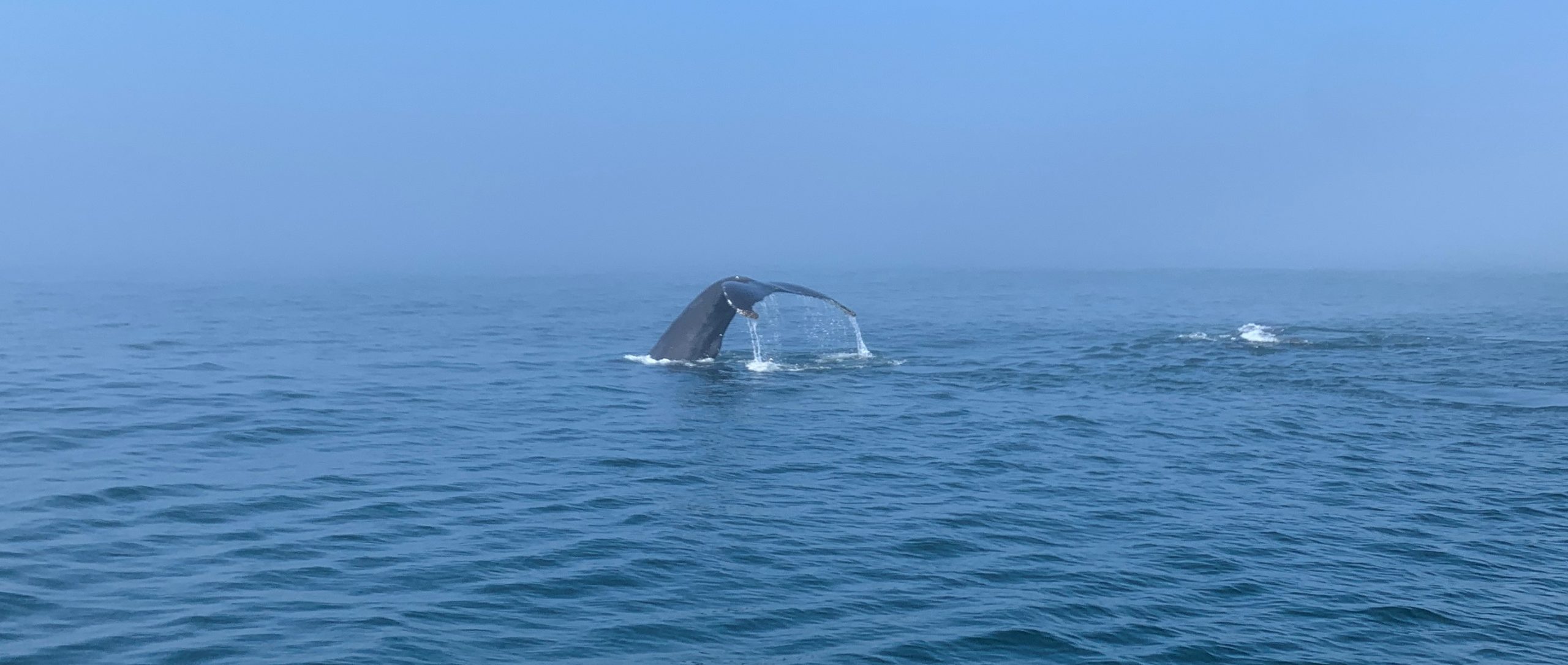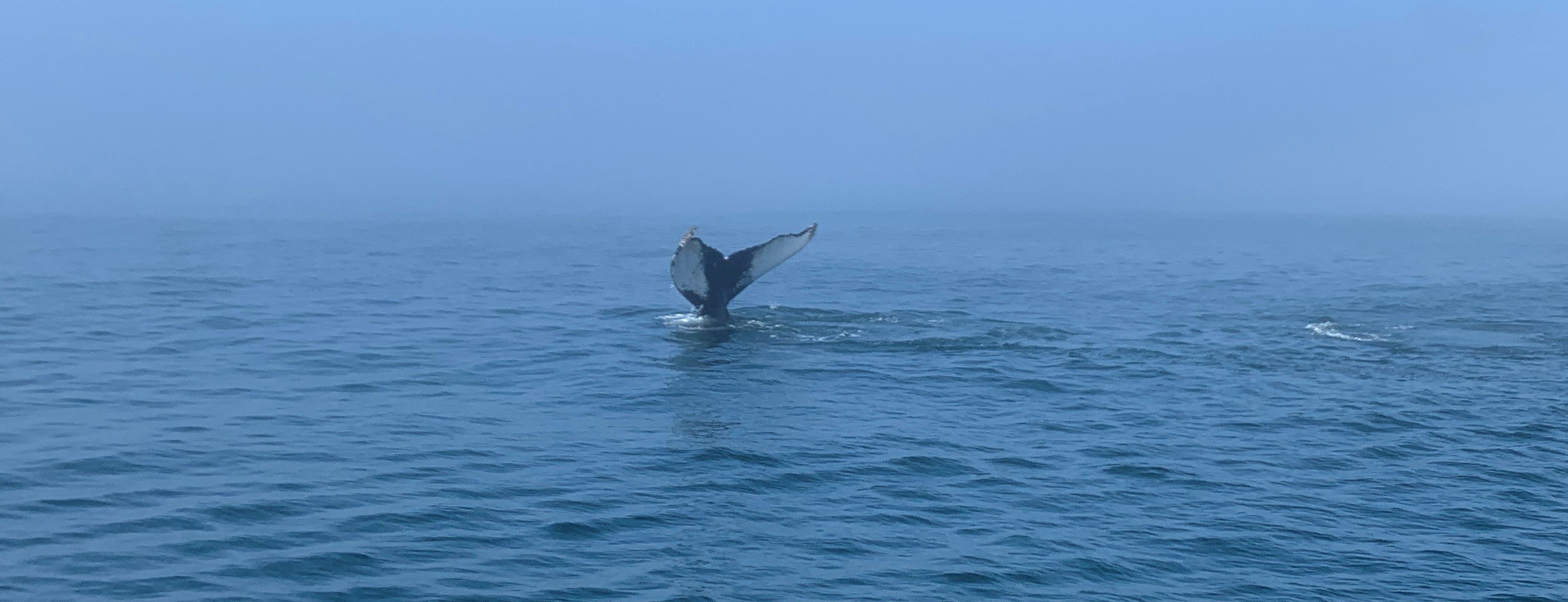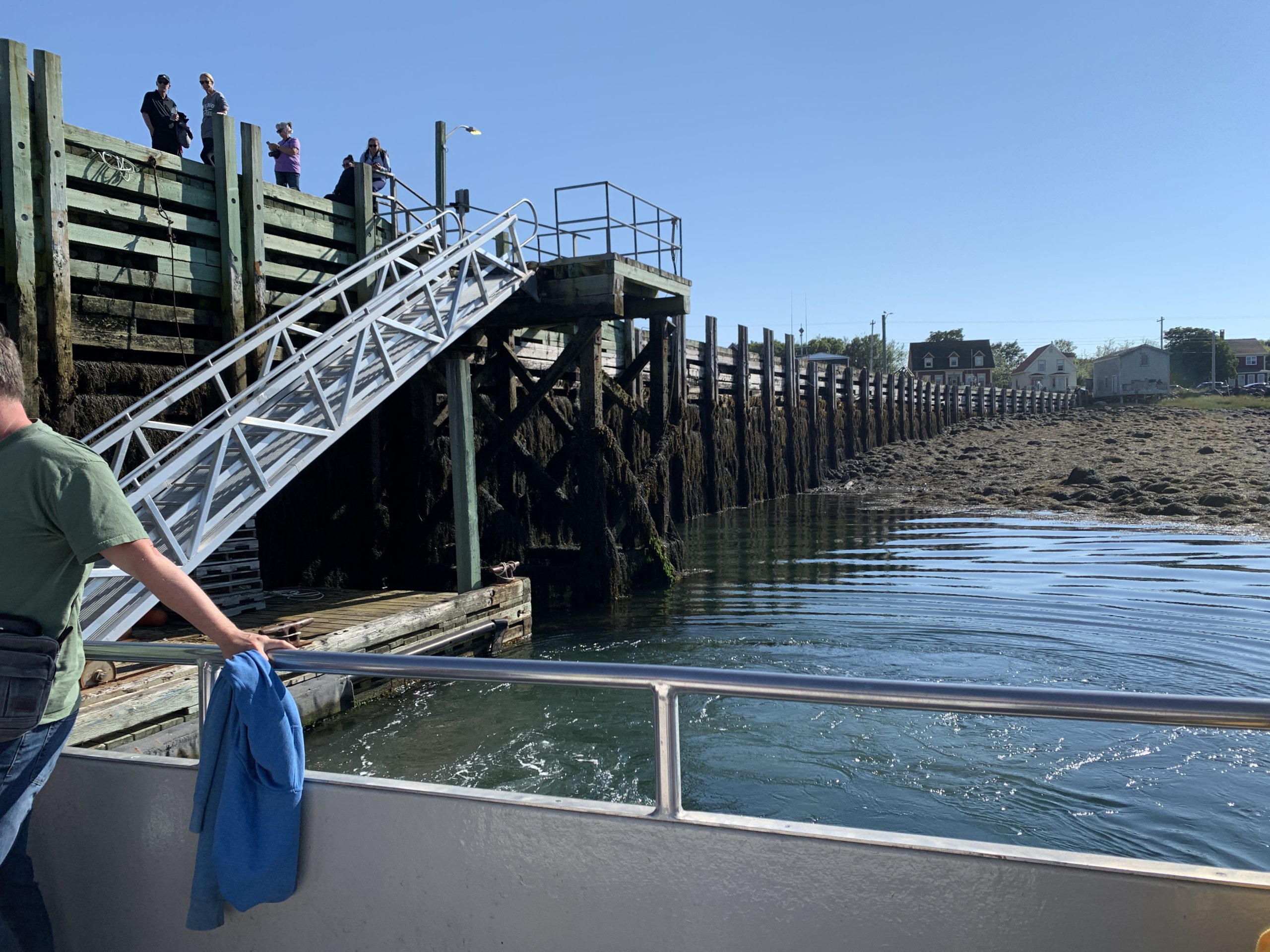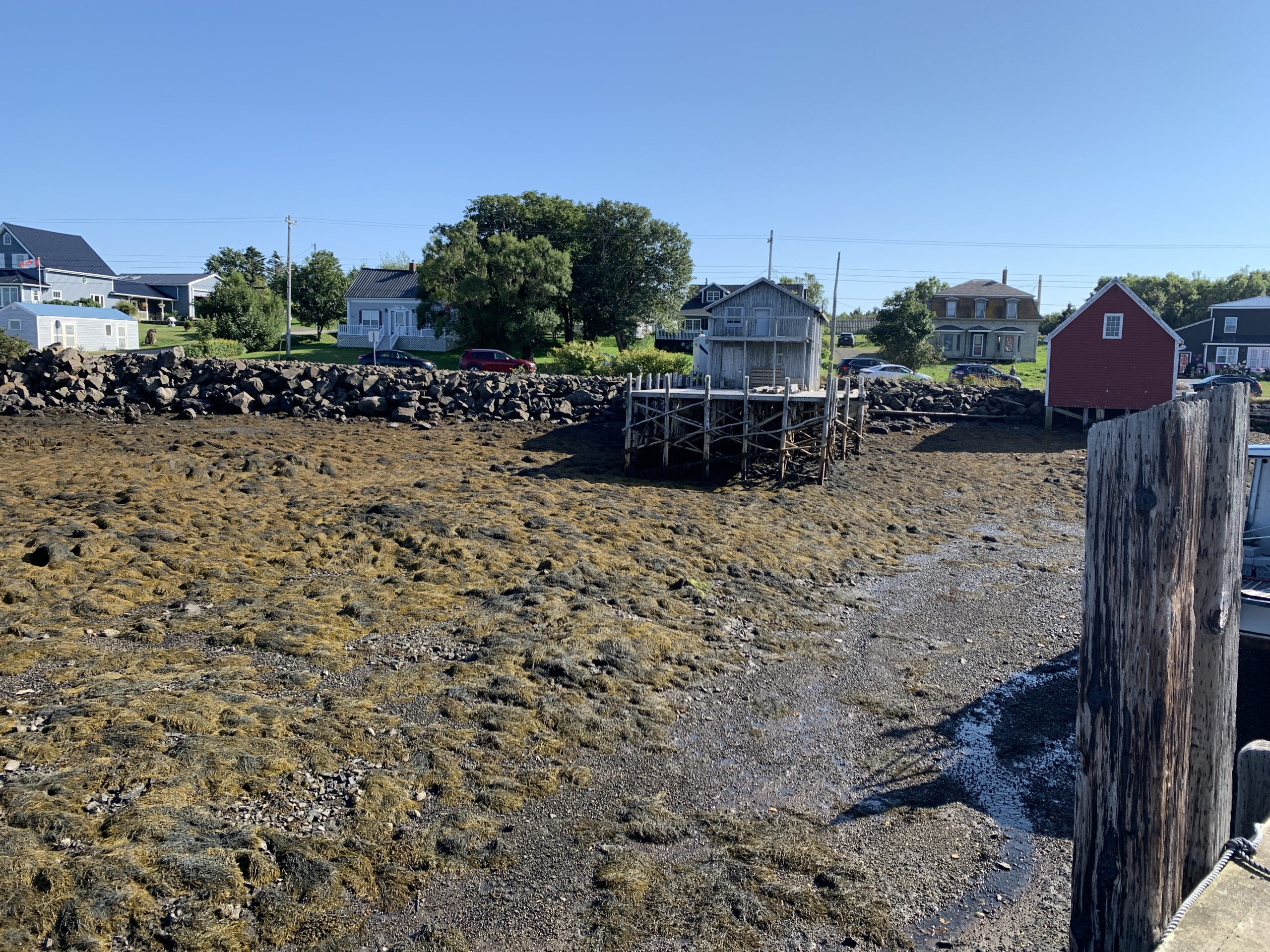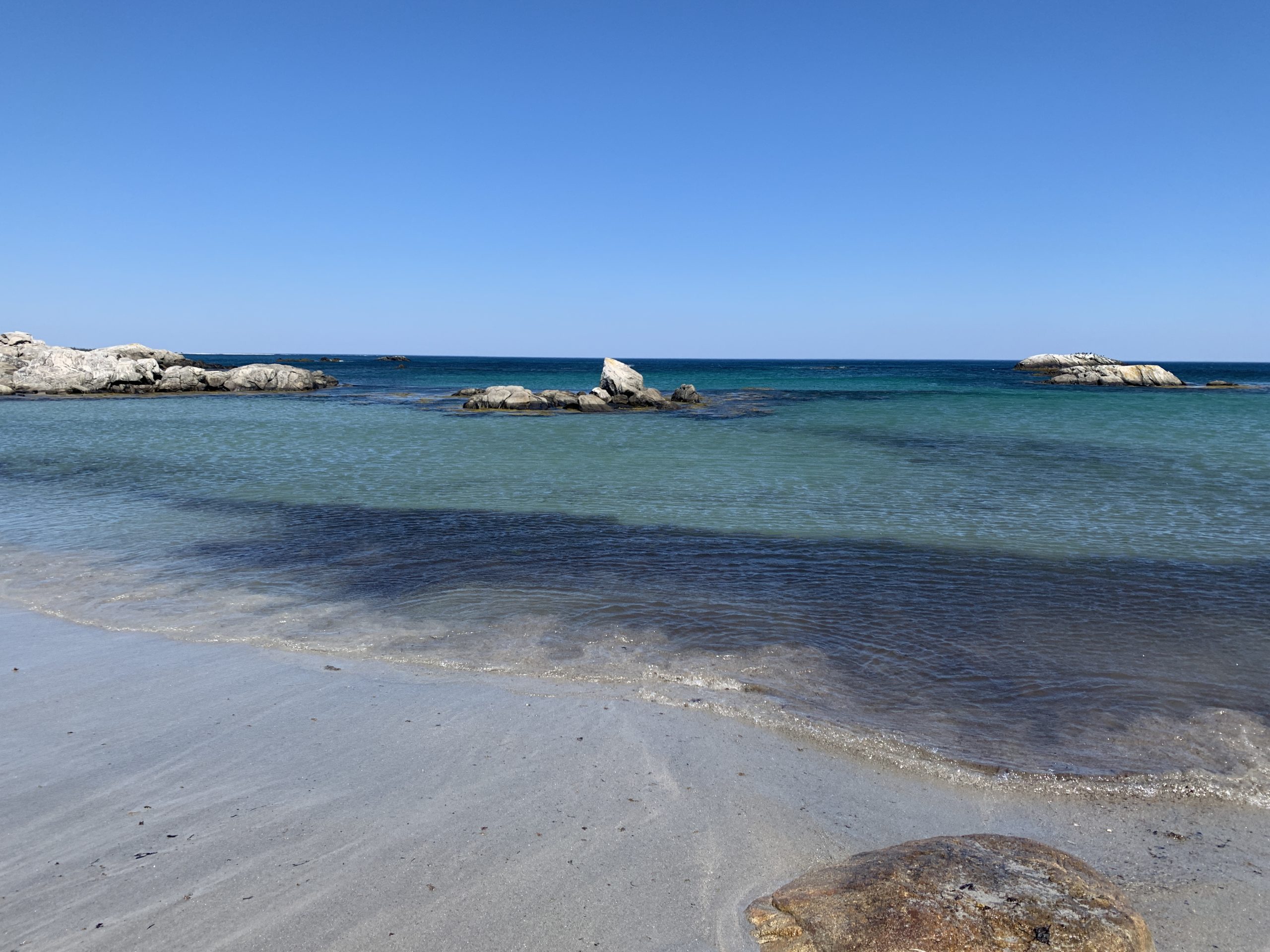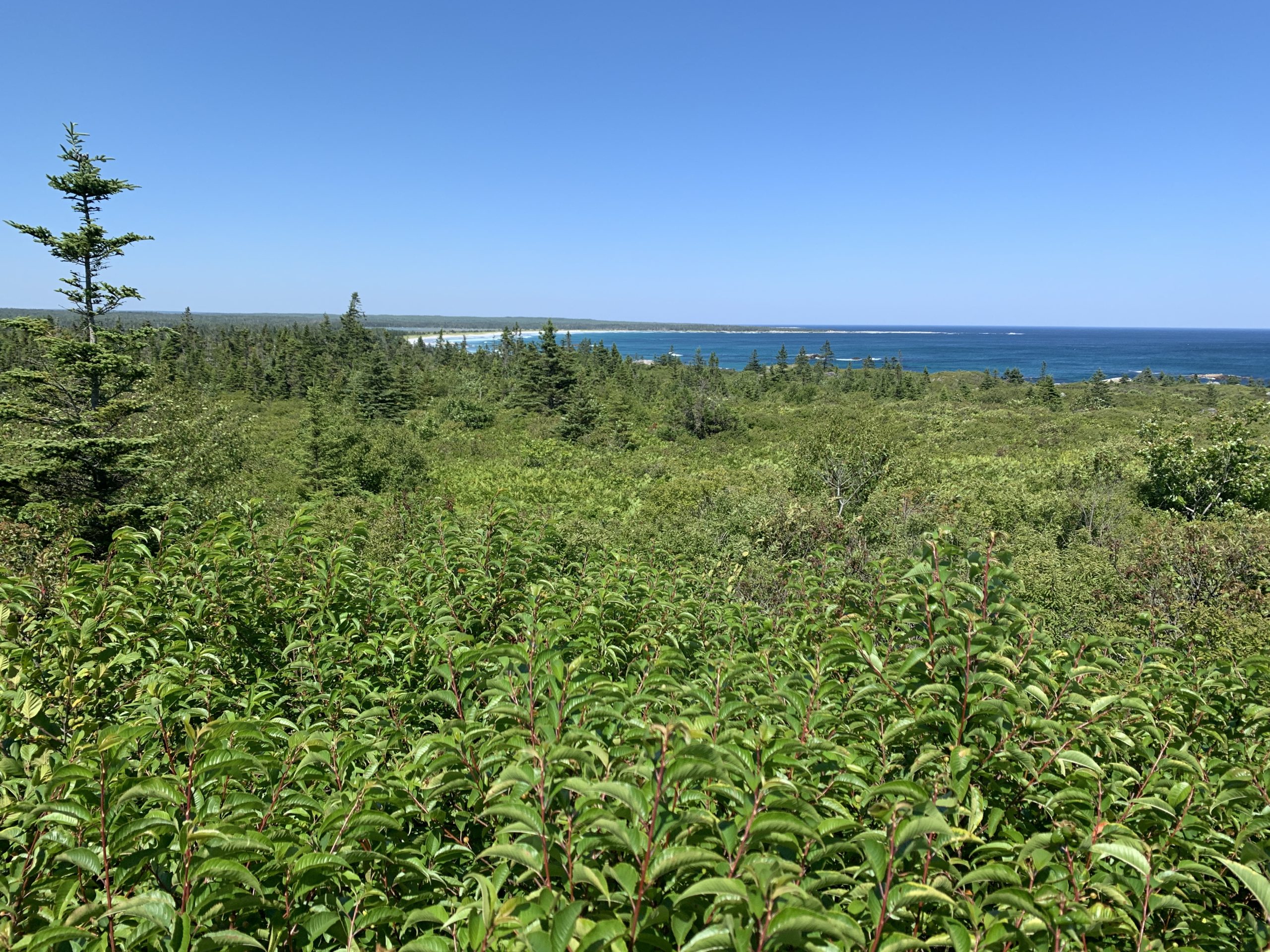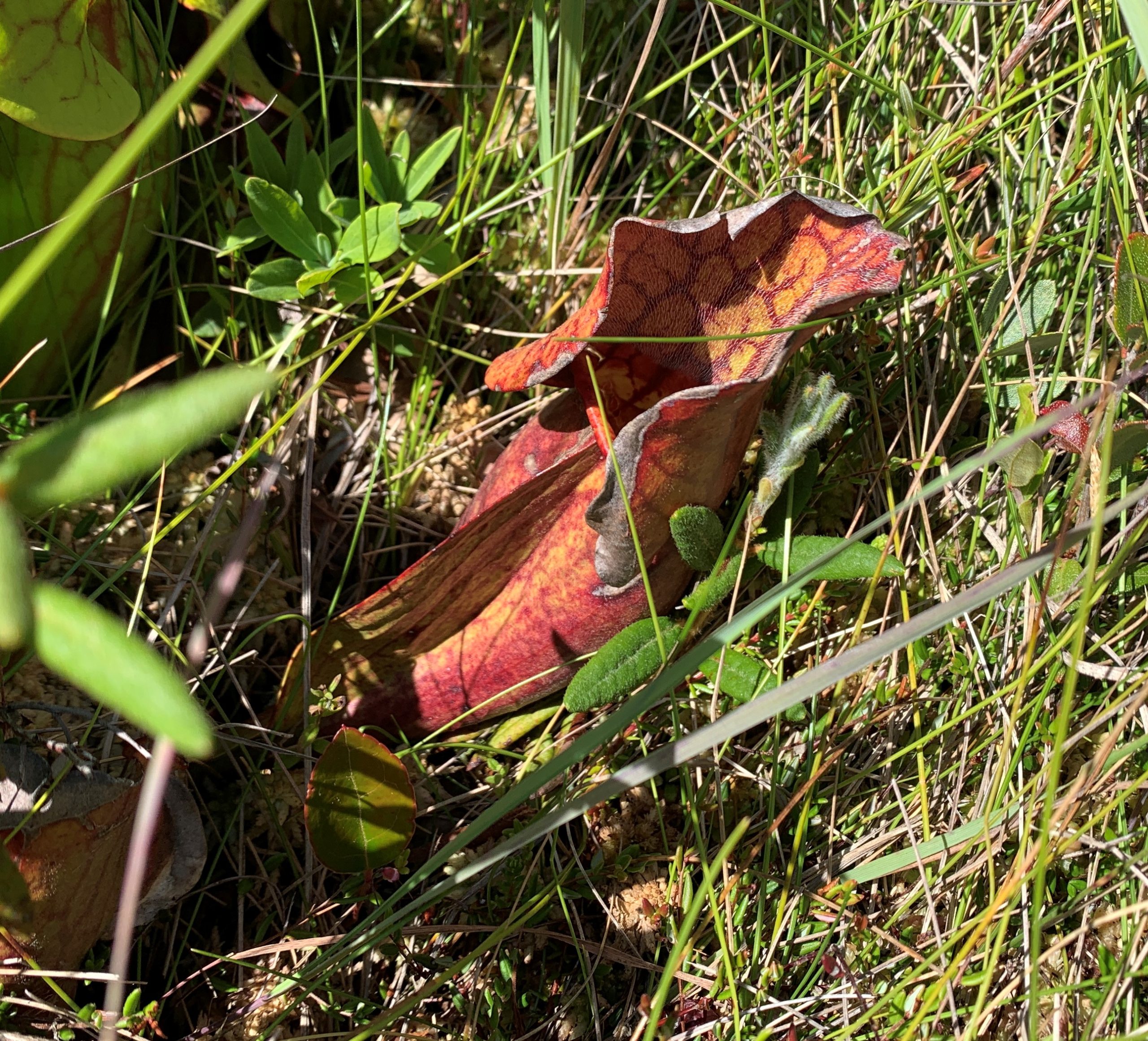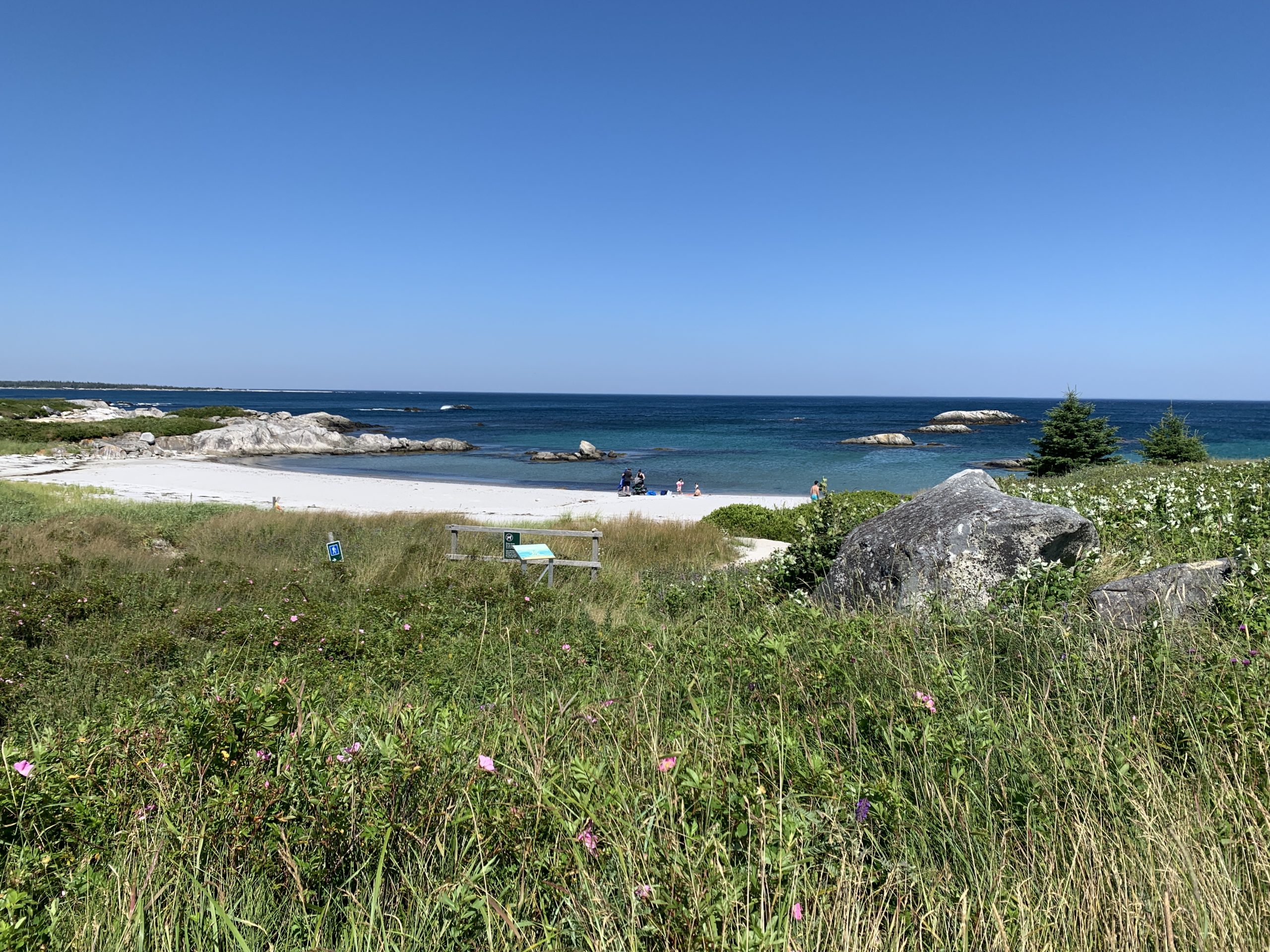From delicate flowers to majestic trees and from modestly brown lizards and butterflies to flashy birds, the Sinhajara Forest Reserve has a lot to offer if you are even mildly interested in biology.
I love rainforests with their fantastic jumble of species. In the Sinjahara Forest Reserve, which is a UNESCO World Heritage Site, we see plants living on other plants, plants that devour insects, colourful blooms, and majestic trees towering above it all in their search for light.
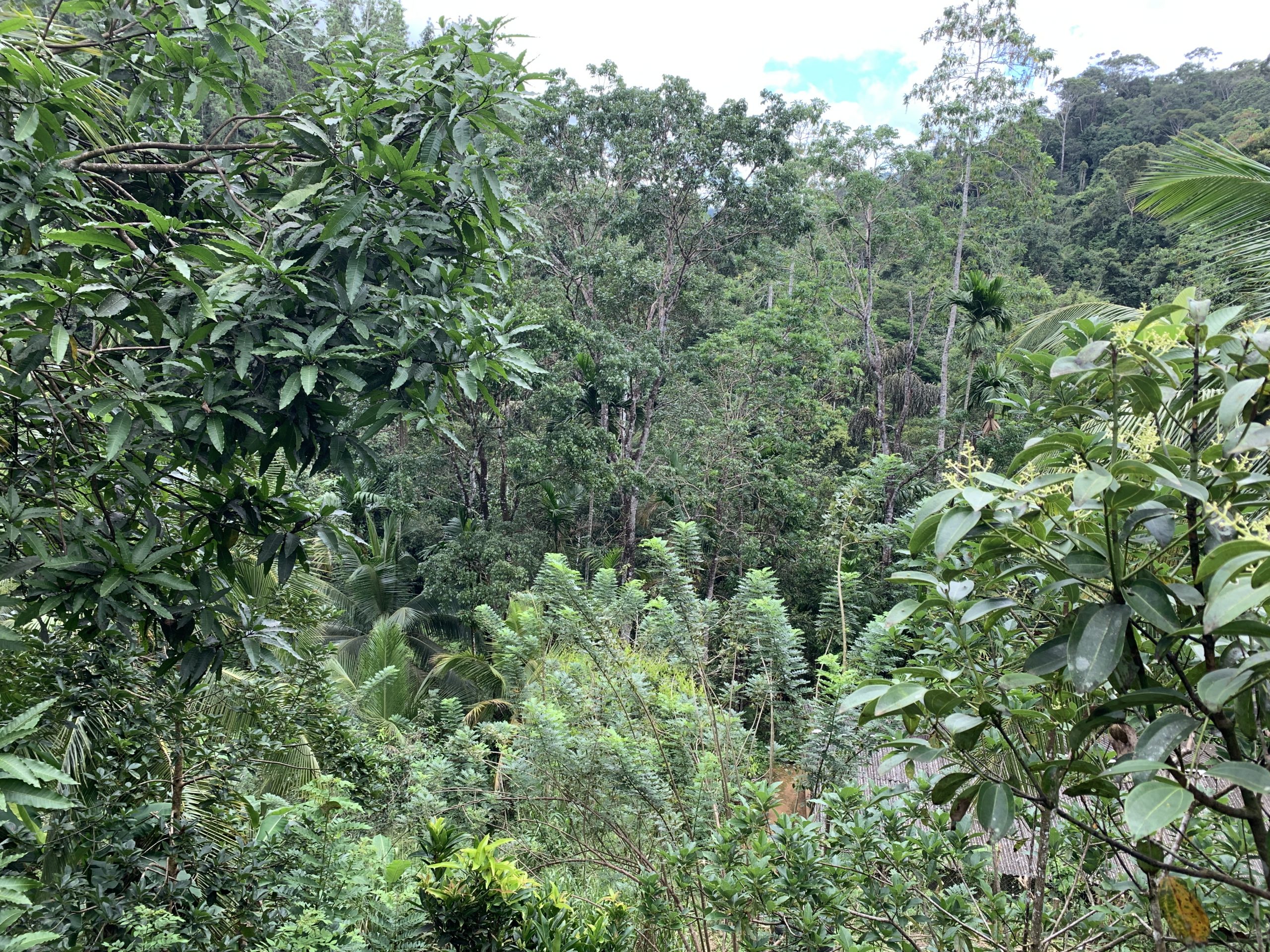
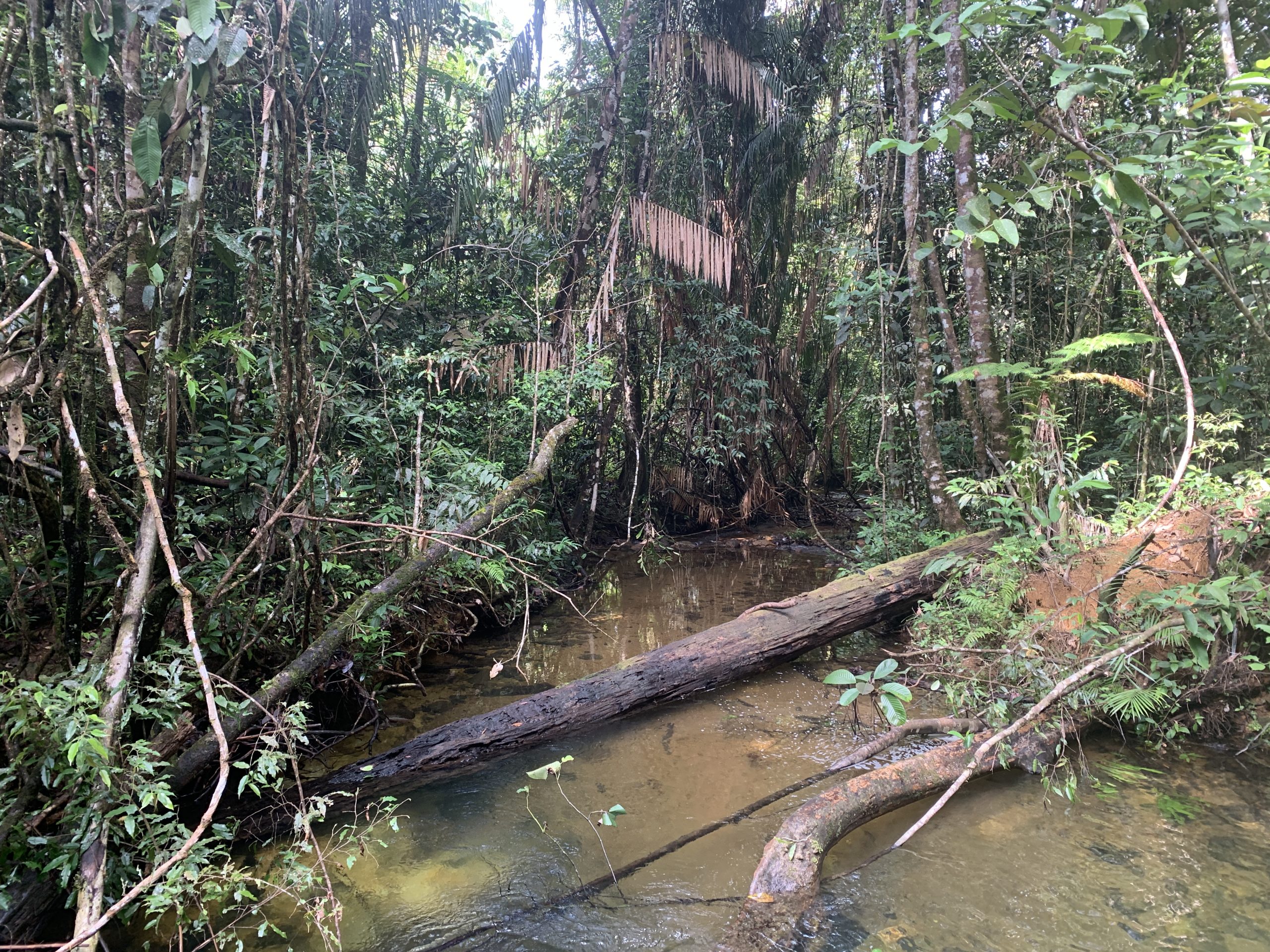
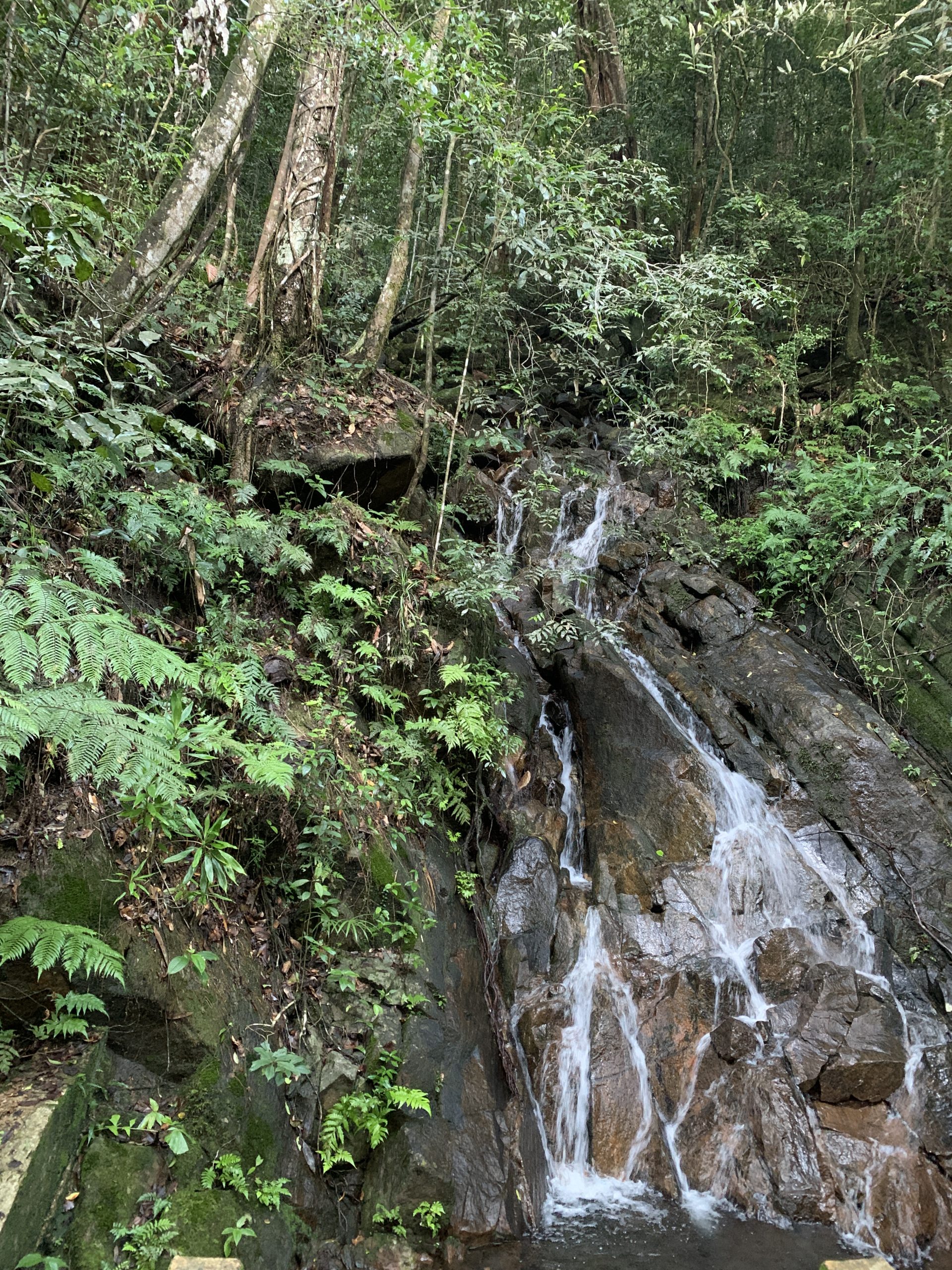
Pitcher plants (the endemic Nepenthes distillatoria) lurk in the undercover, waiting for a hapless insect to fall into their container of water.
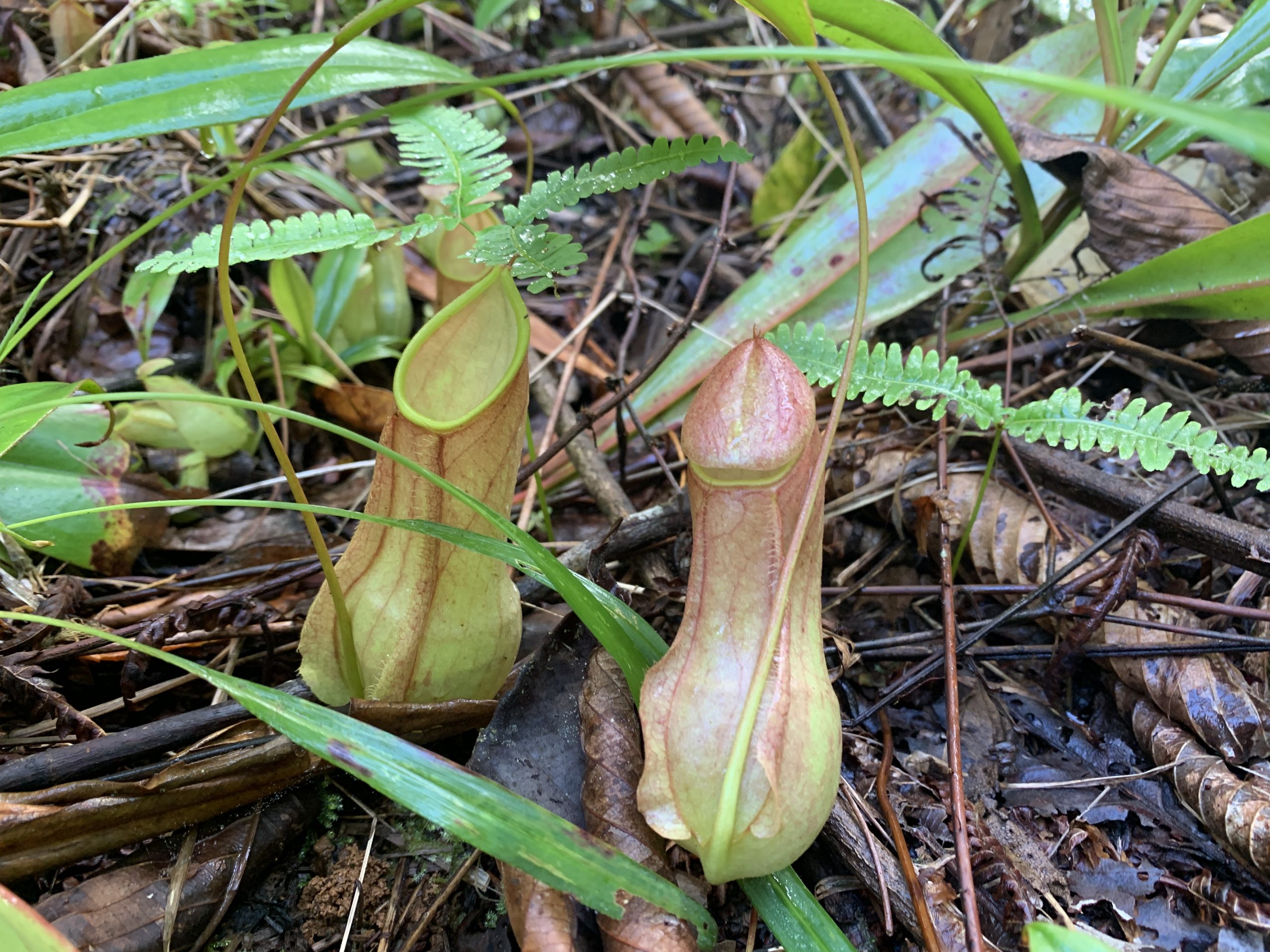
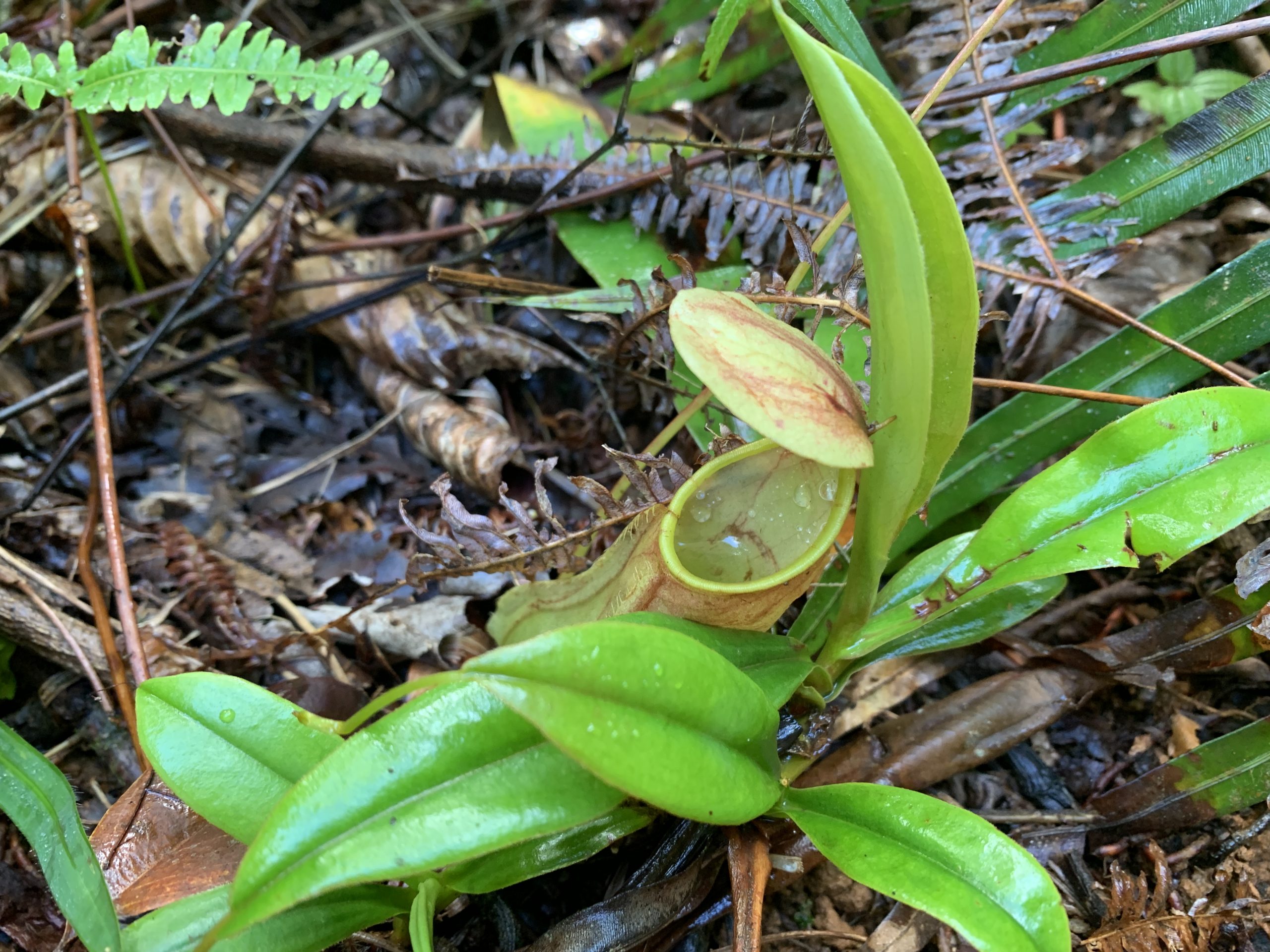
We see hundreds of nelu flowers in bloom – a rare thing indeed, as they only bloom once every seven years. There are apparently about 33 species of nelu and we see two, both of which are in bloom. They are pollinated by honeybees.
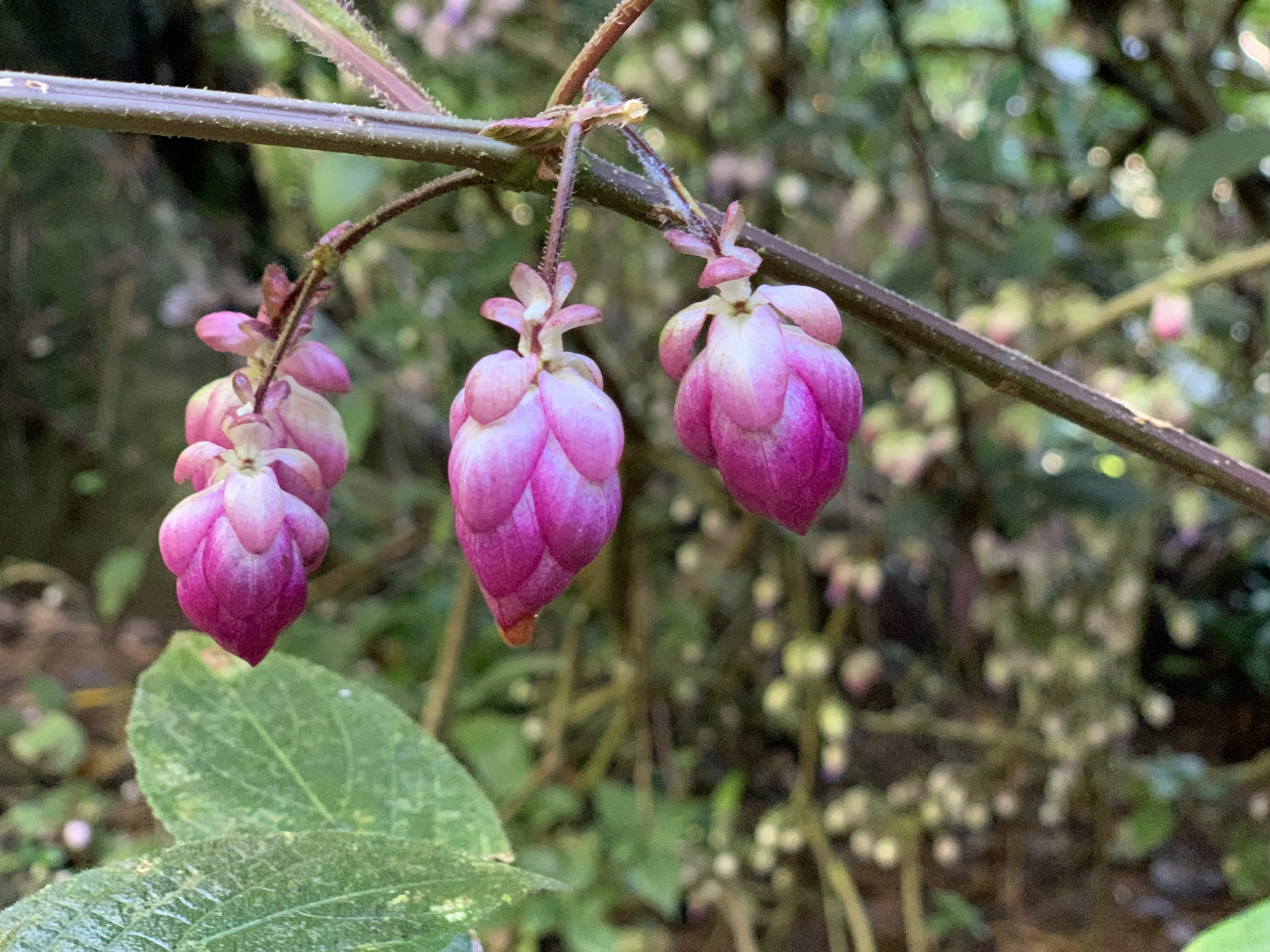
Startlingly bright yellow wild hibiscus and the endemic, delicately pink bovitiya add a touch of colour to the dark green jungle. Dainty flowers and tiny fungi also find a place to live here.
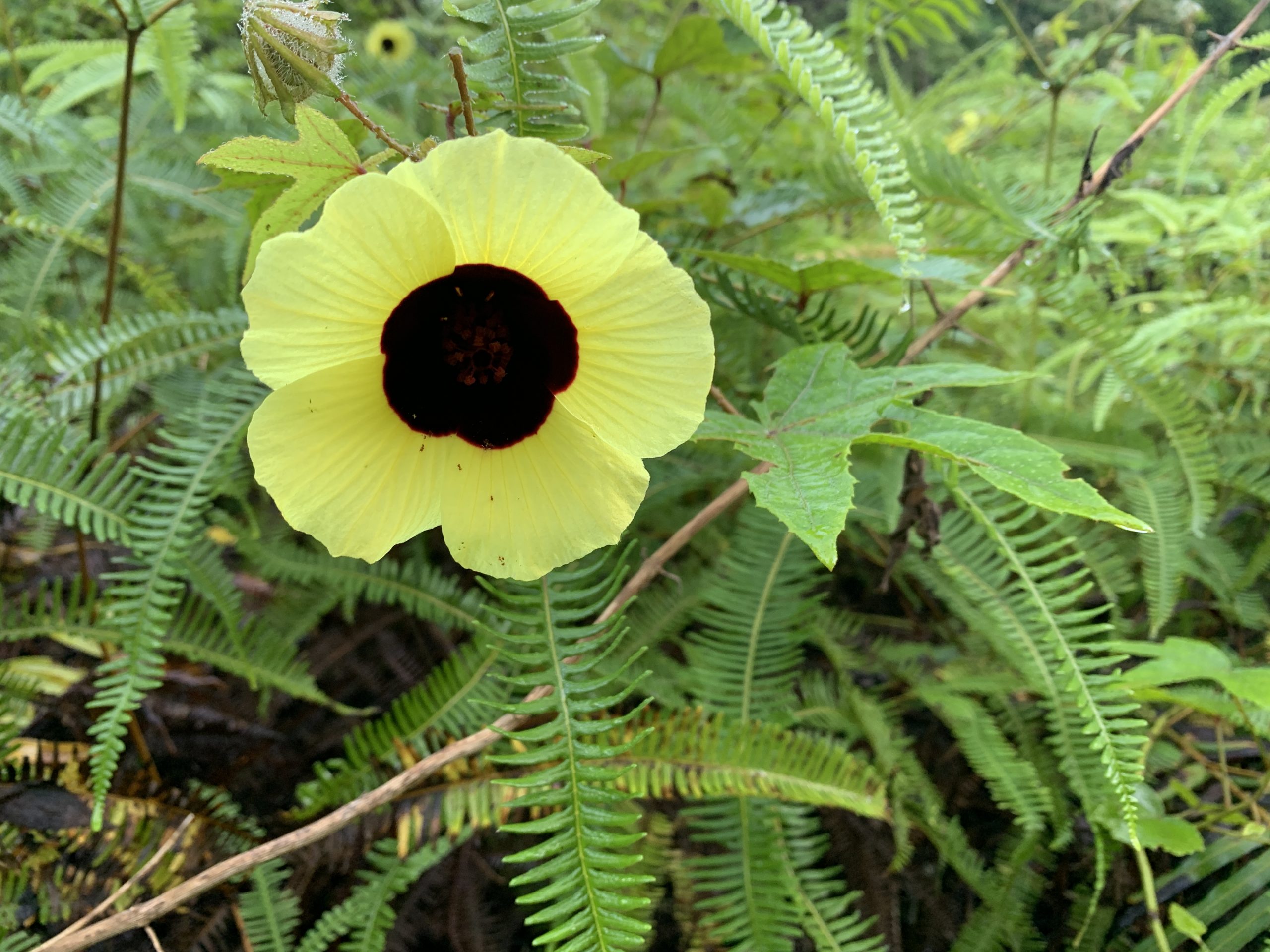
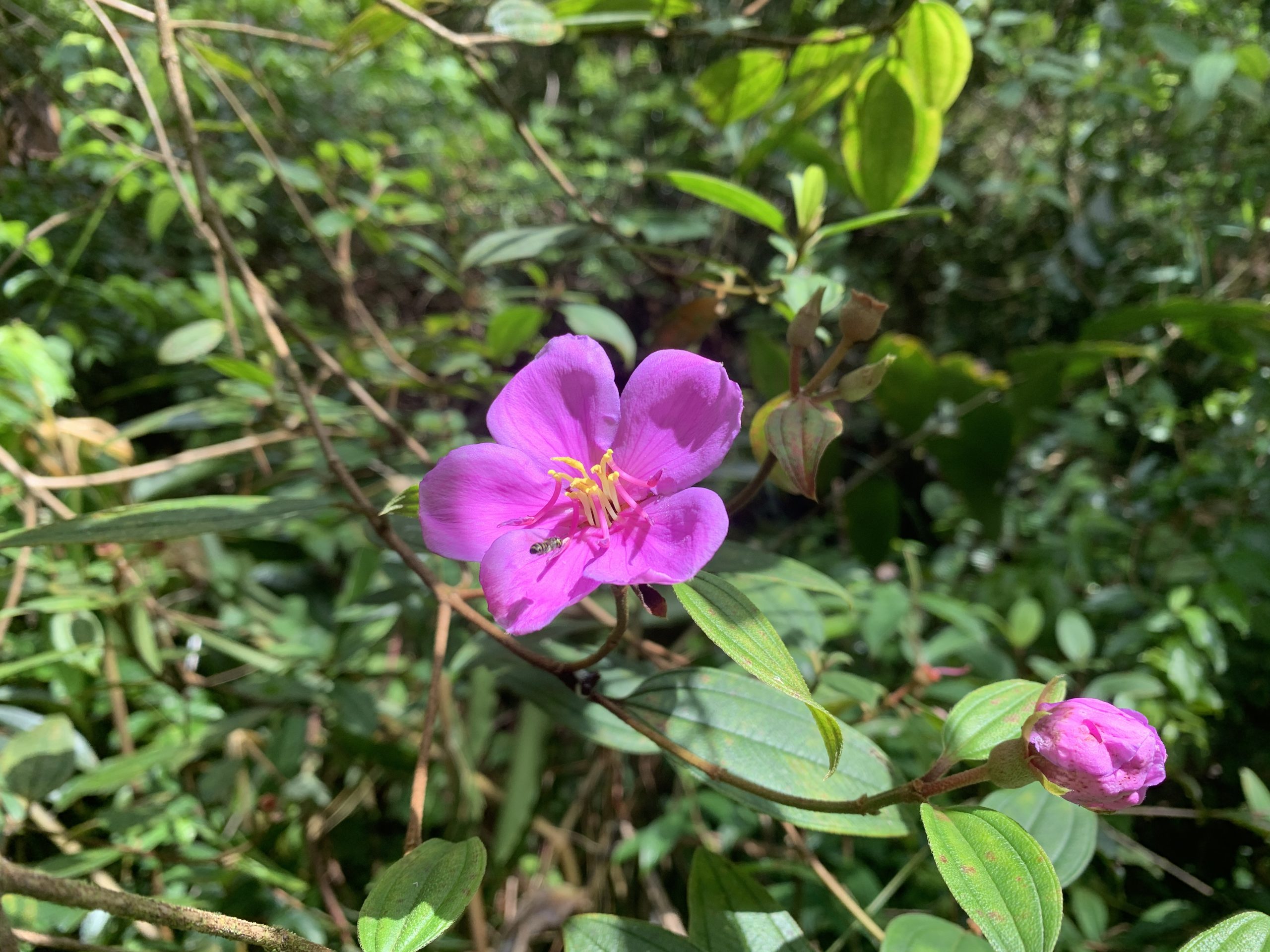
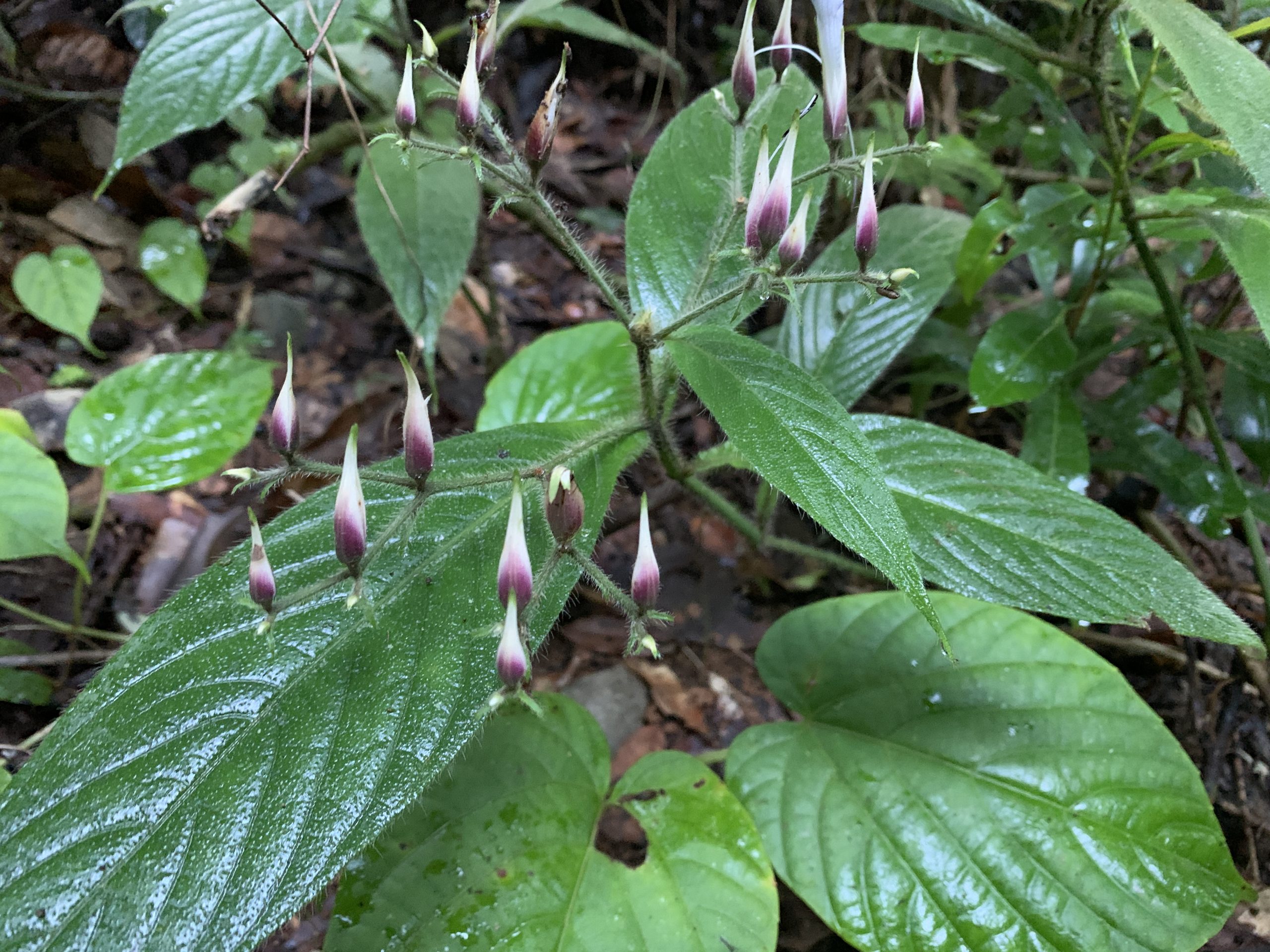
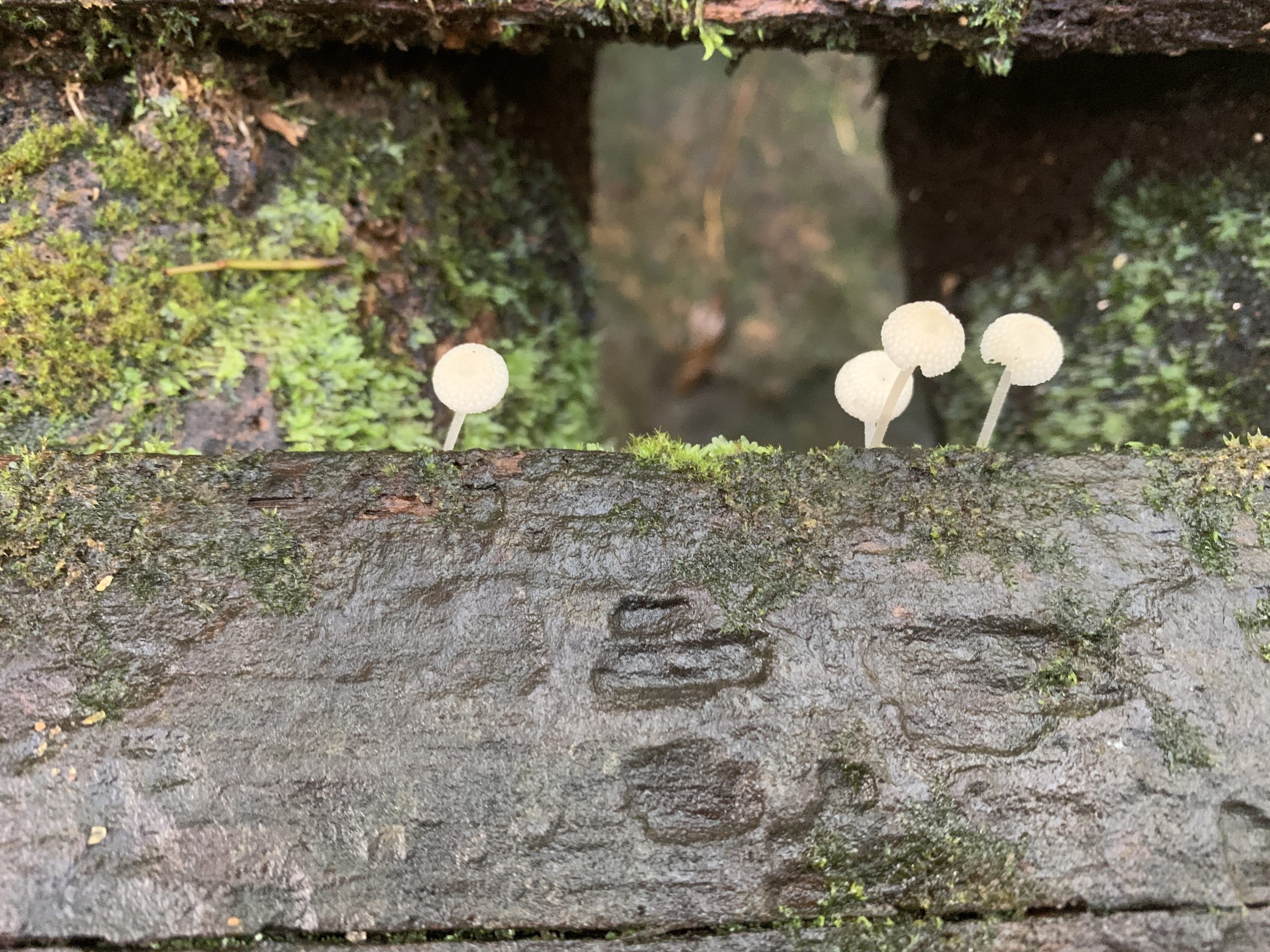
Crawling, hopping, flitting and flying through all this biodiversity are snakes, lizards, butterflies, birds, and monkeys, most of which are impossible to see, let alone take pictures of. From a distance I see a Ceylon tree nymph (a black and white butterfly), a purple-faced leaf monkey (aka langur), which is endemic to Sri Lanka, Ceylon paradise flycatcher, and a sweet little pair of Sri Lankan frogmouths (birds). I also hear the secretive Sri Lankan spurfowl.
I suggest you google these “invisible” animals to see for yourself what they look like.
In Sri Lanka there are 33 endemic bird species, 28 of which are found in Sinjahara Forest Reserve. One of these, which is quite common, is the Sri Lanka jungle fowl. We spot some hens scratching for food in the rain forest. The Sri Lanka jungle fowl is the national bird of Sri Lanka and forefather of our domesticated poultry. The hens are attractive but the rooster, which I have no photo of, exhibits fantastic colouring.
An astounding splash of colour comes from the endemic blue magpie. We also spot yellow-browed bulbul.
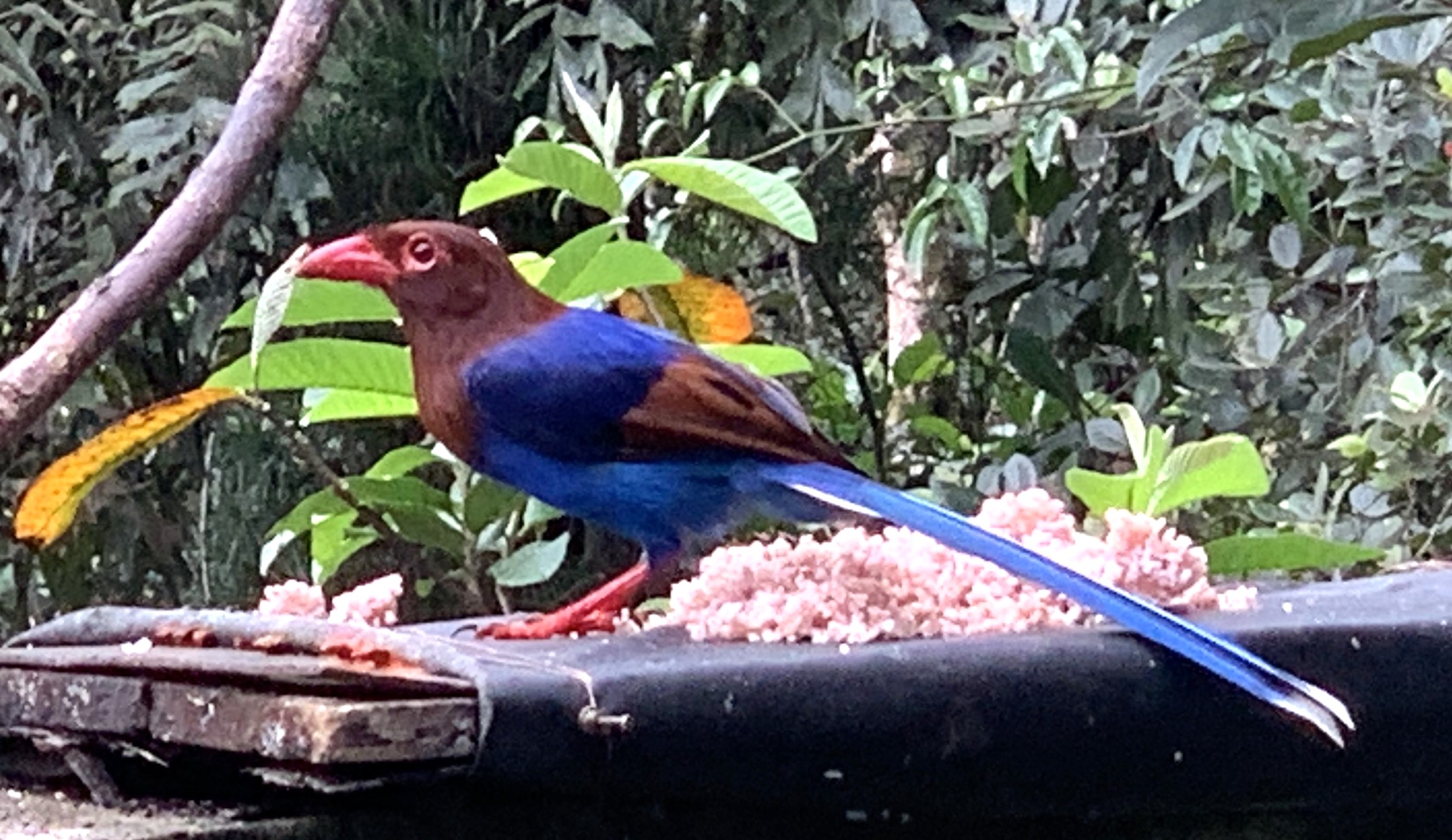
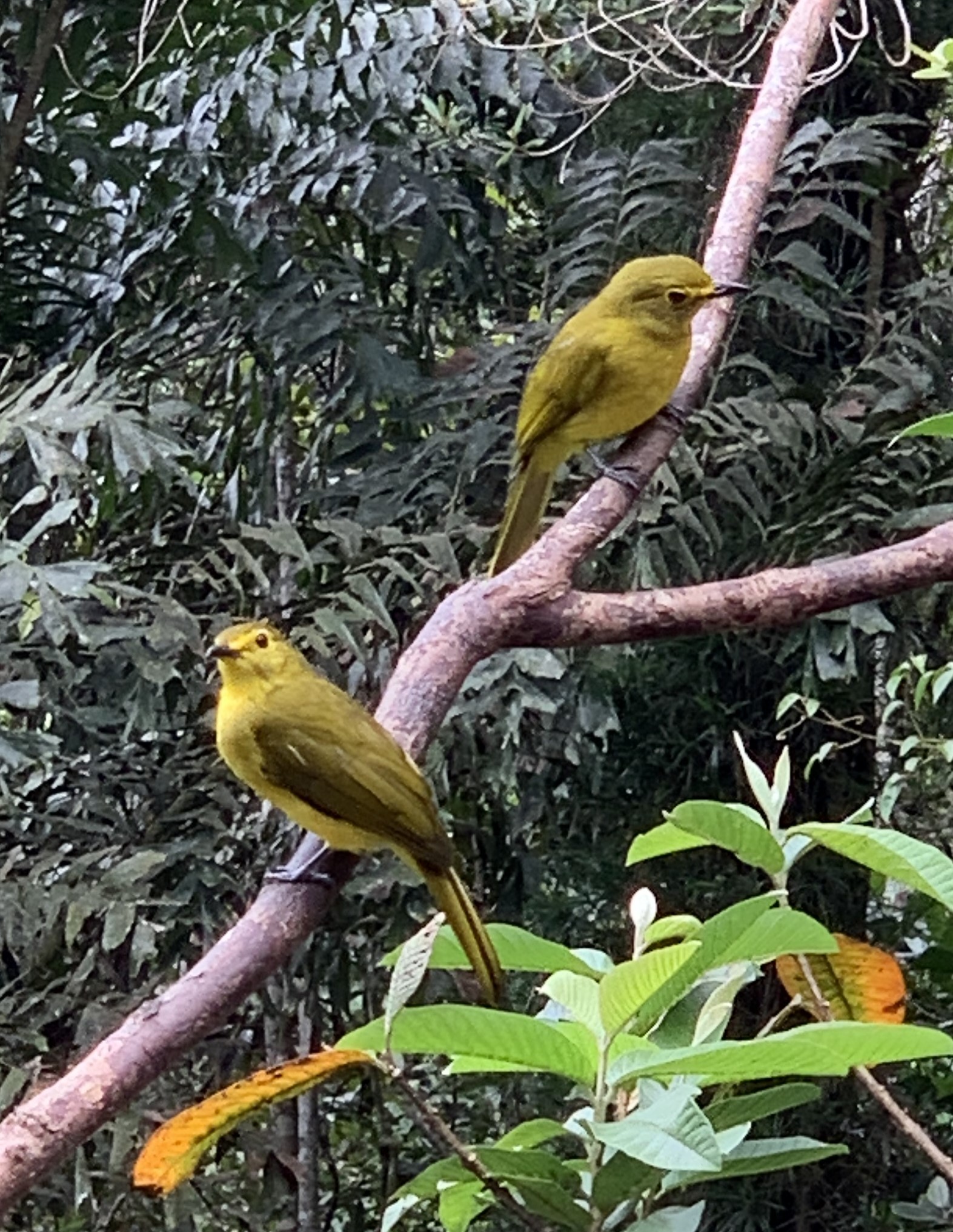
Even the creepy crawlies are charming, like this approximately 15 cm long millepede. I would not want to have to knit socks for all those feet.
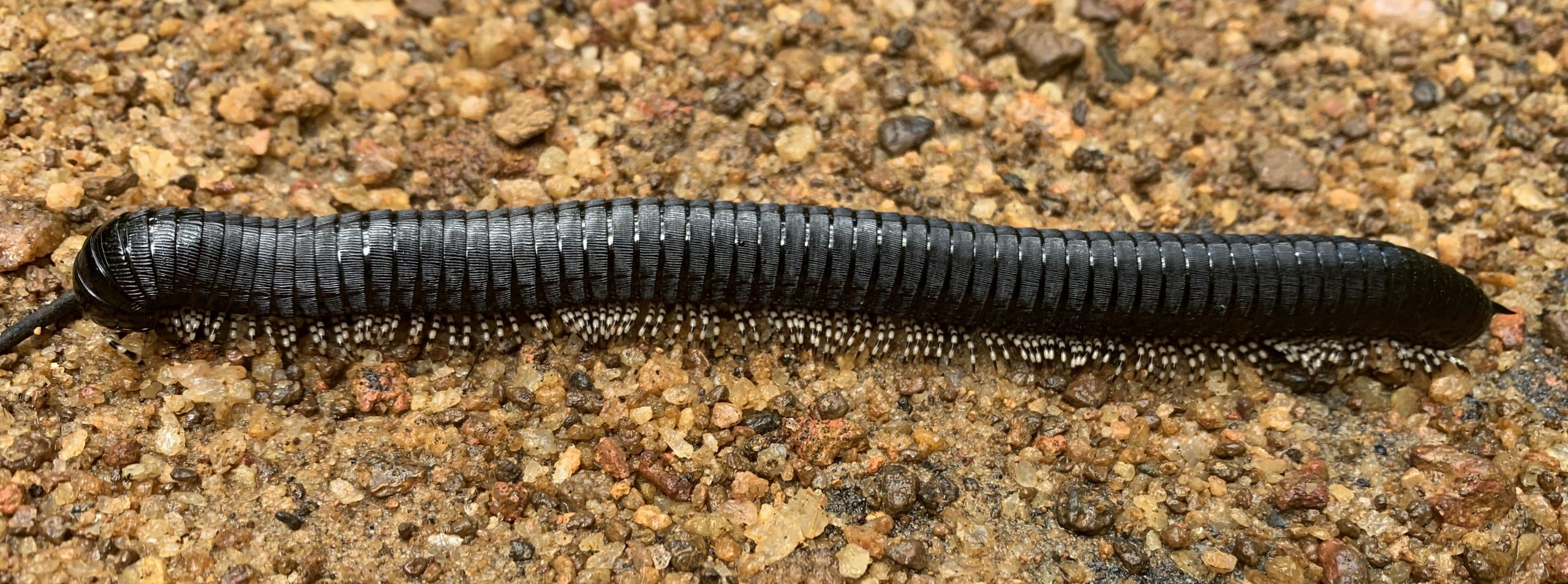
The cute little kangaroo lizard is also pretty common here in the rain forest, as are various butterflies. I manage to take one shot of a butterfly and to identify it as a glad-eye bushbrown.
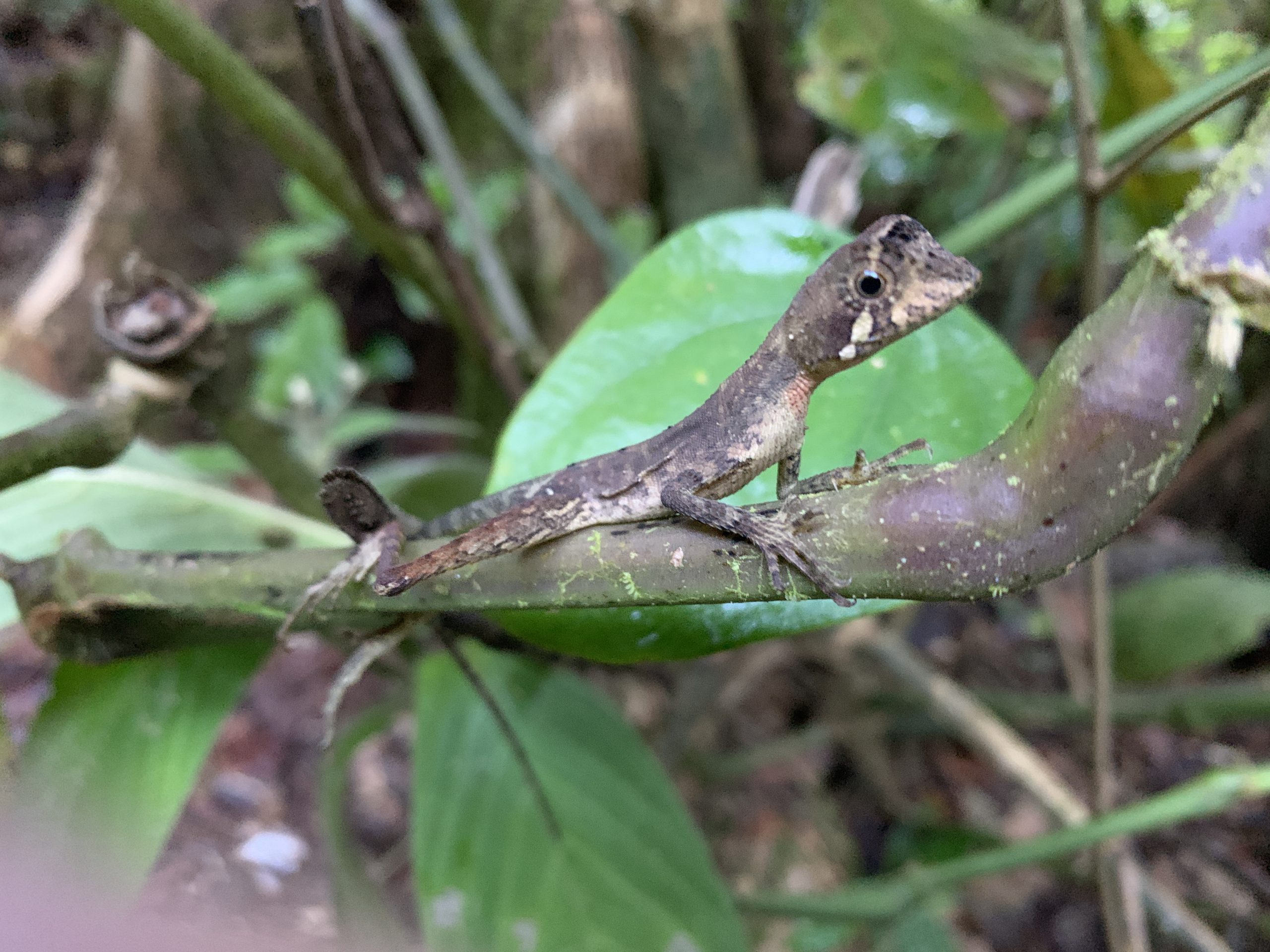
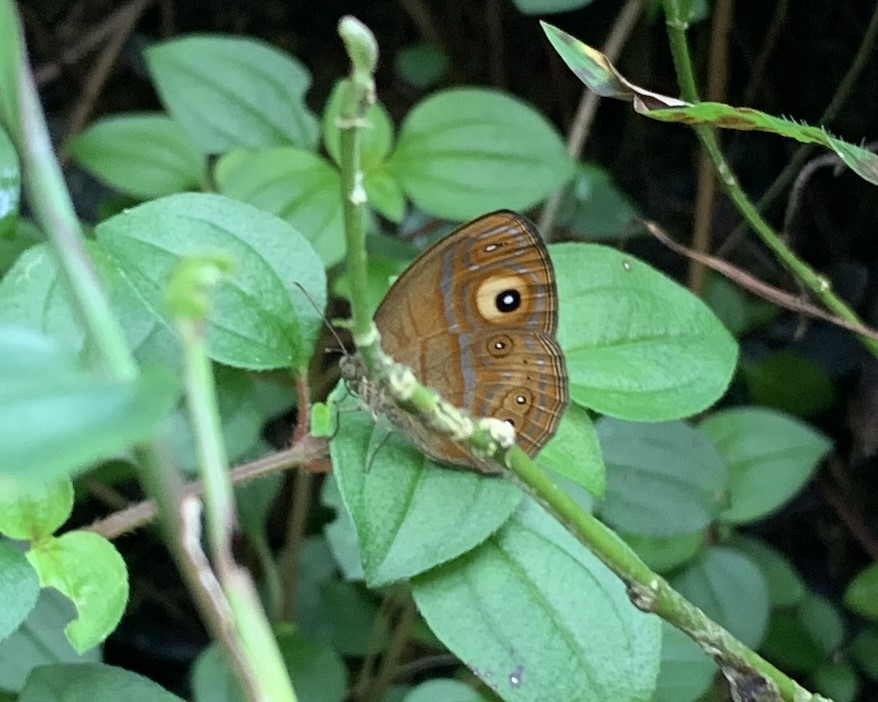
The stripy Indian palm squirrel looks very much like a North American chipmunk of Chip ‘n’ Dale fame. They seem to be all over the place, in both natural areas and towns. Typical squirrel!
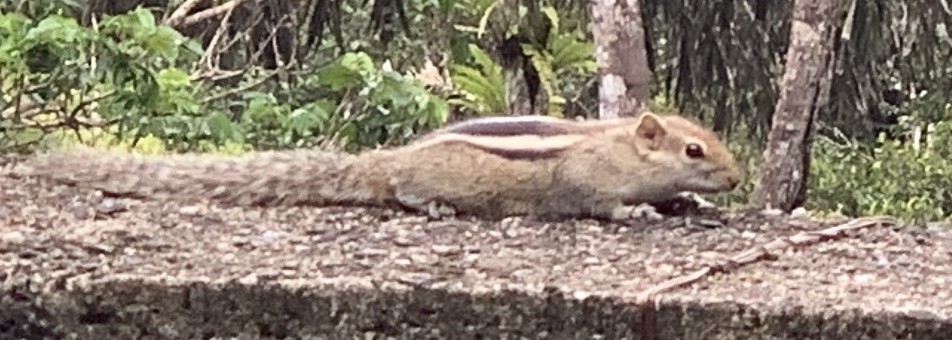
From top to bottom, there are lovely patterns to be found everywhere in the rain forest.
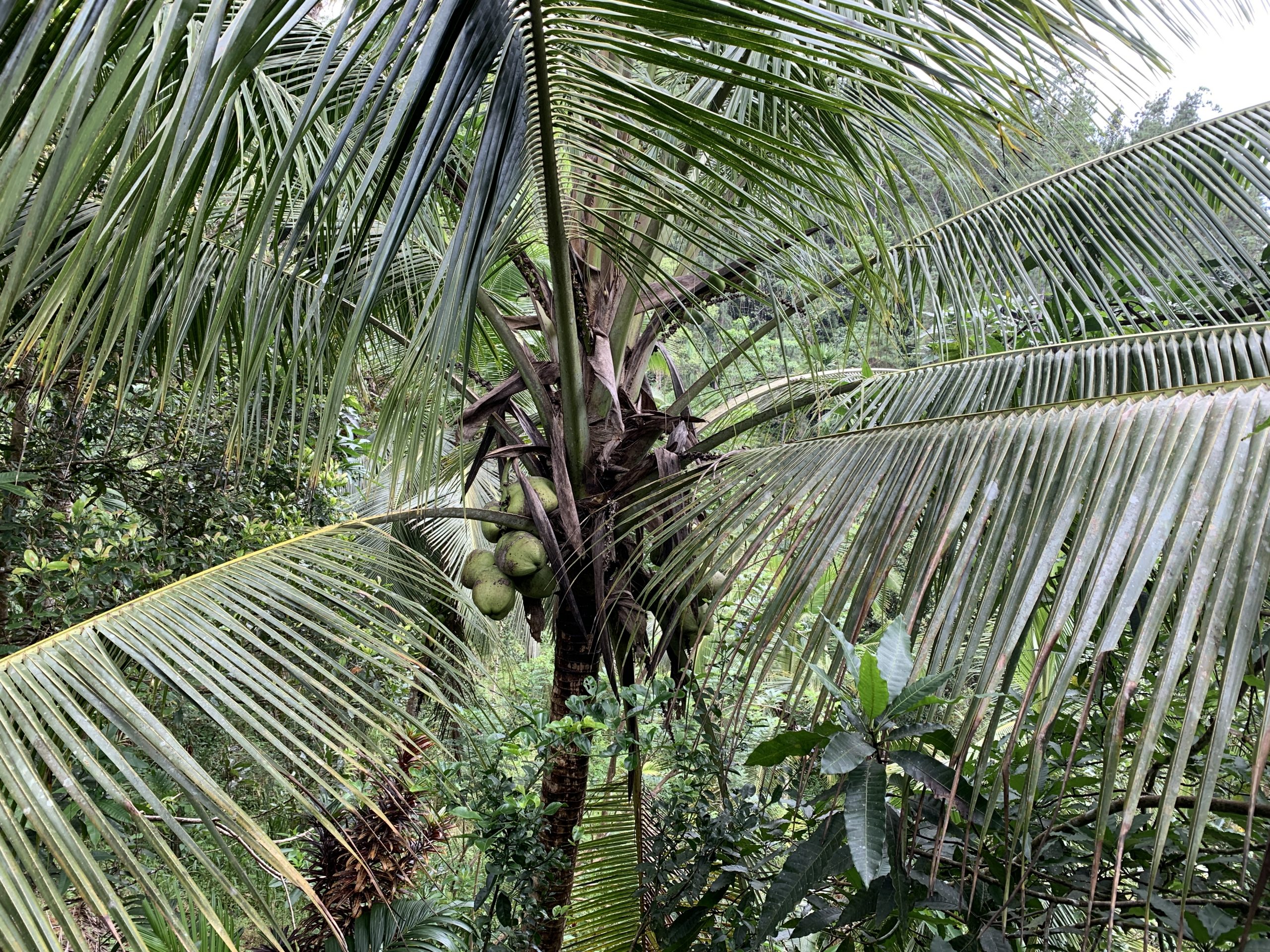
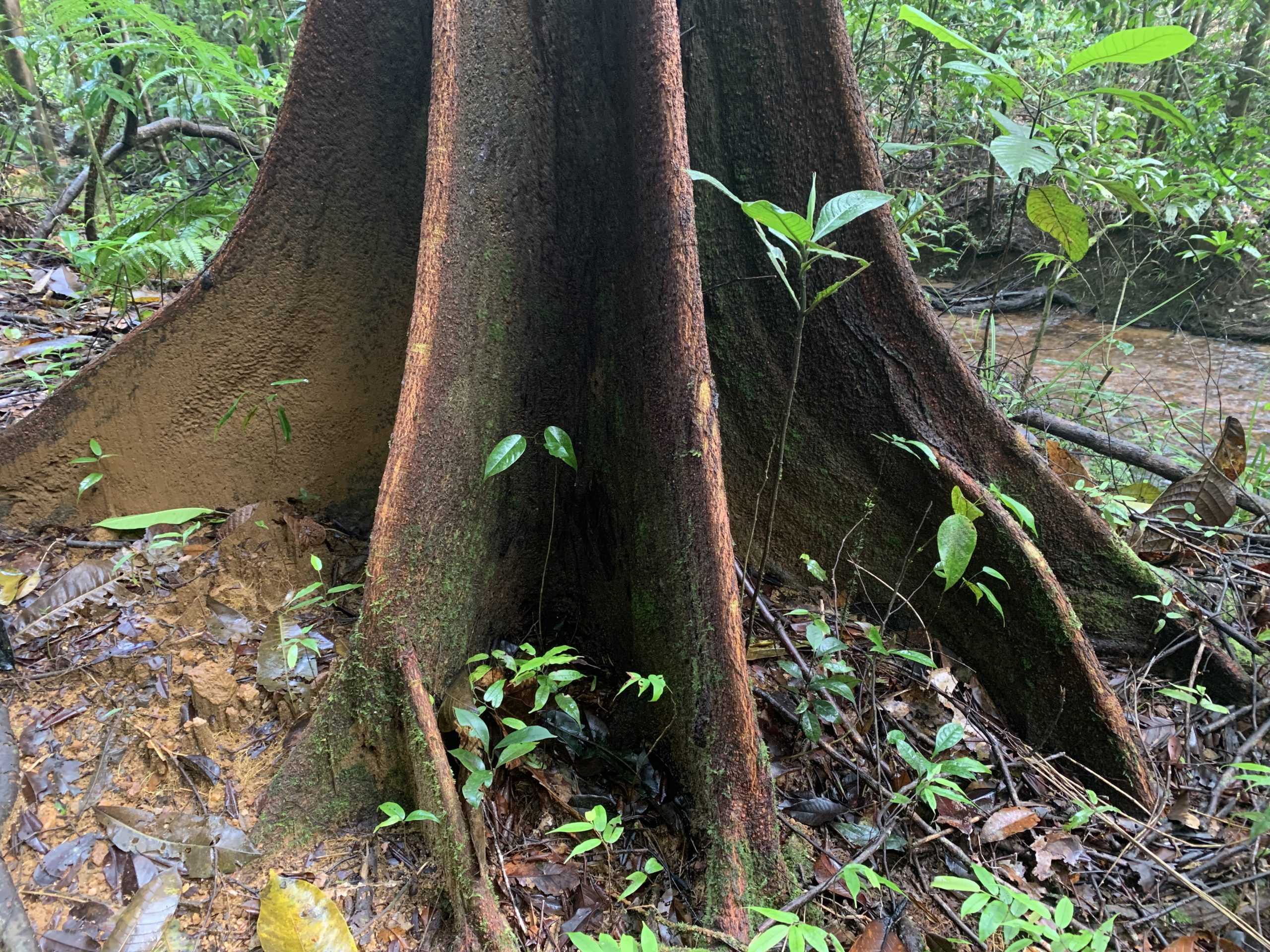
All this wonderful biodiversity includes a multitude of leeches, so once again we have donned our leprechaun-coloured leech socks. Despite the protective green socks, I discover later that I have been host to a blood-sucker just above my belly button. How it managed to crawl all the way up there and find its way to my tender stomach skin I do not know, but the waist of my hiking pants is disgustingly bloody. Yuck!

